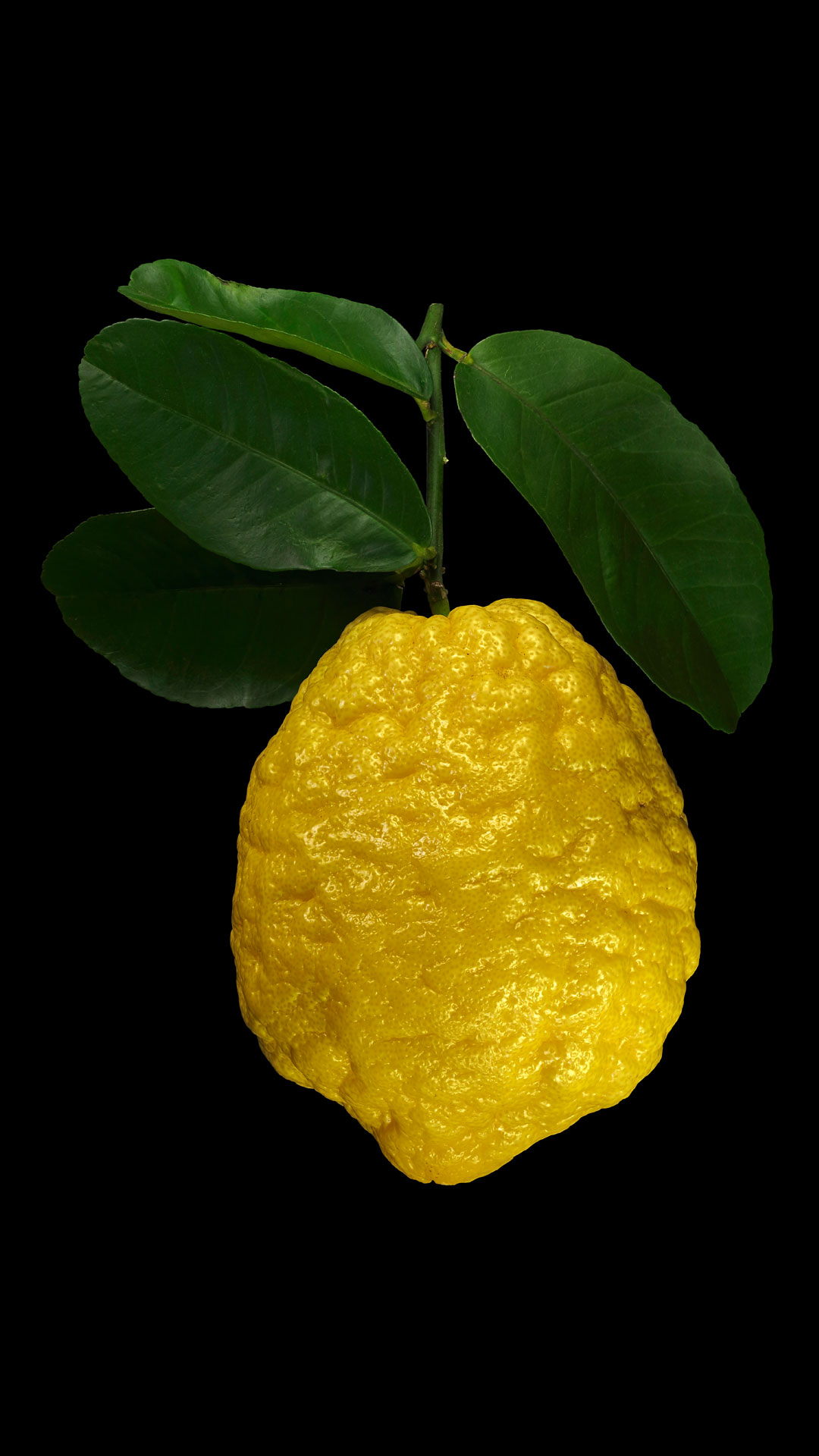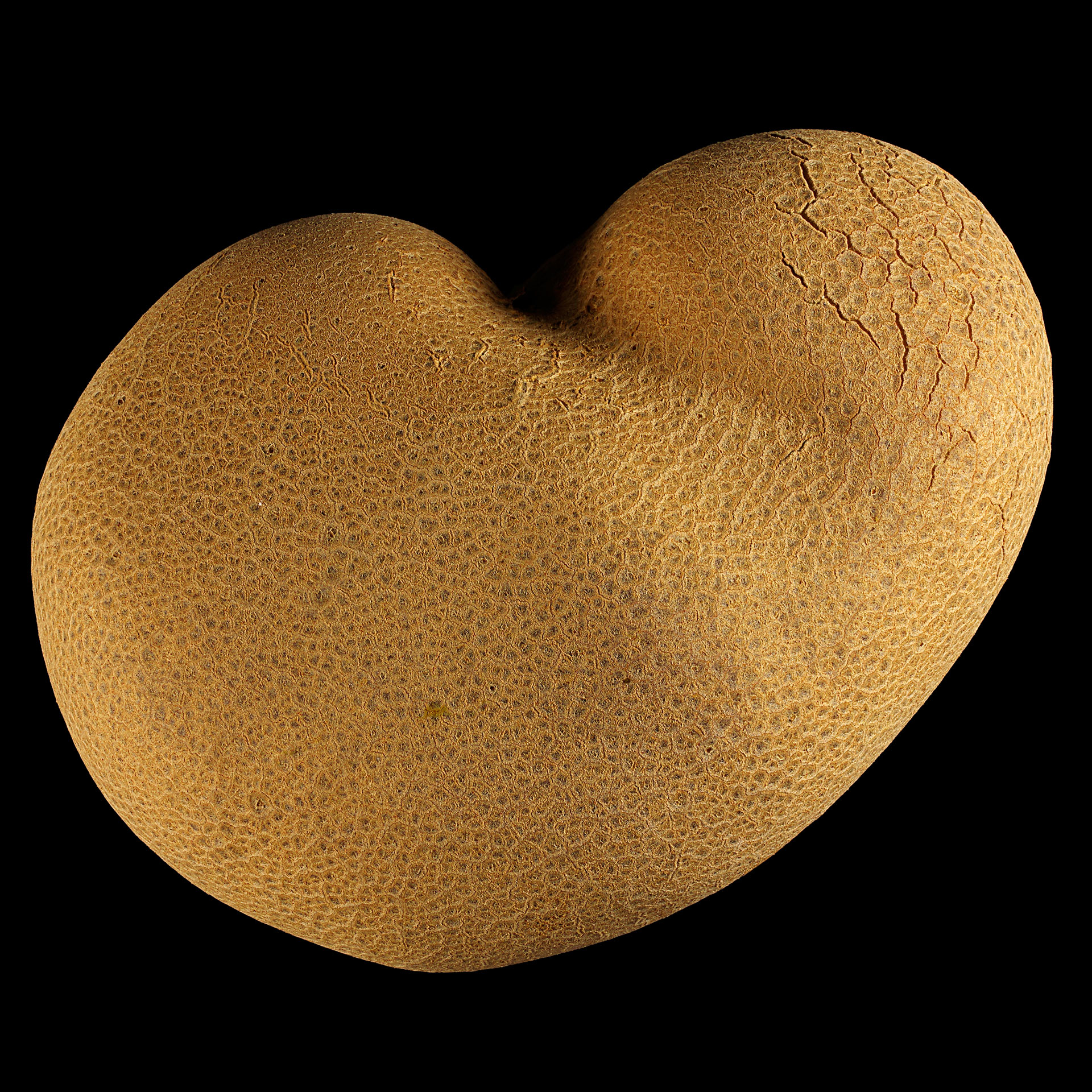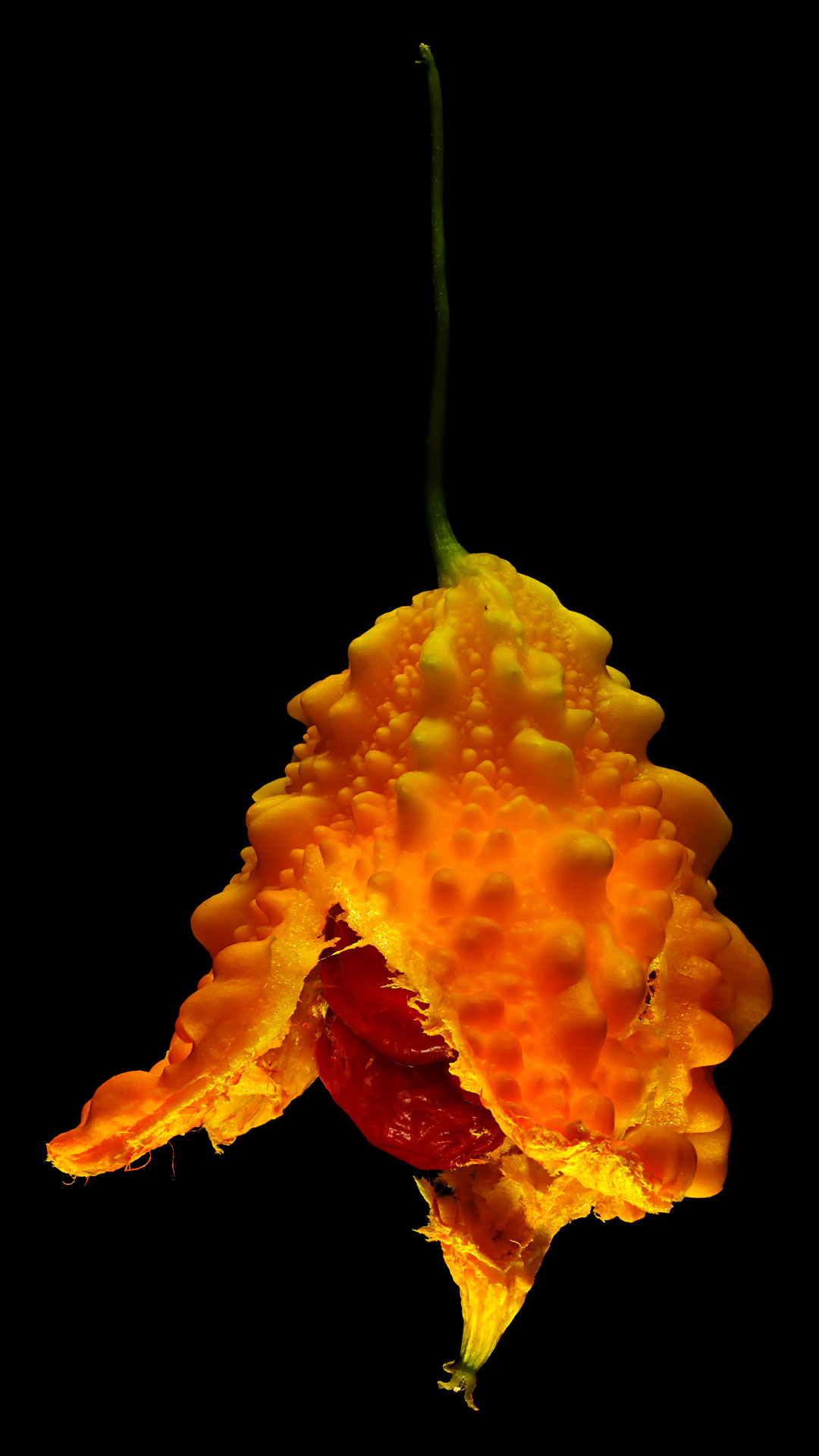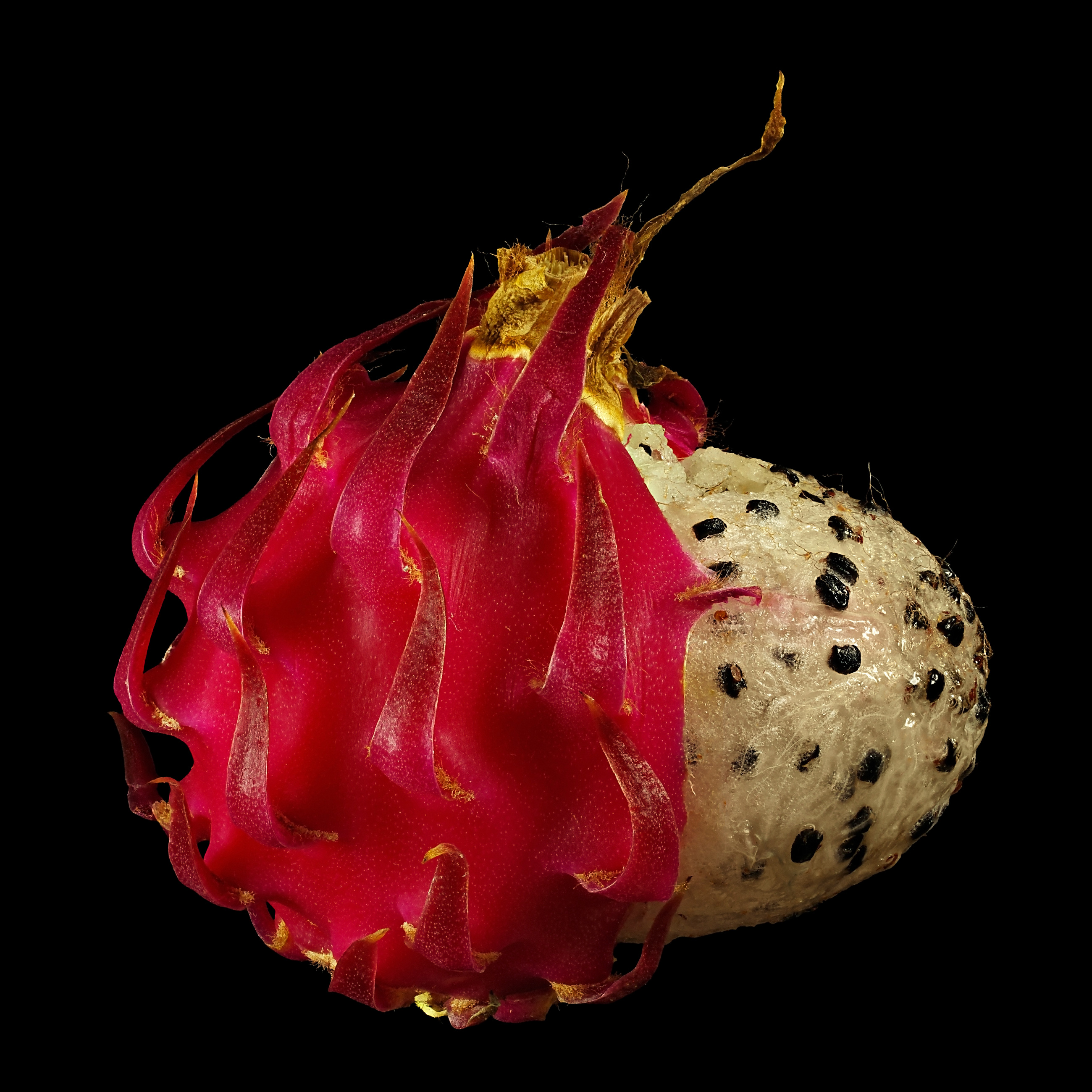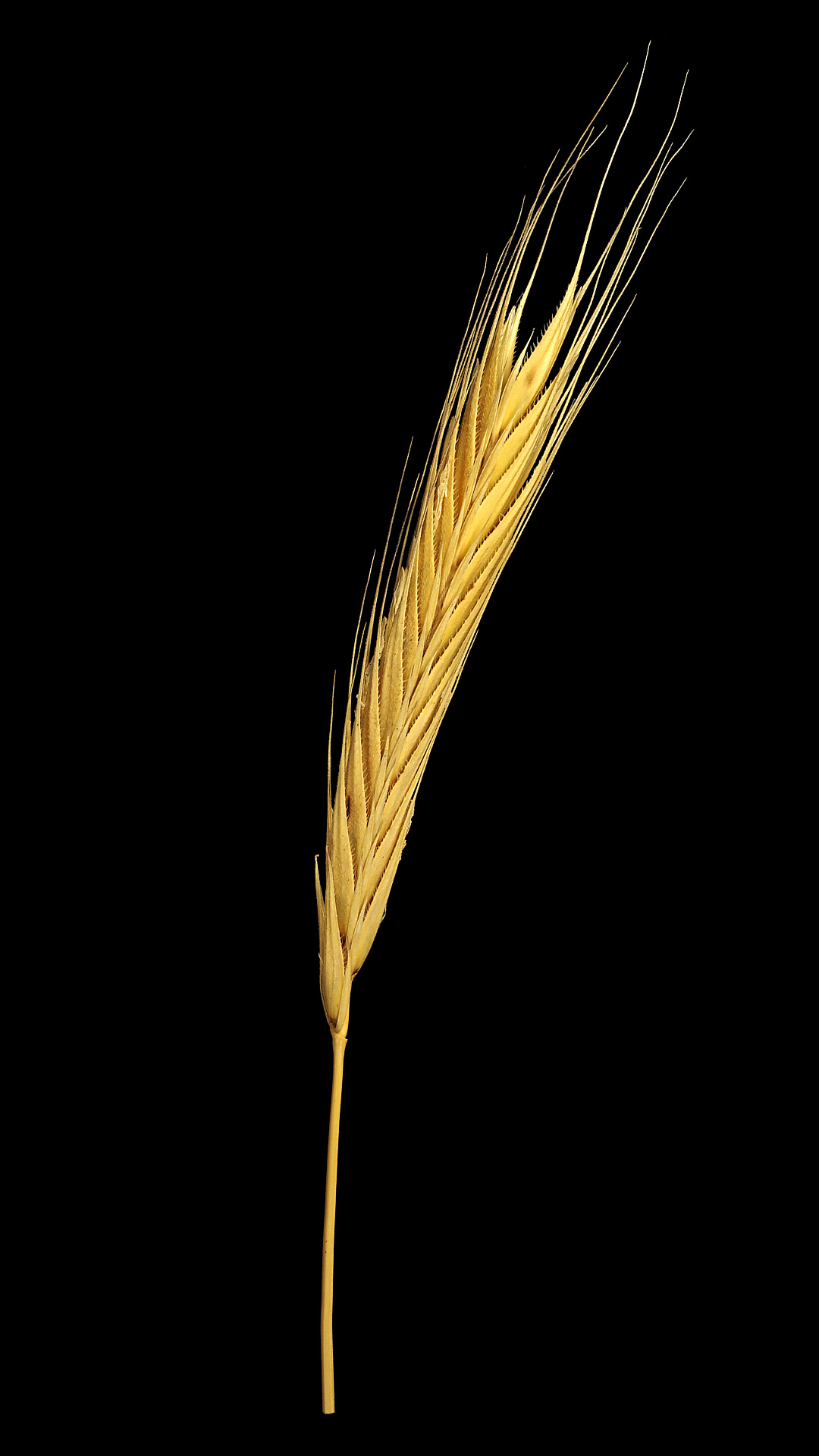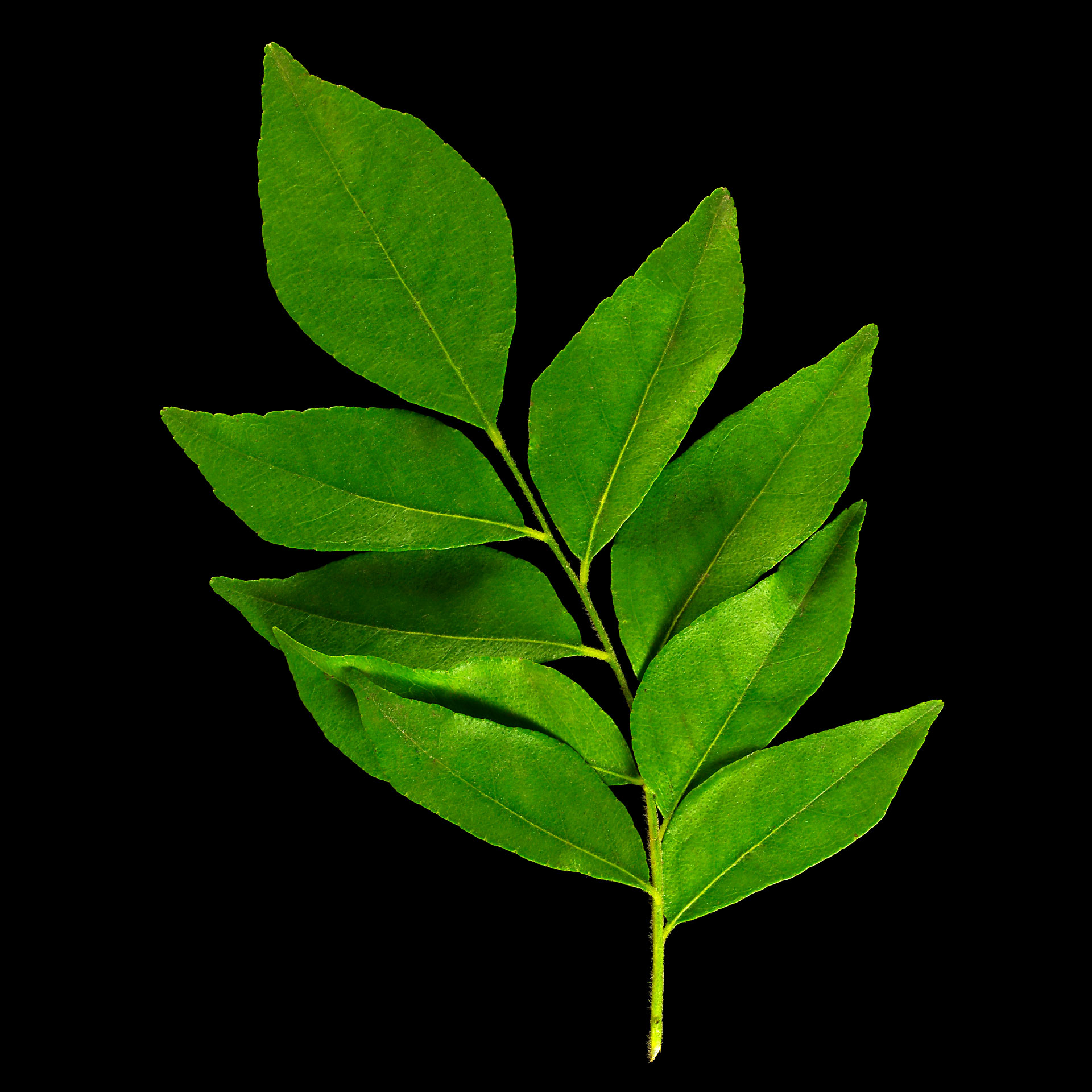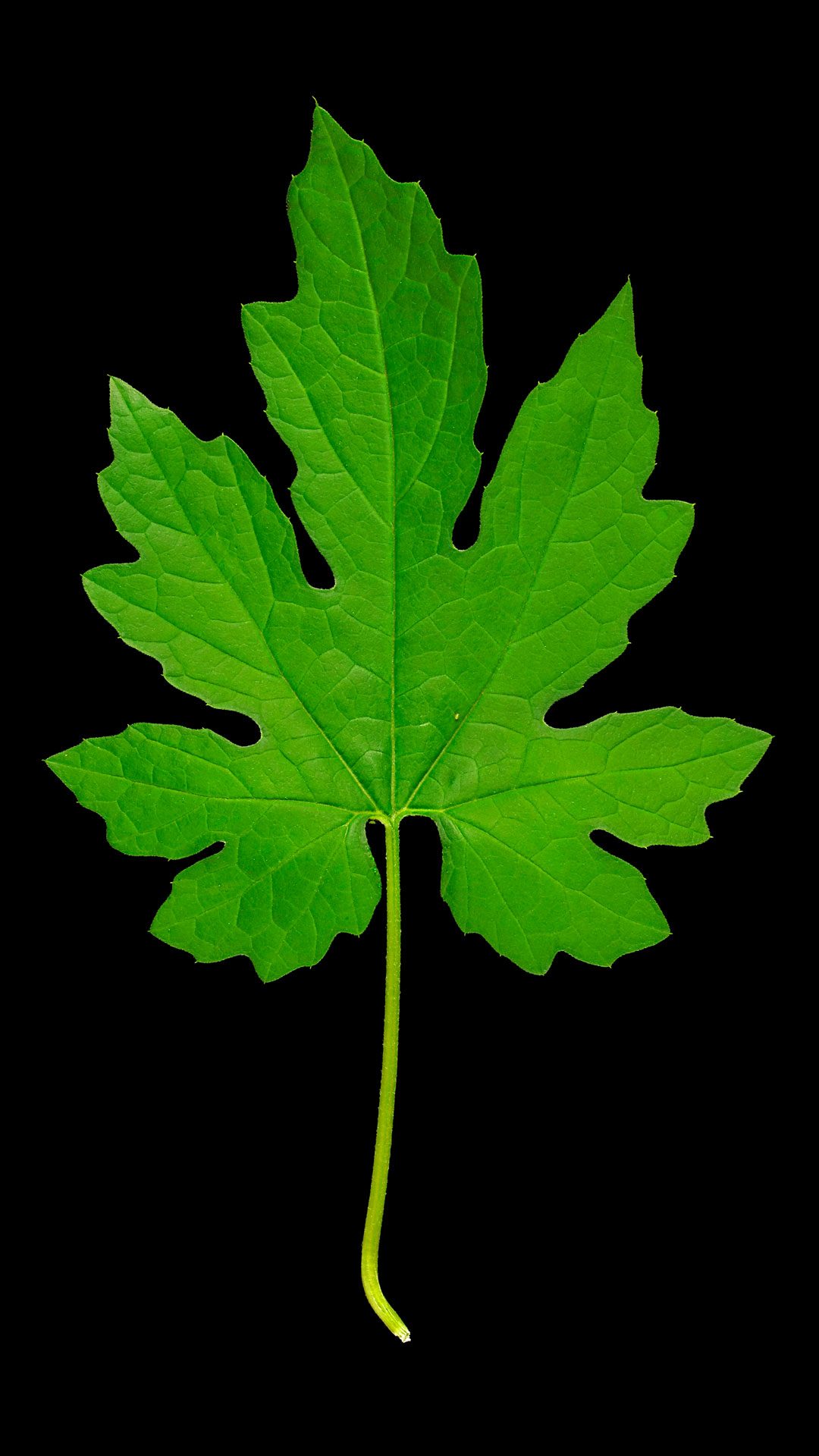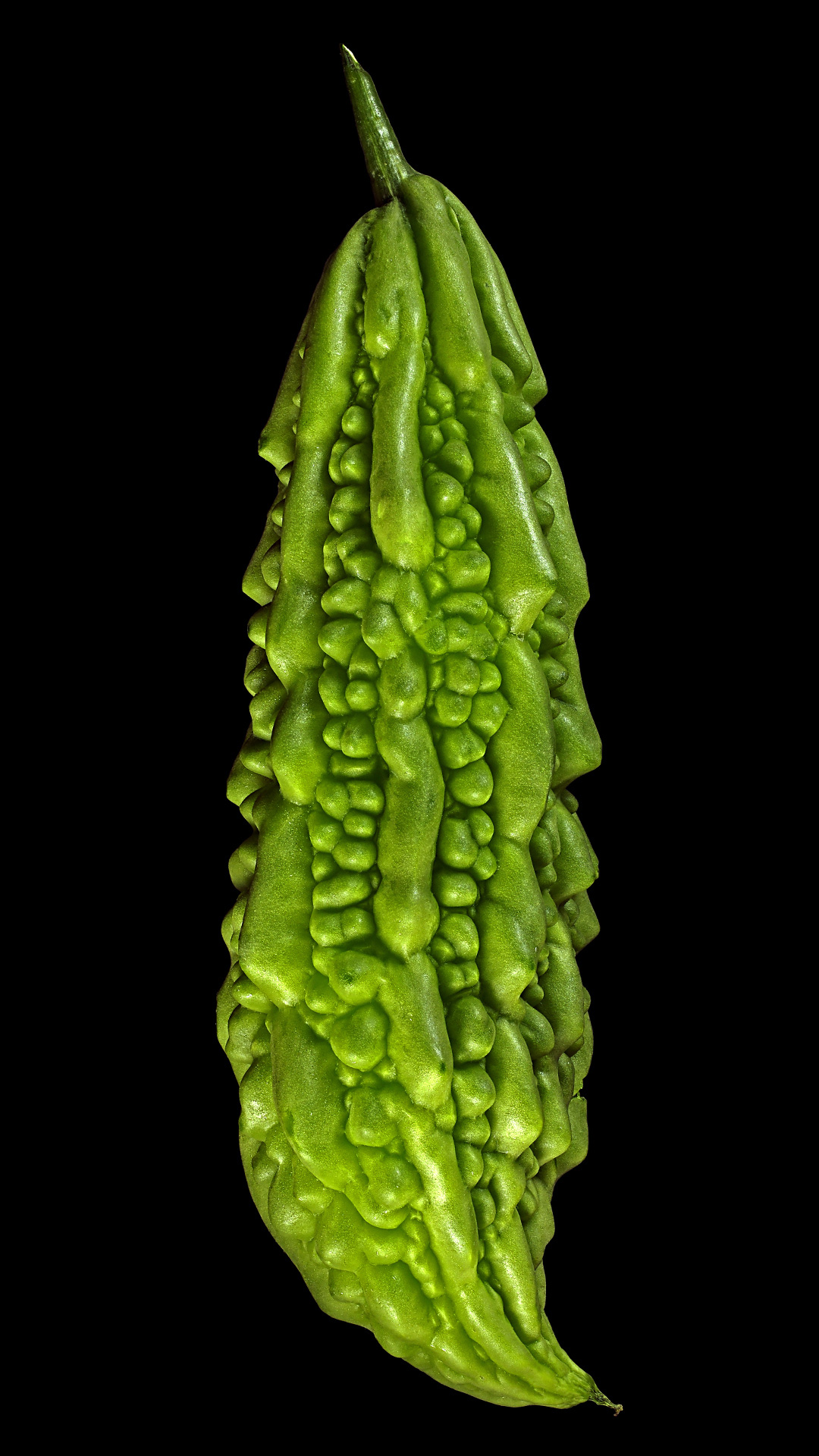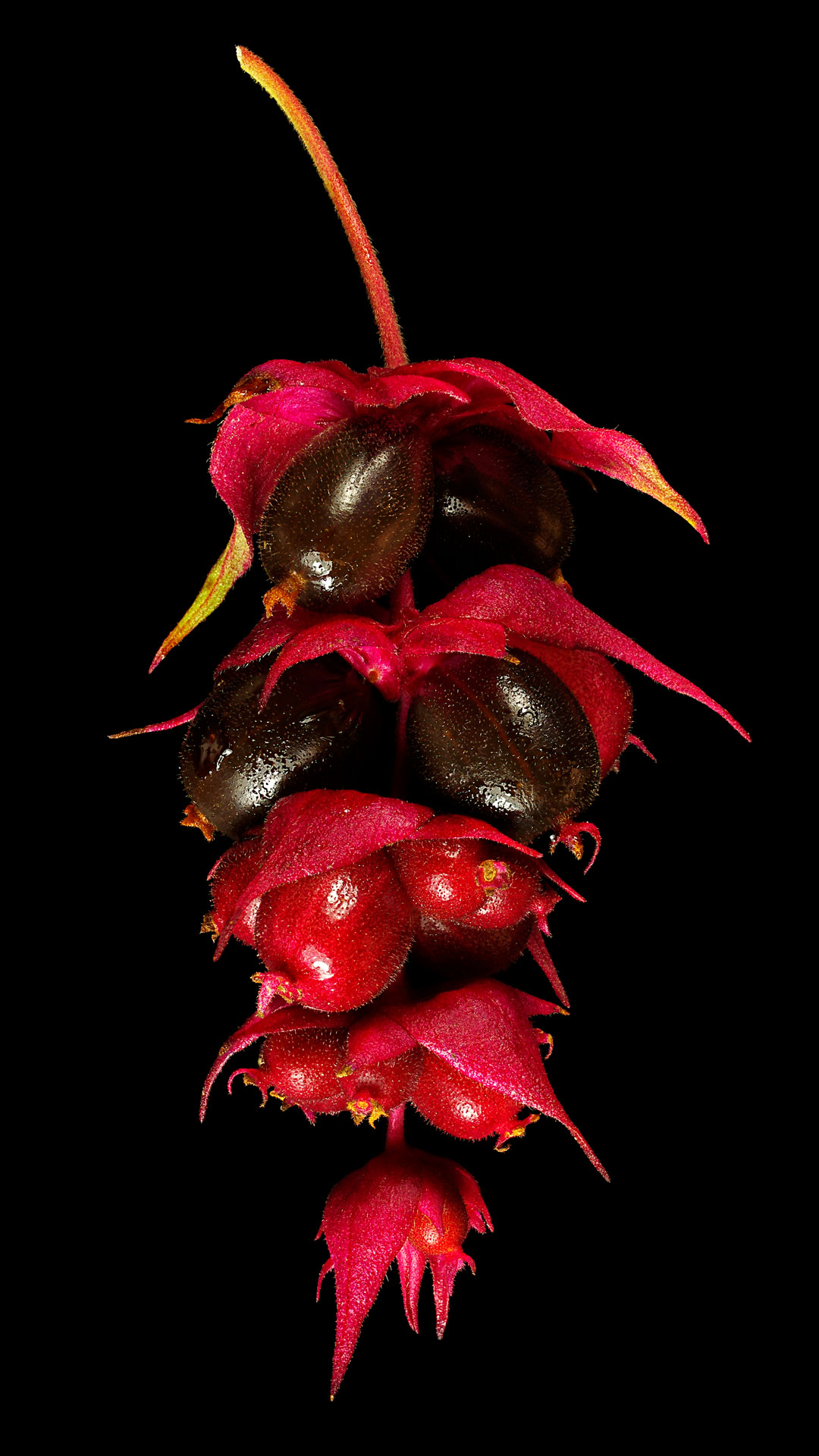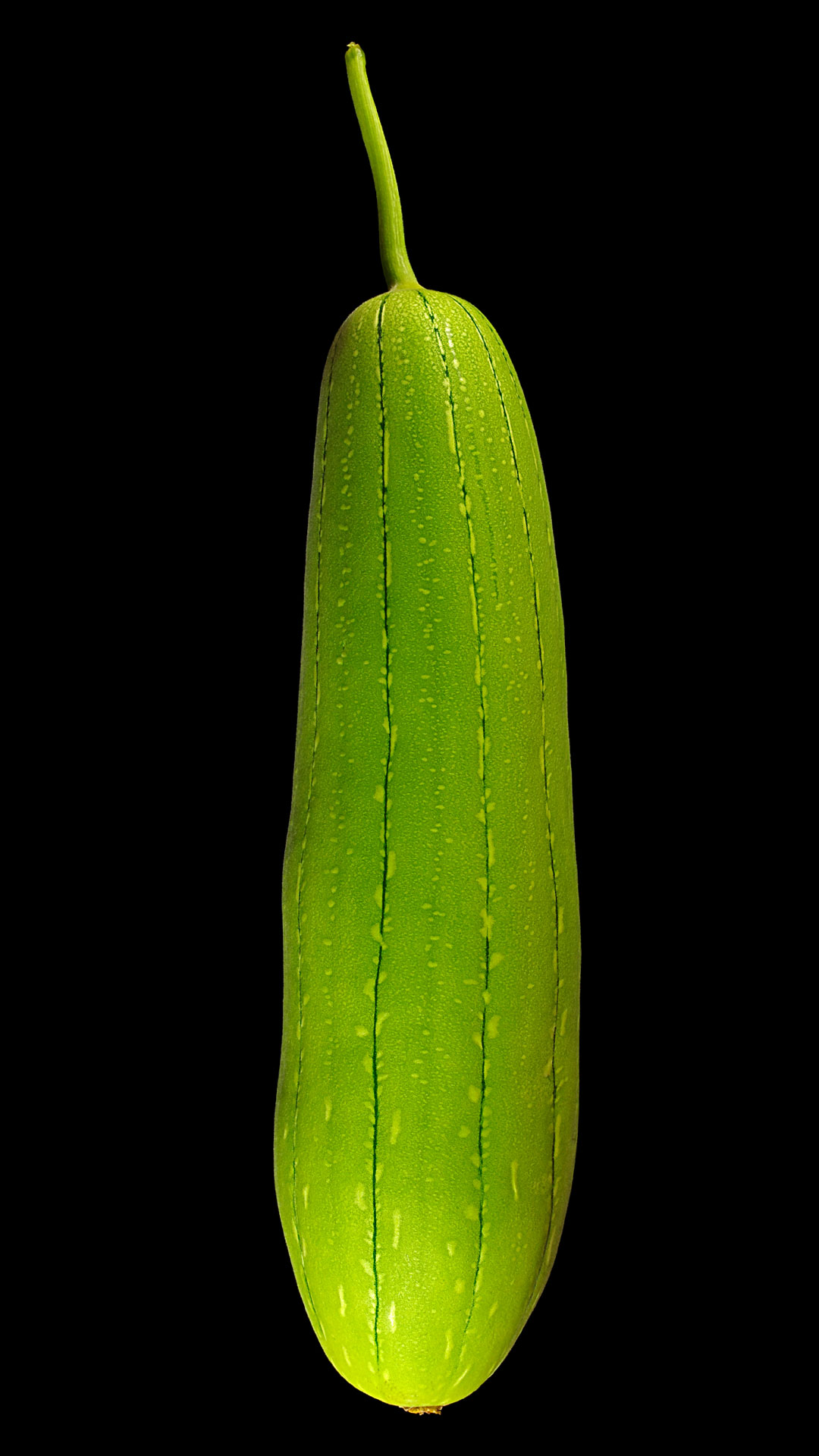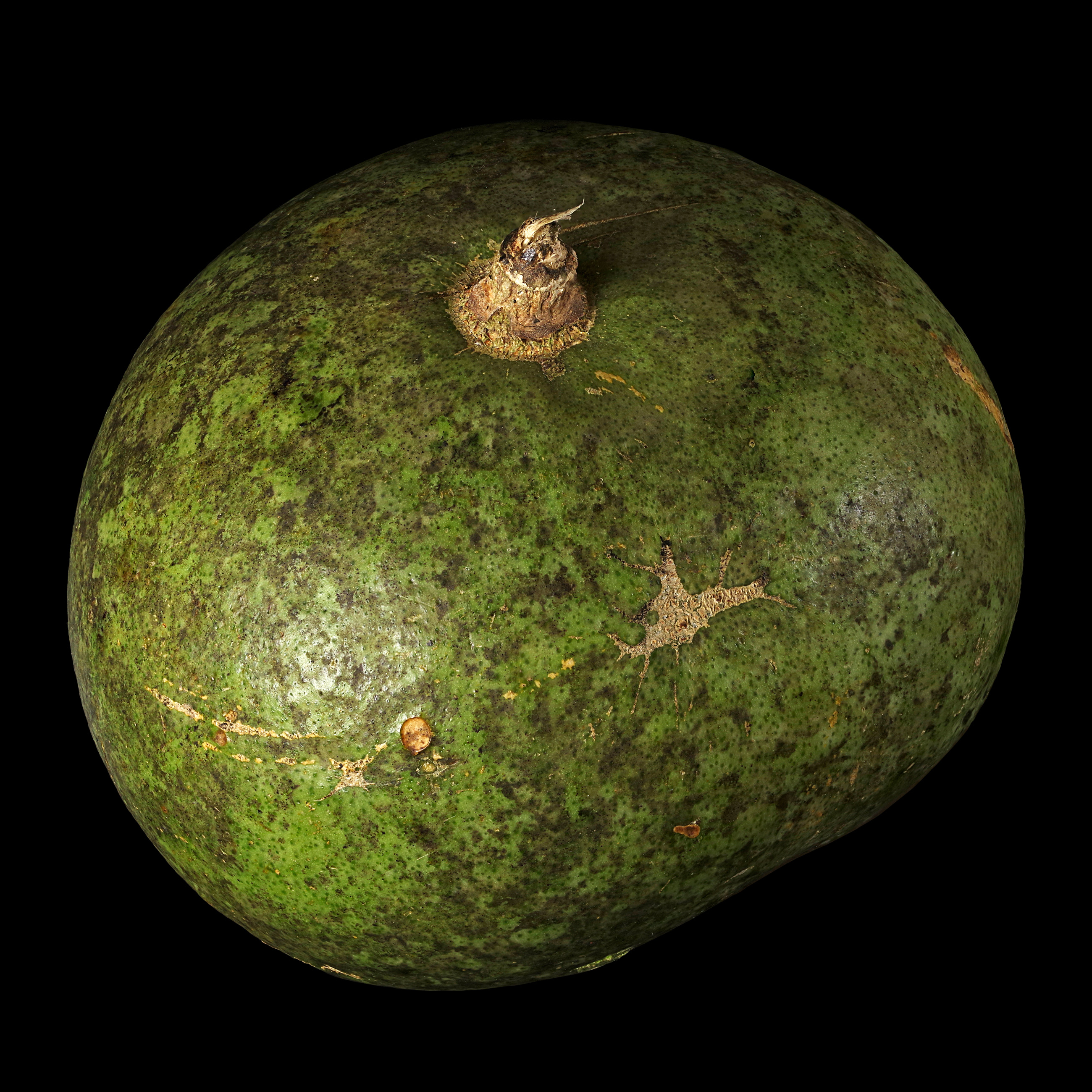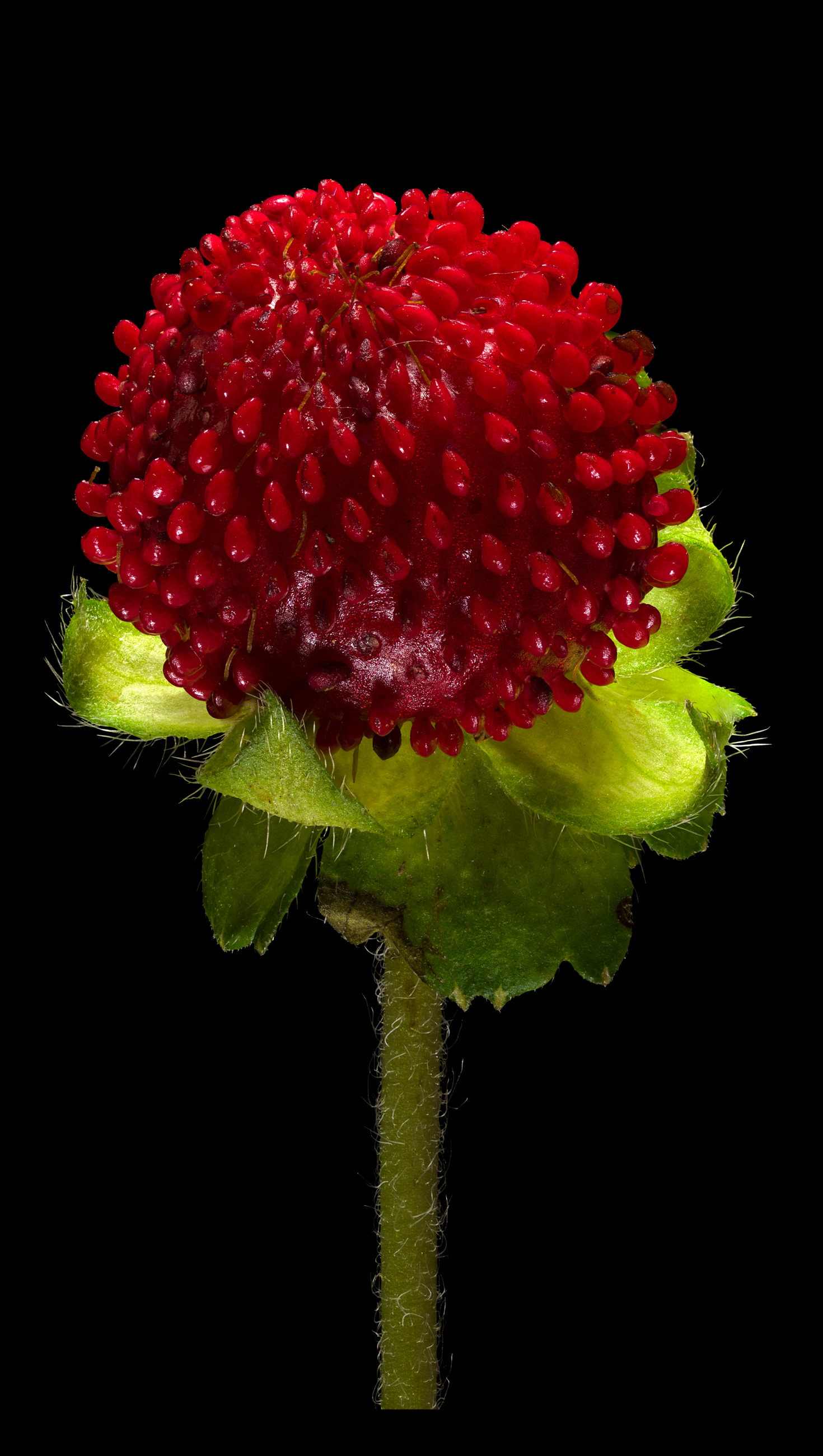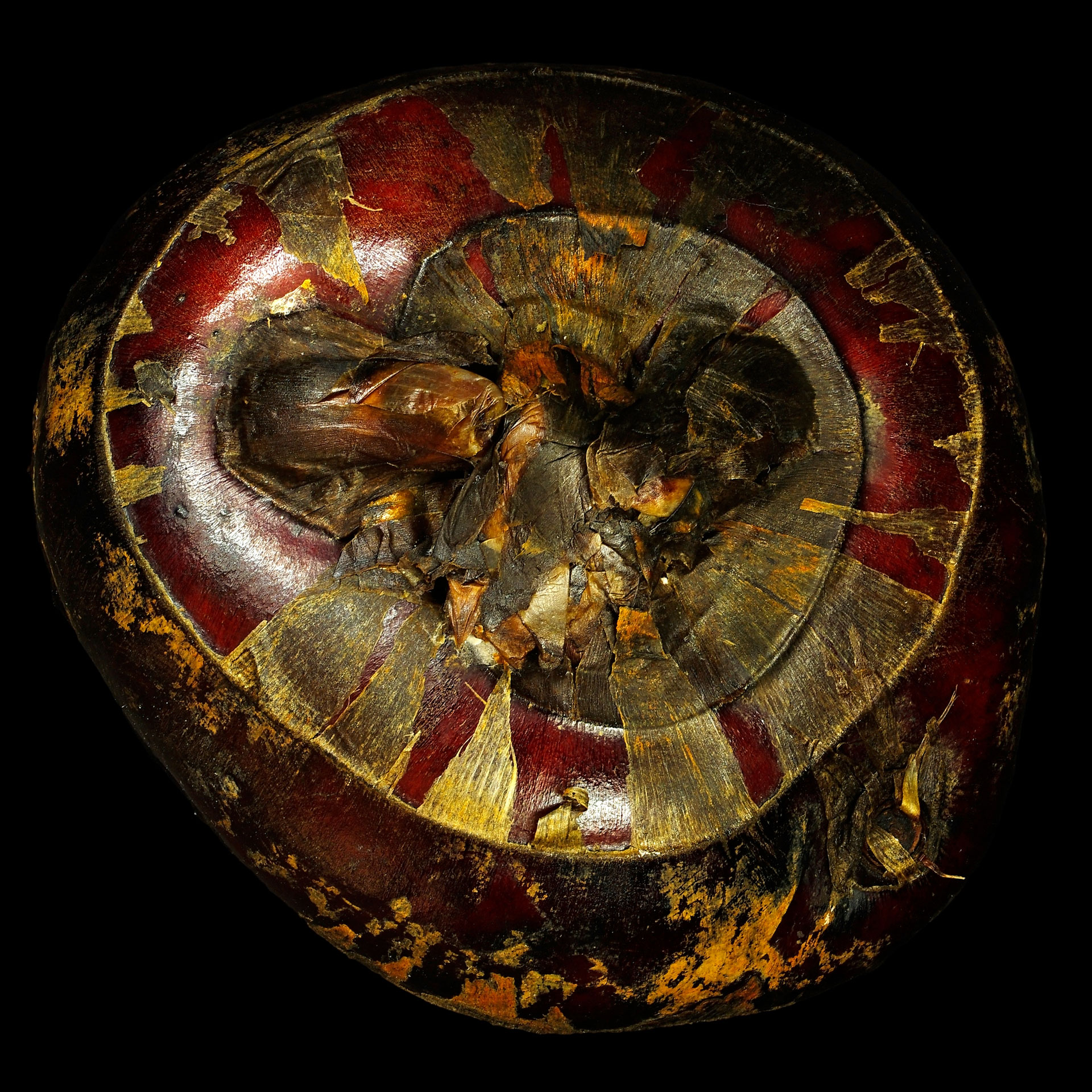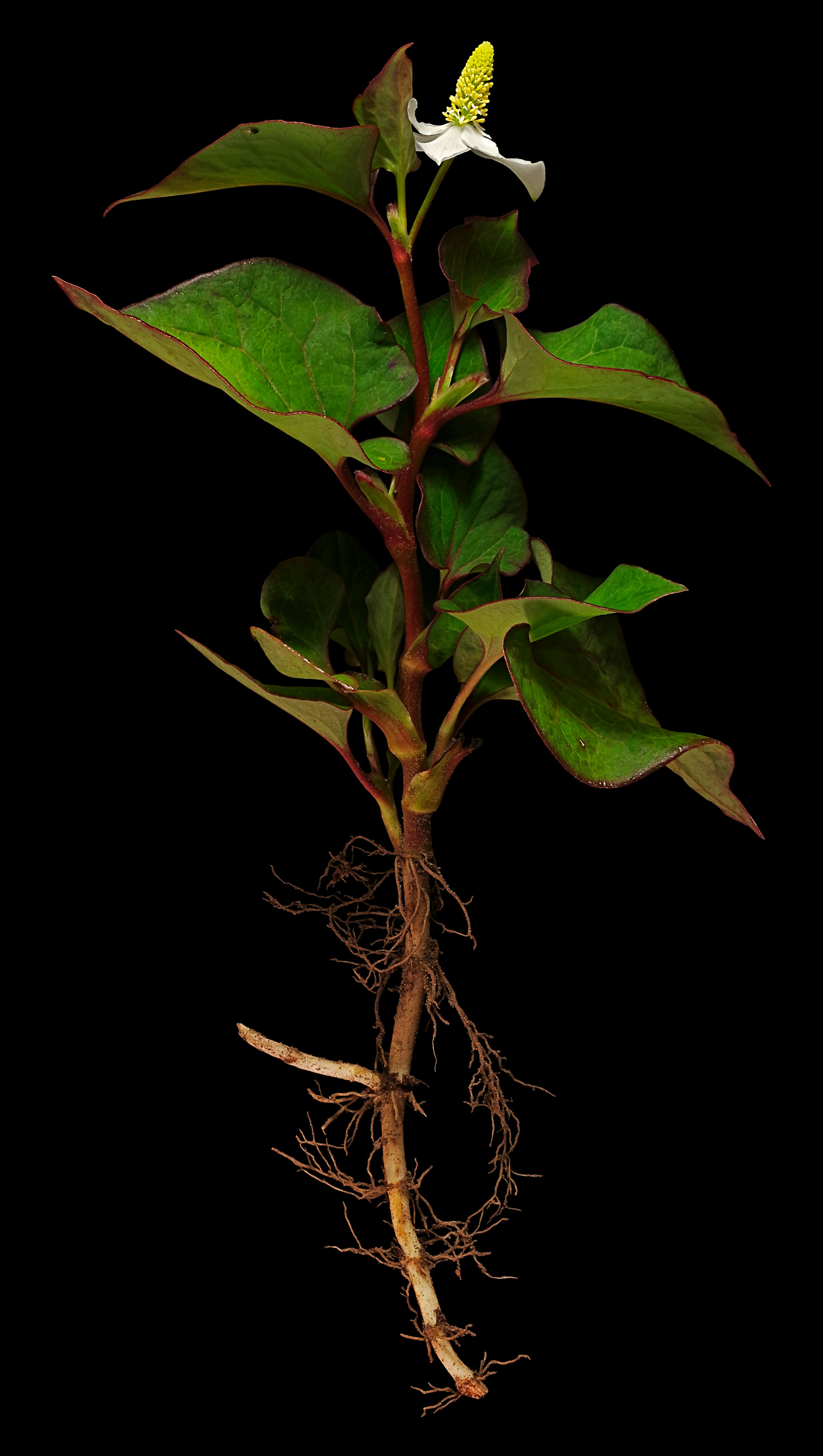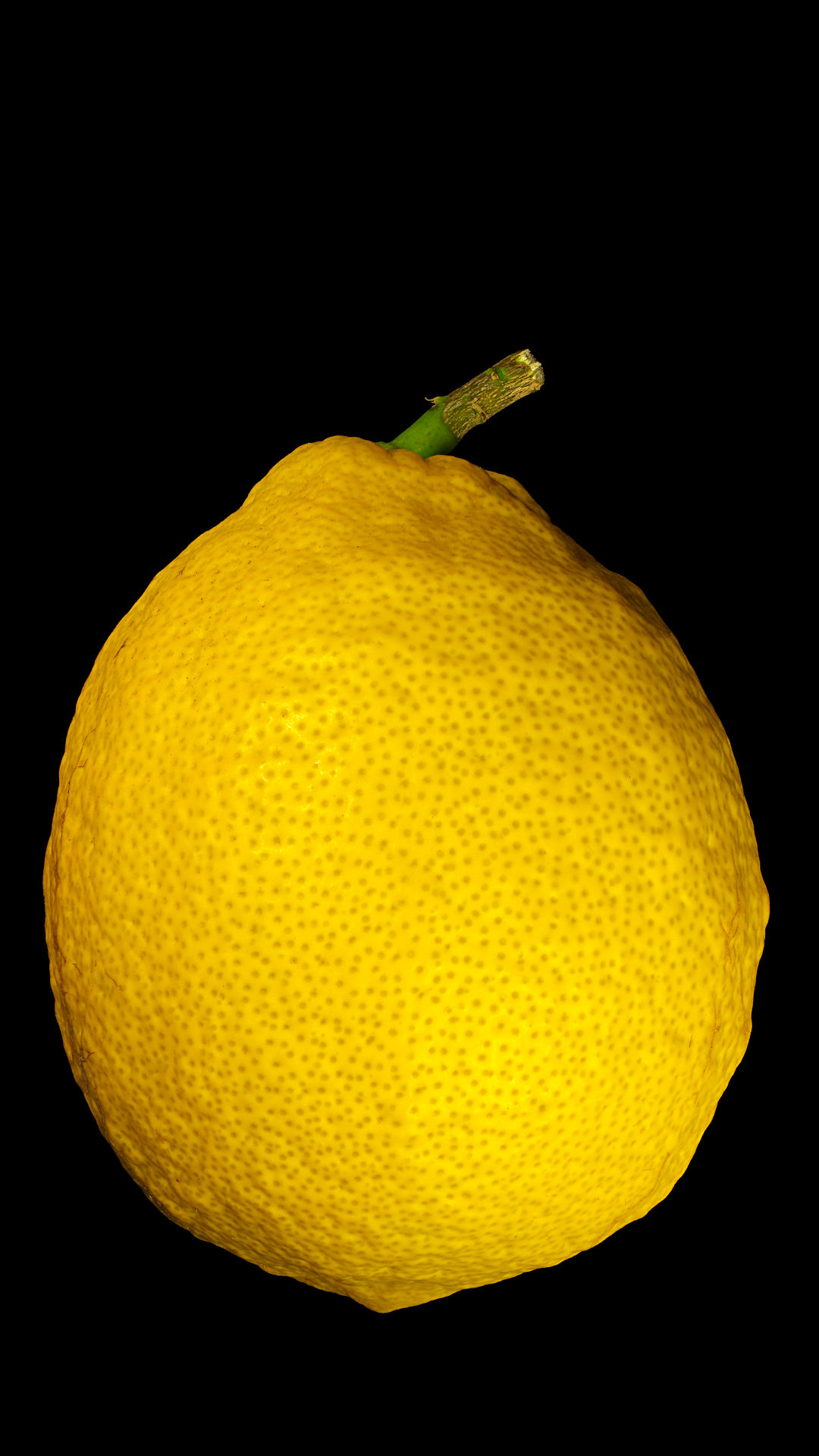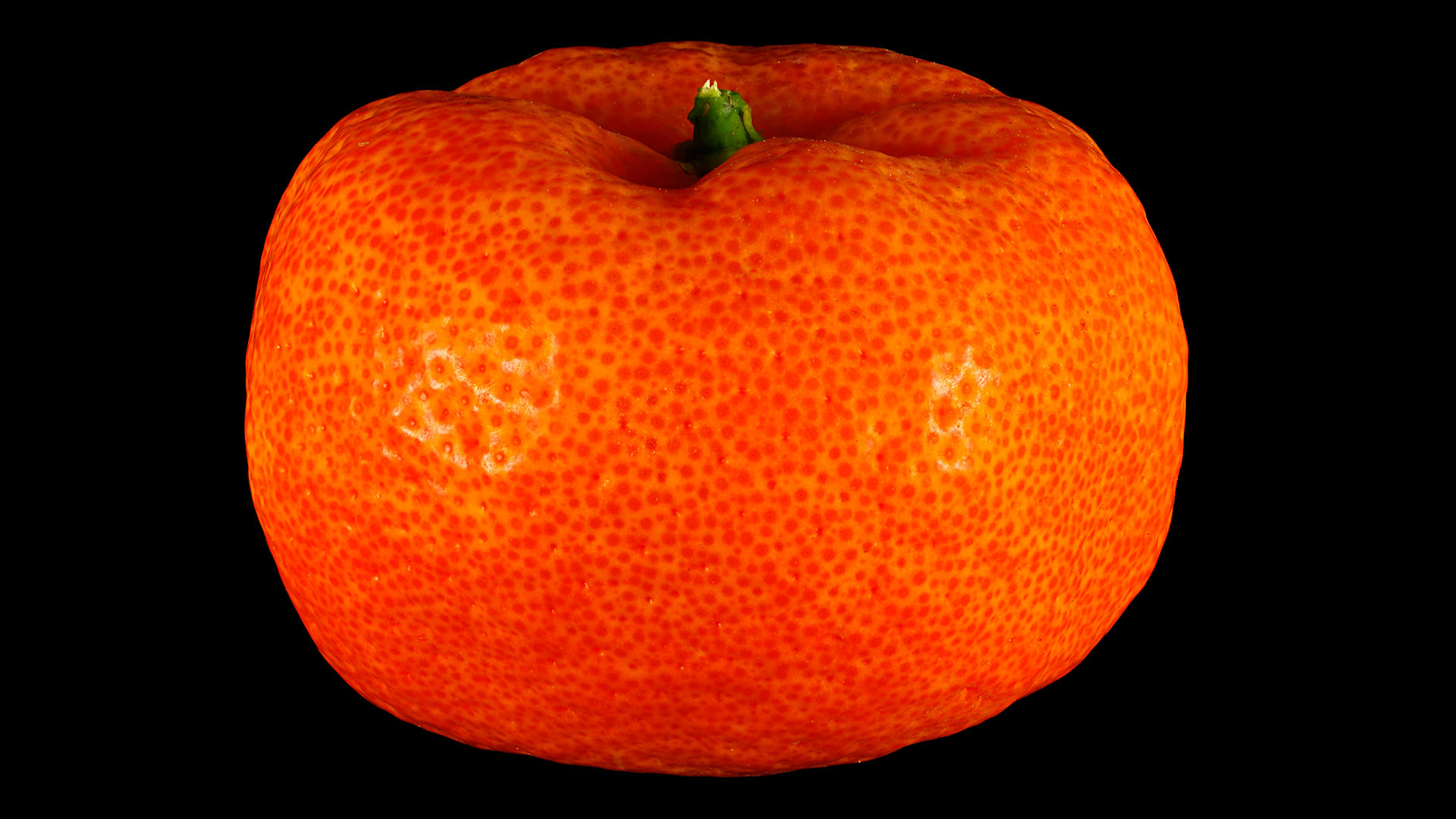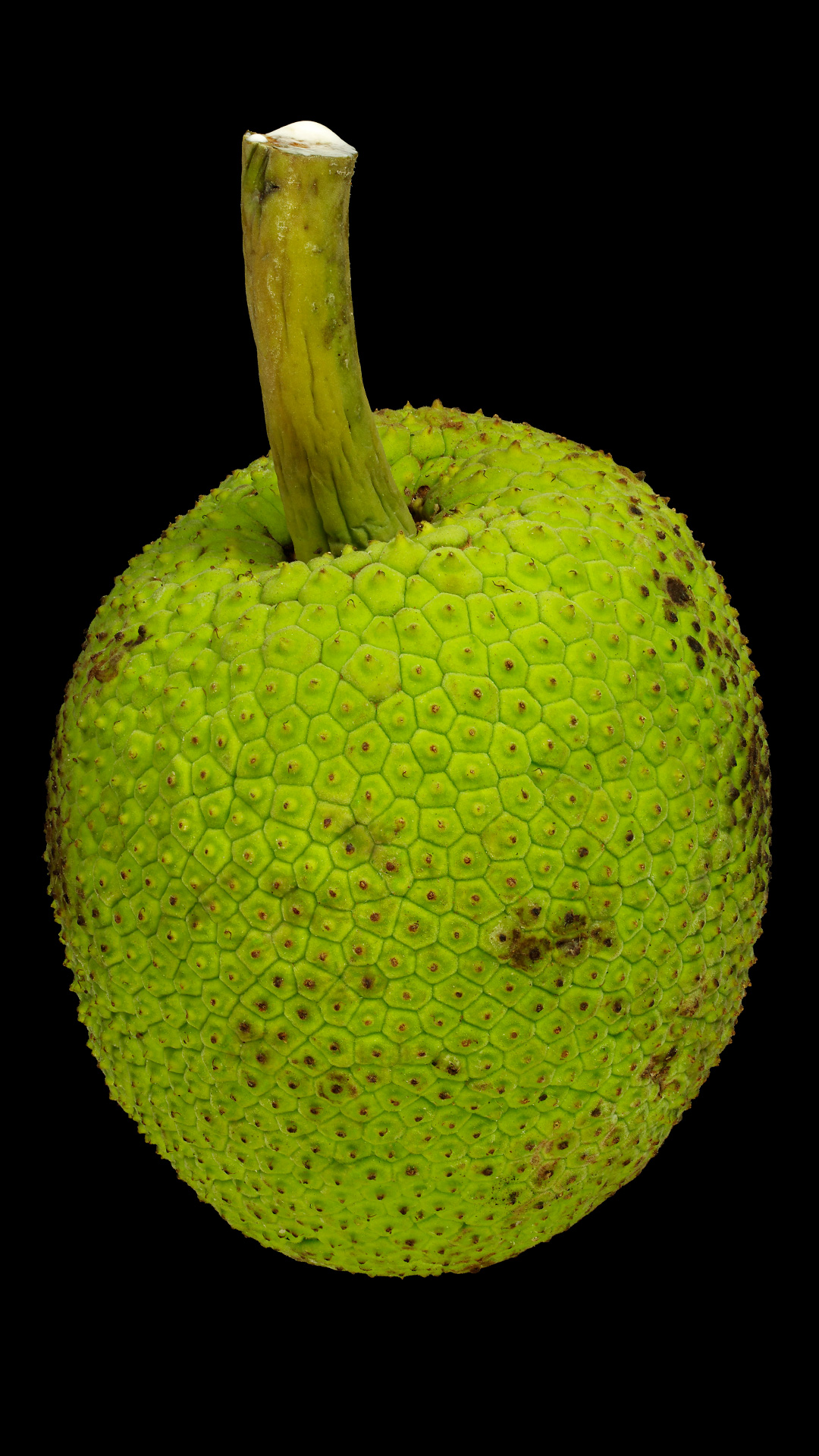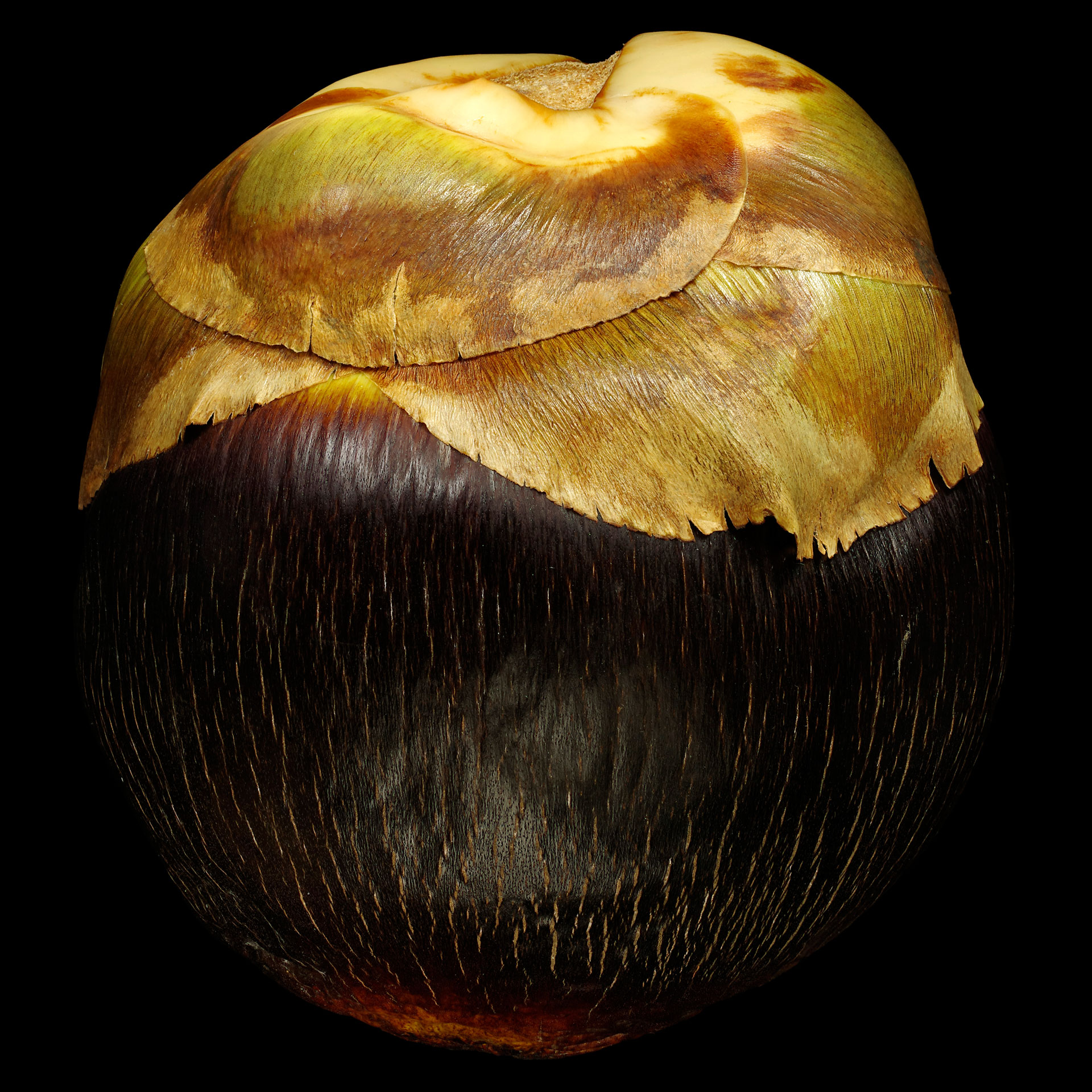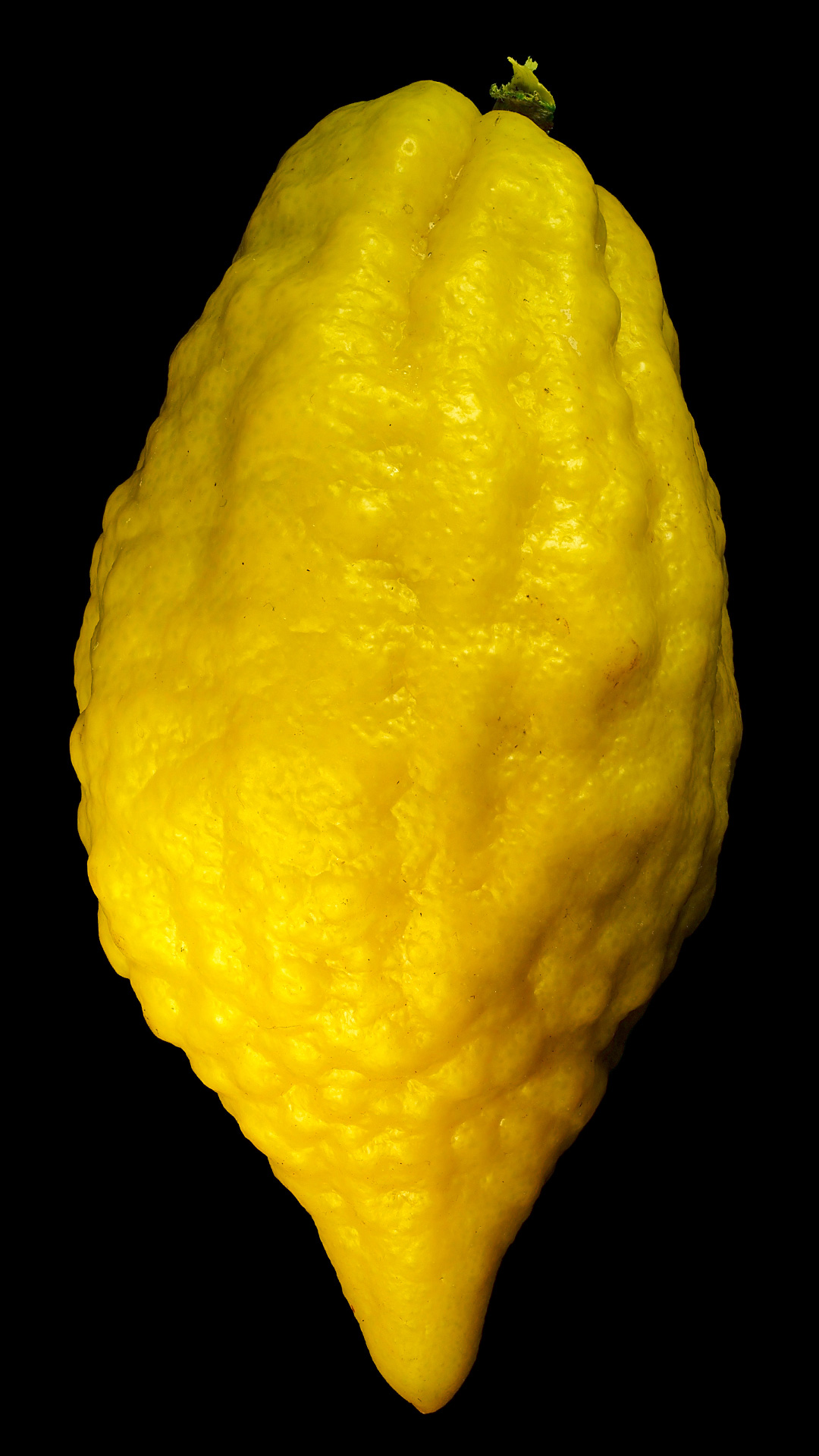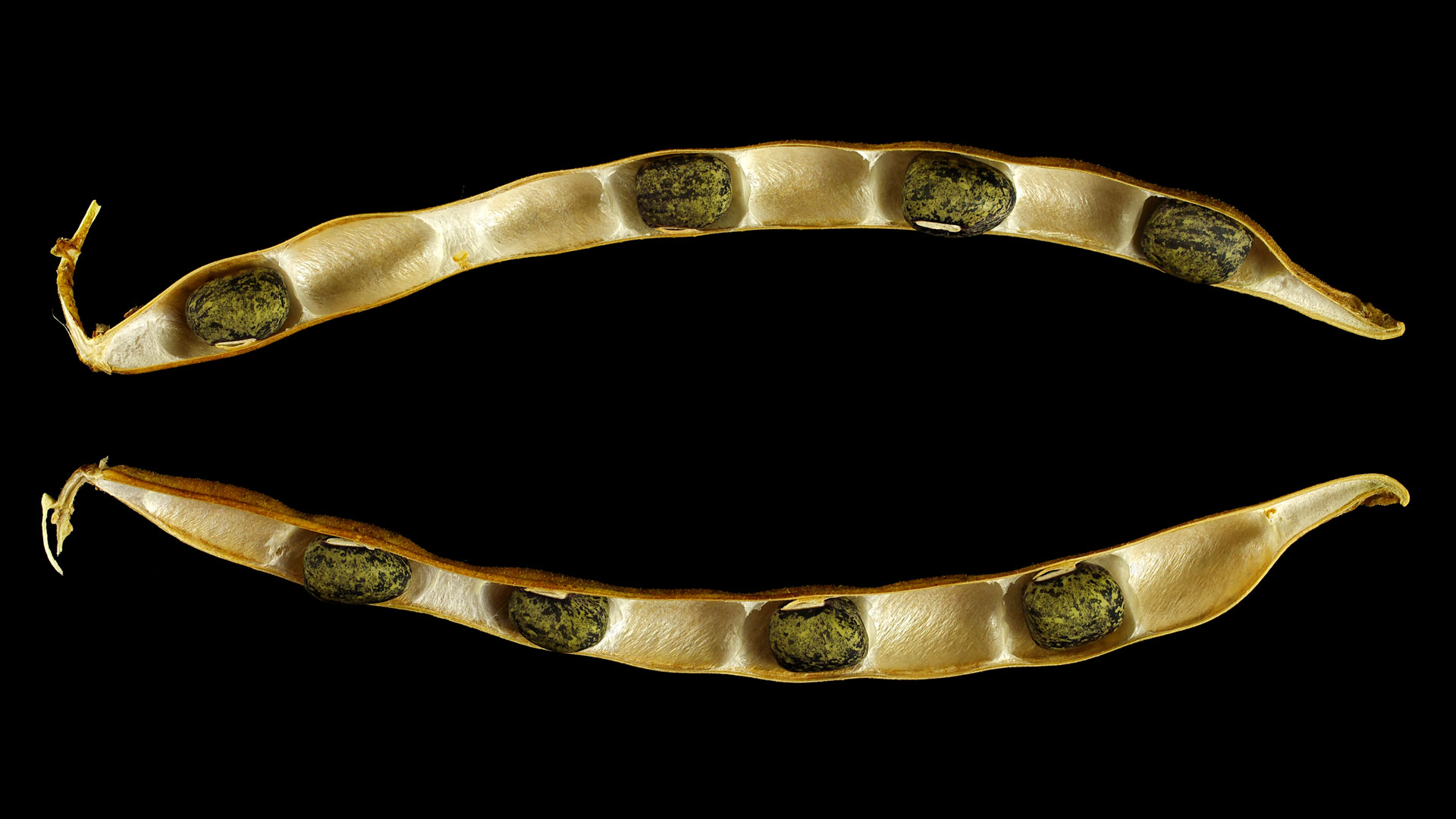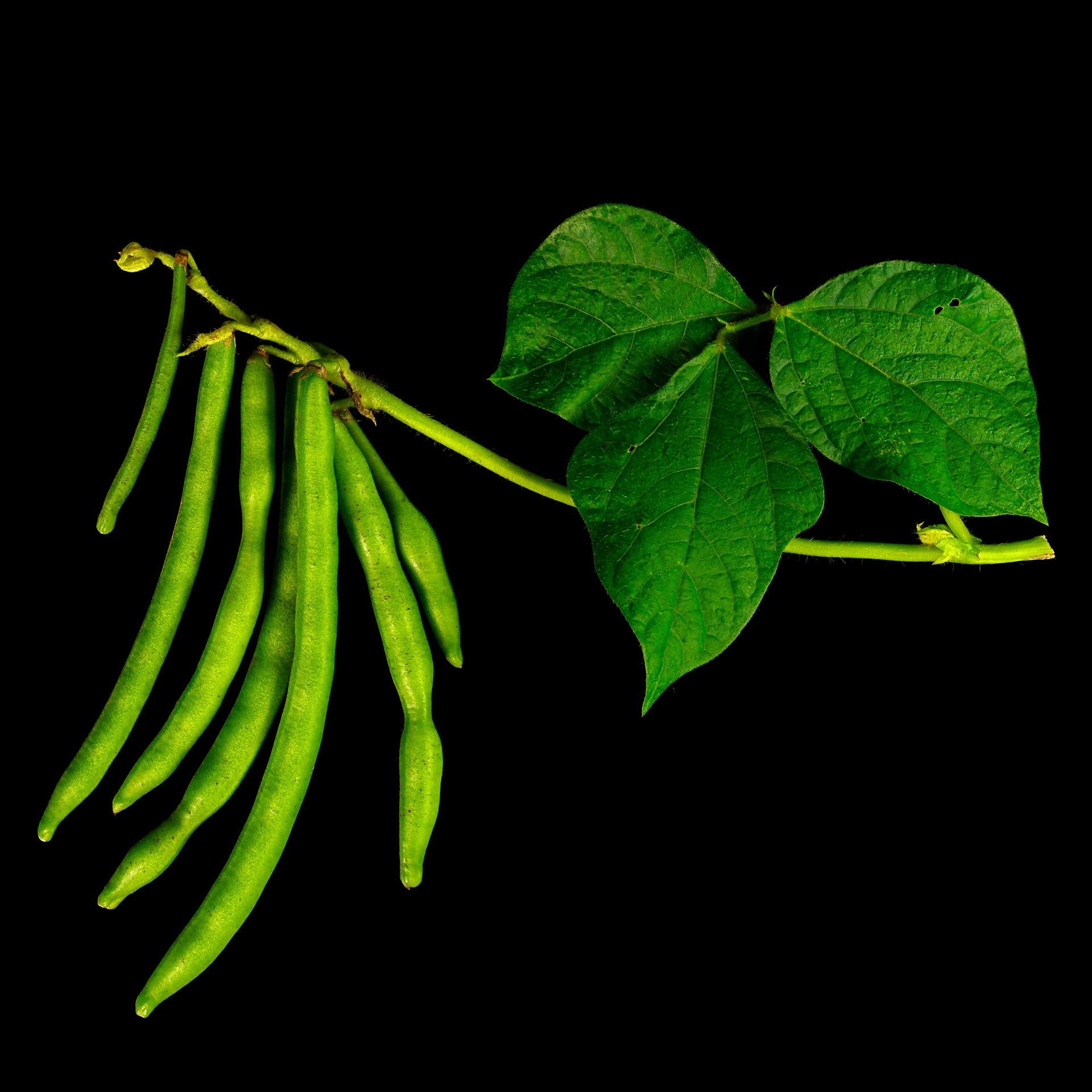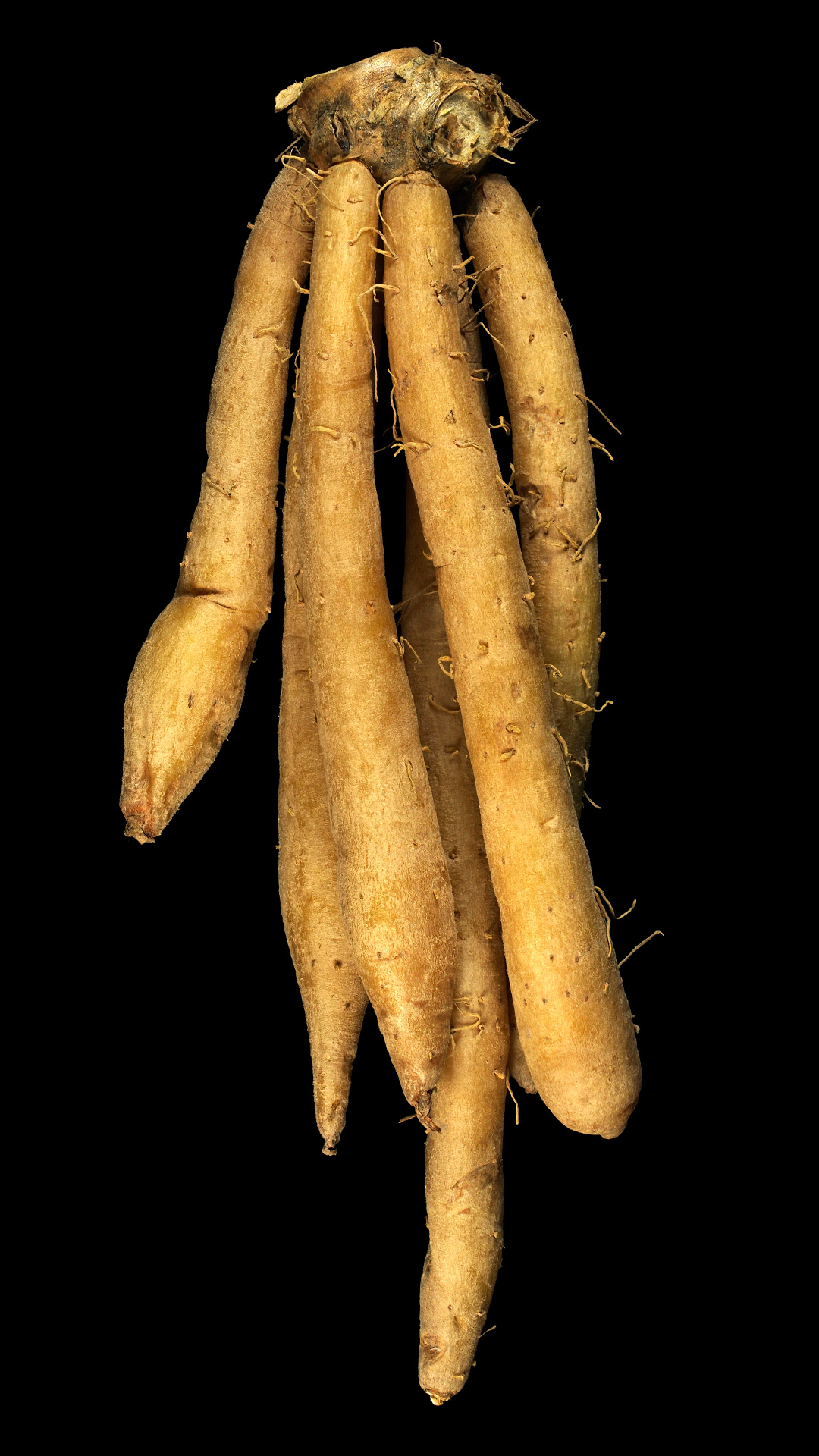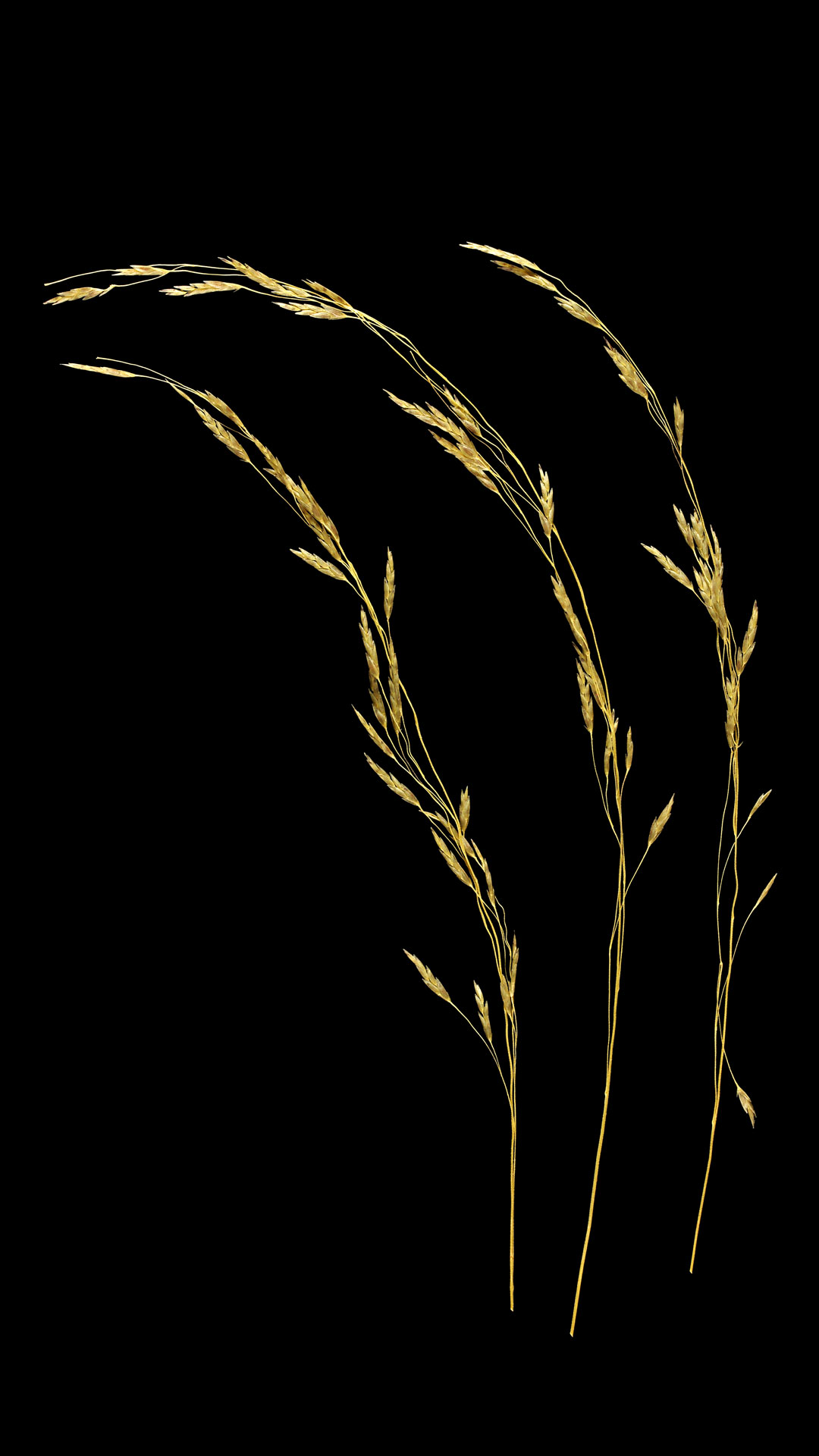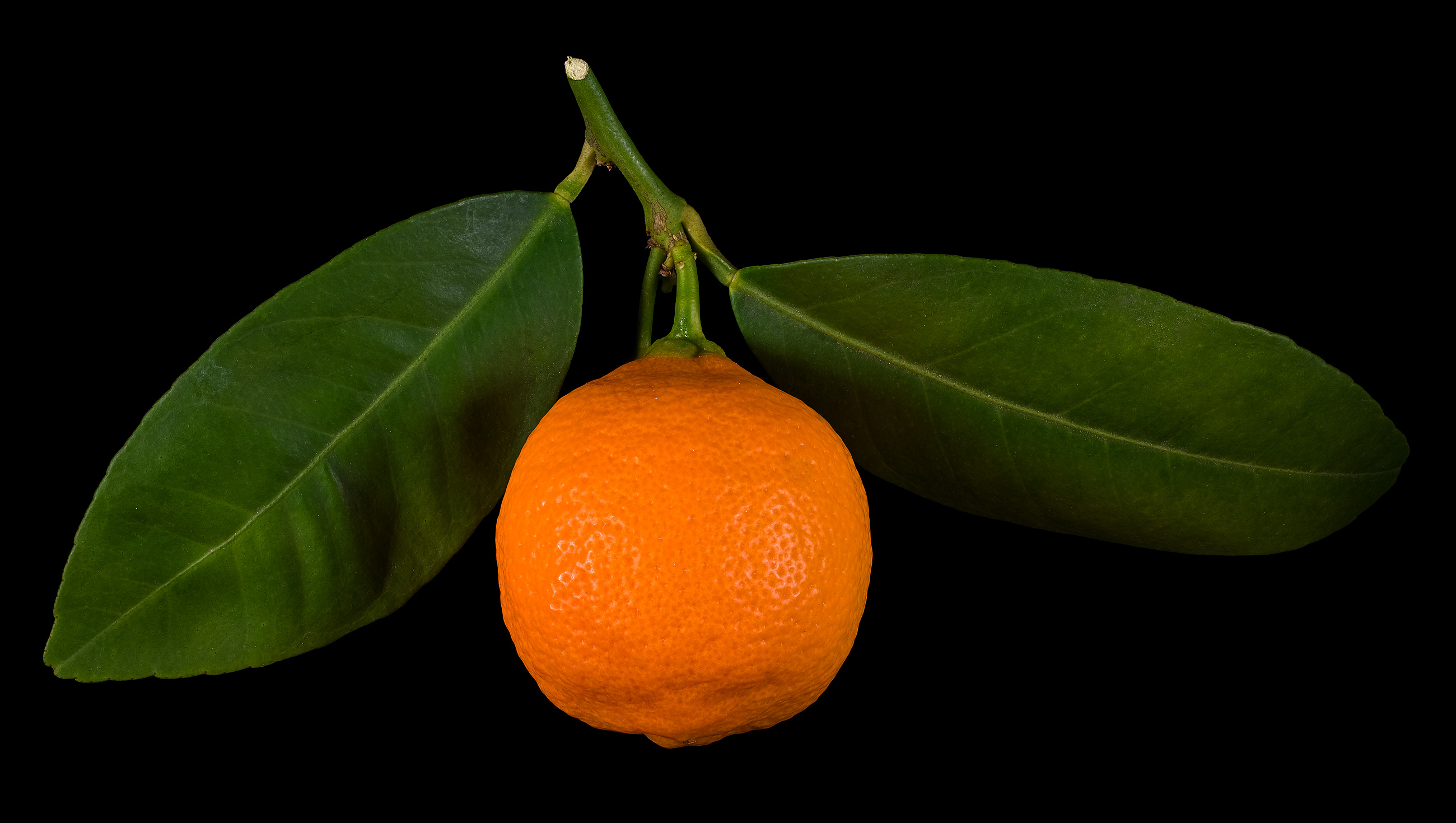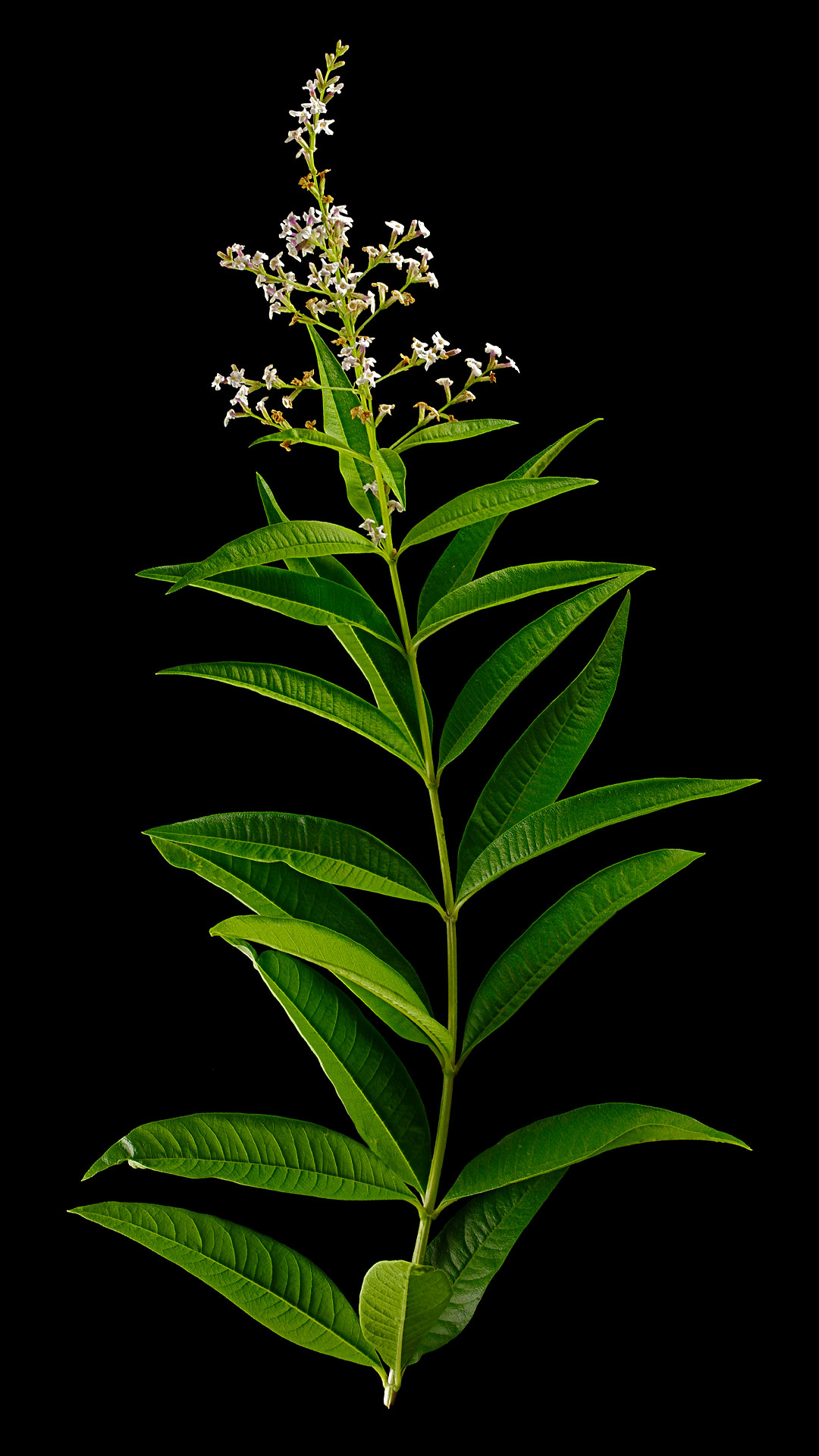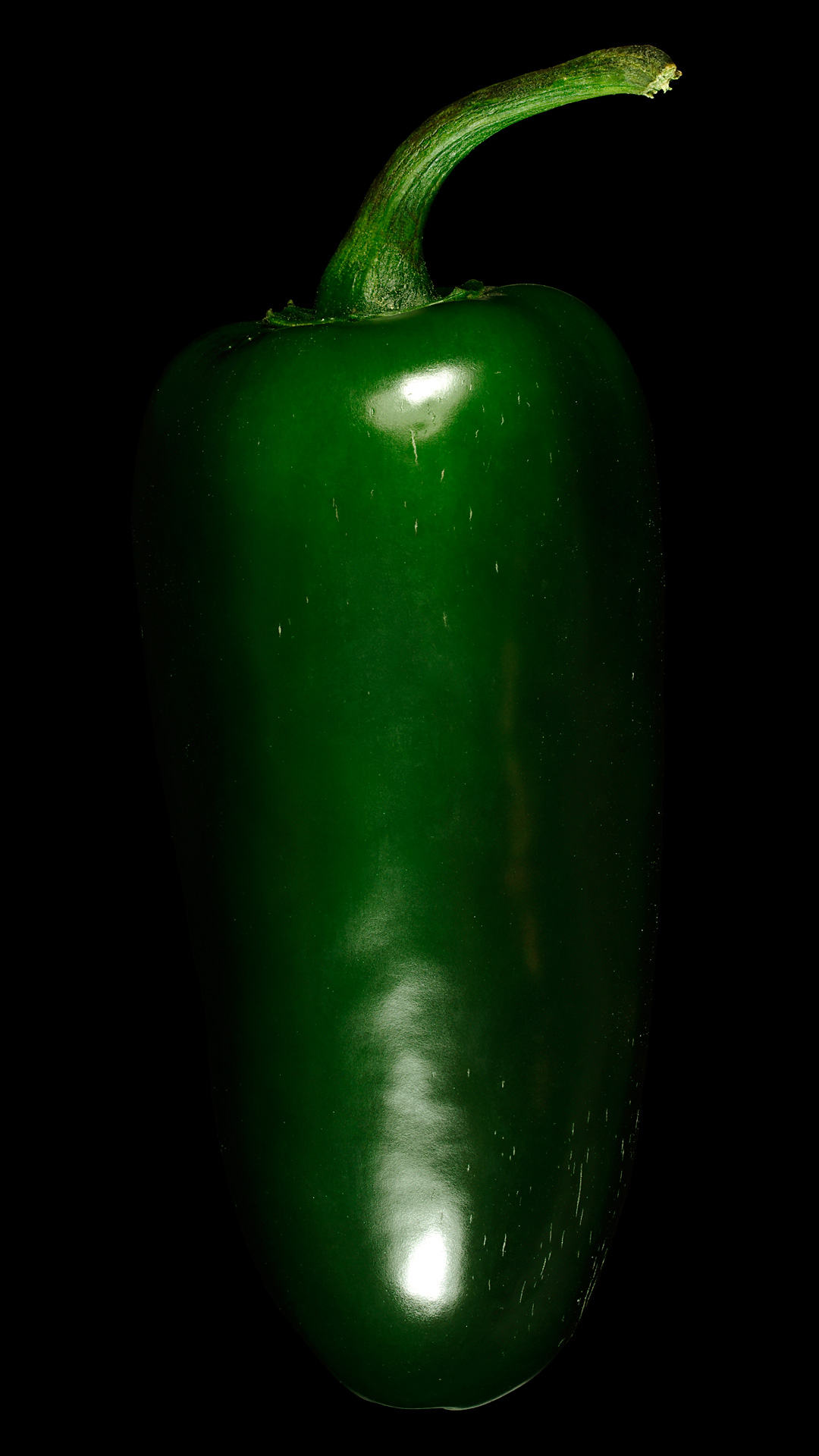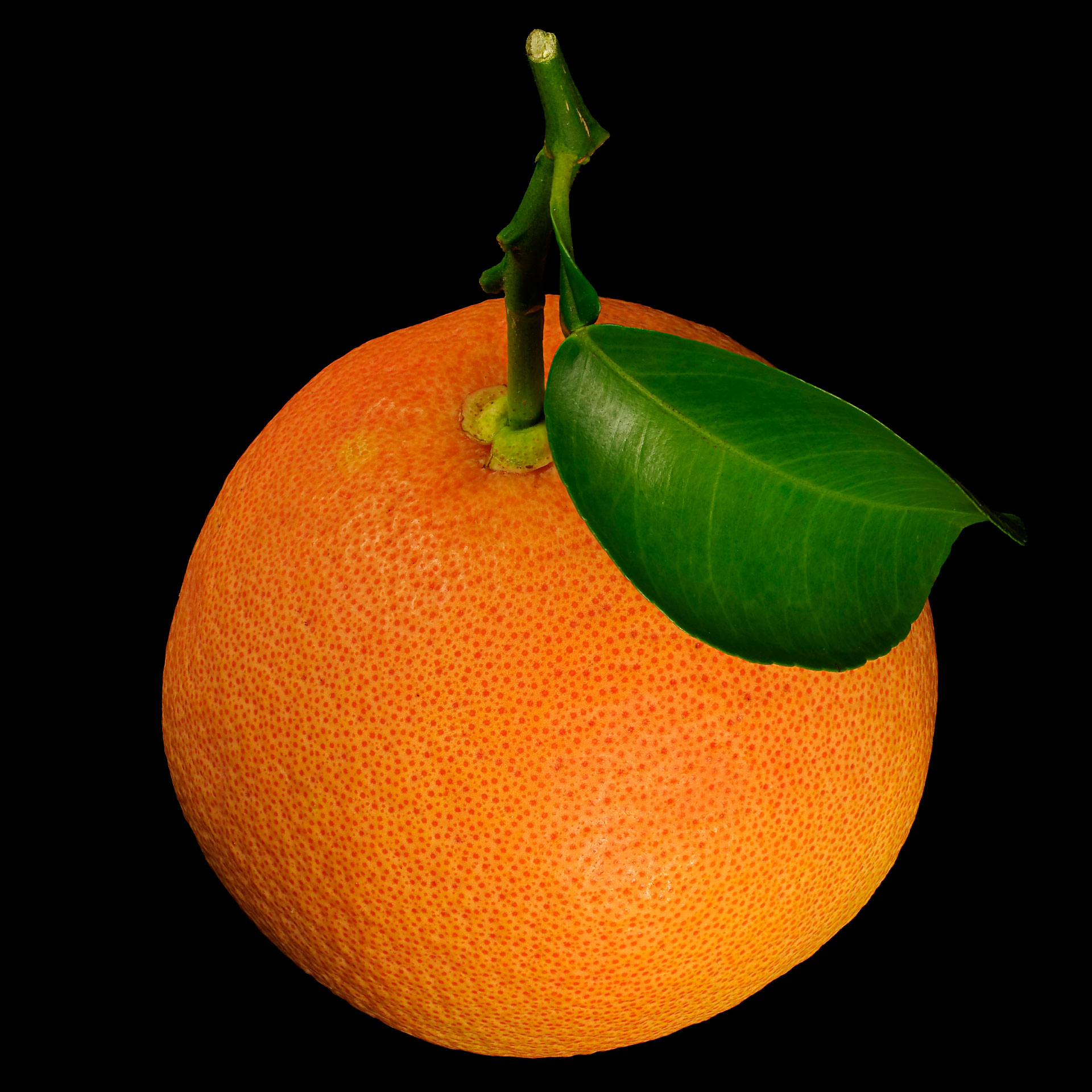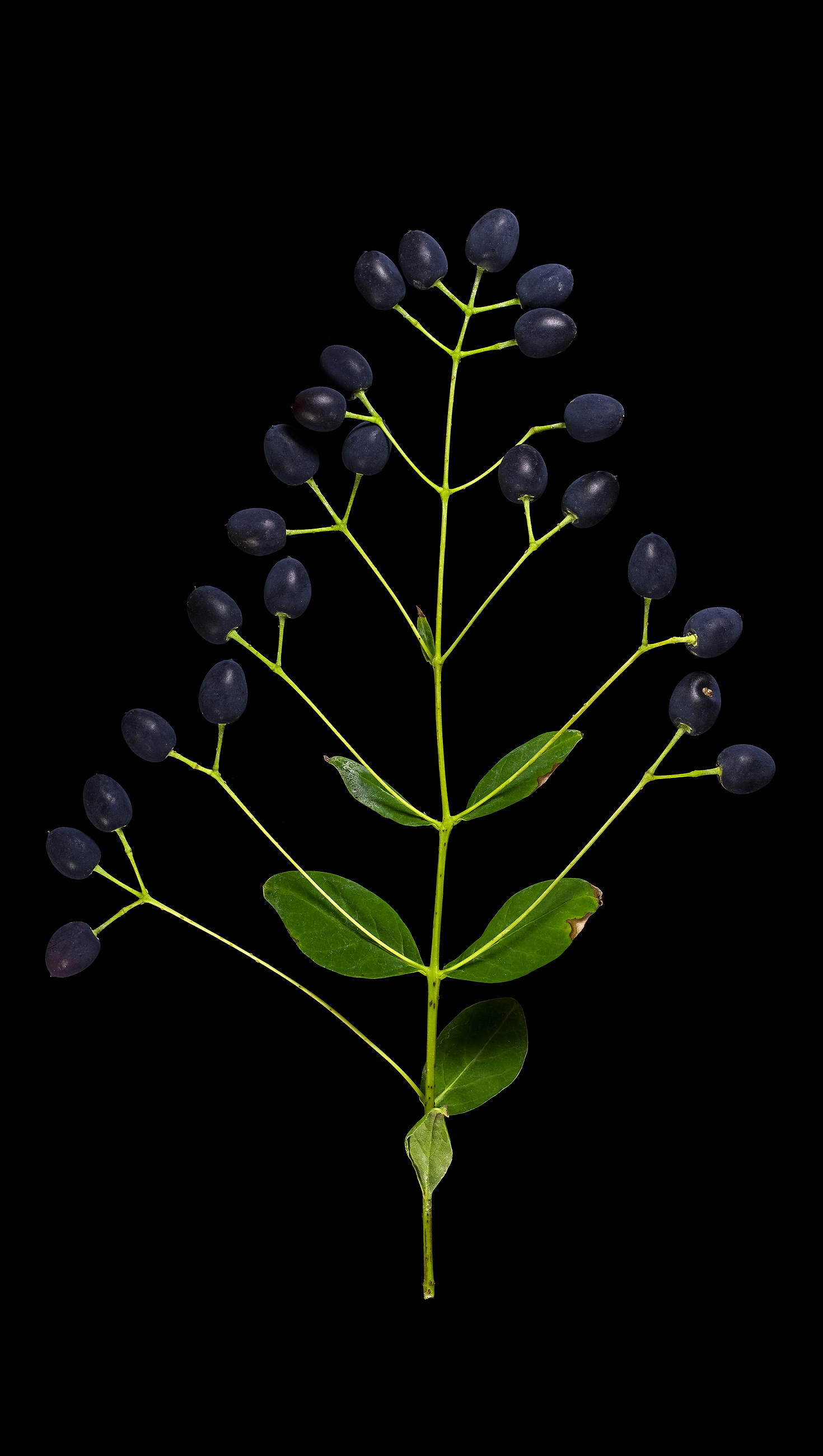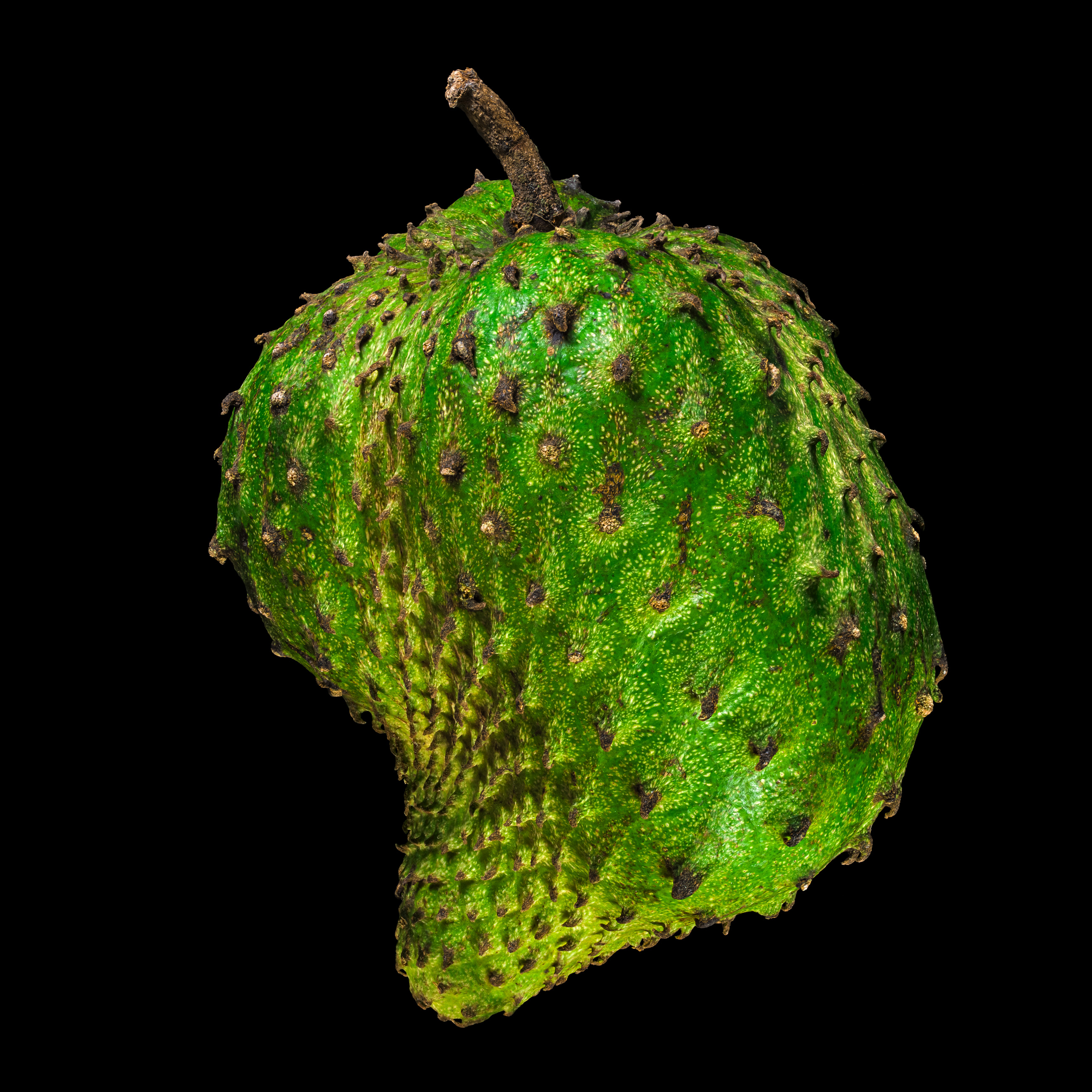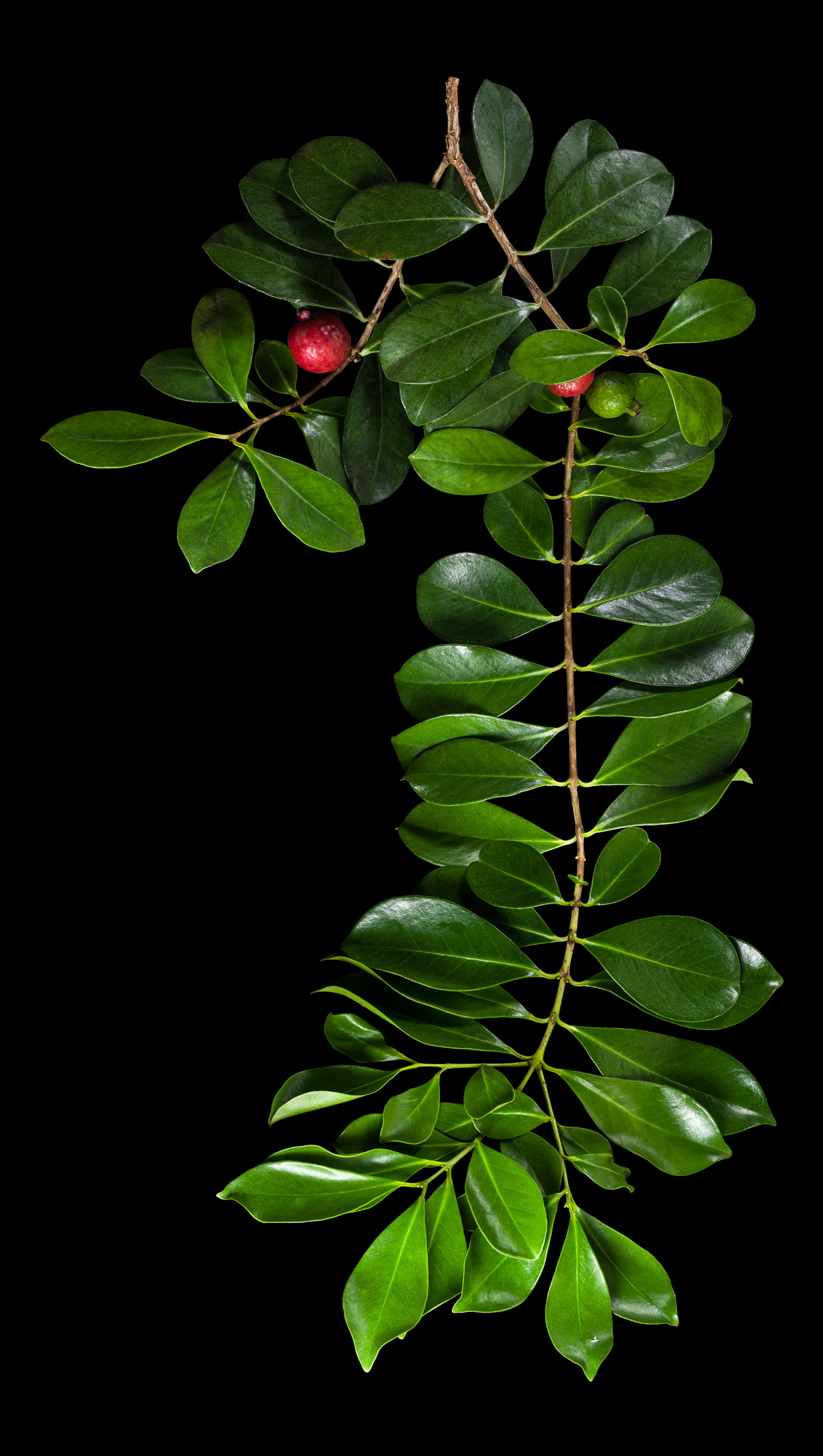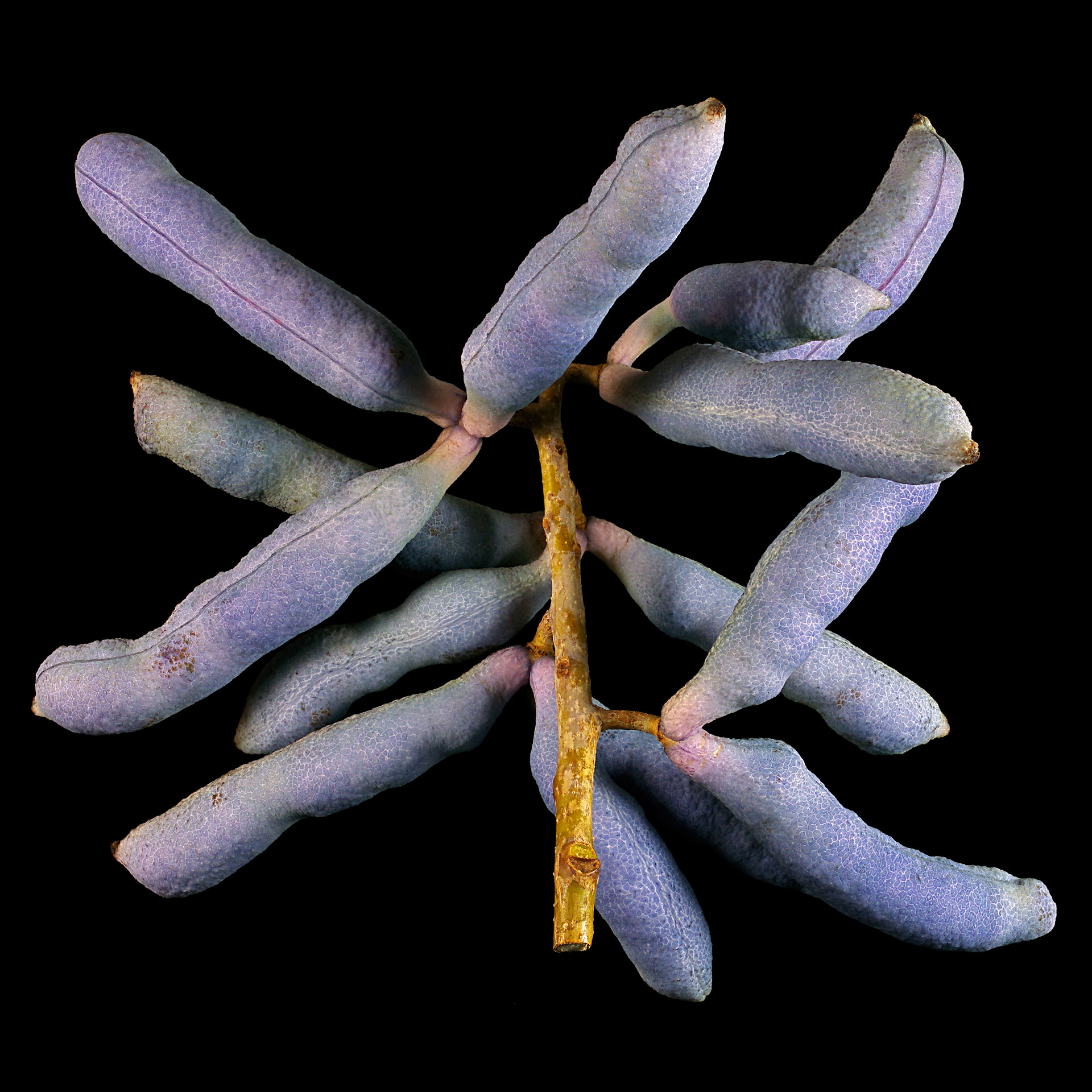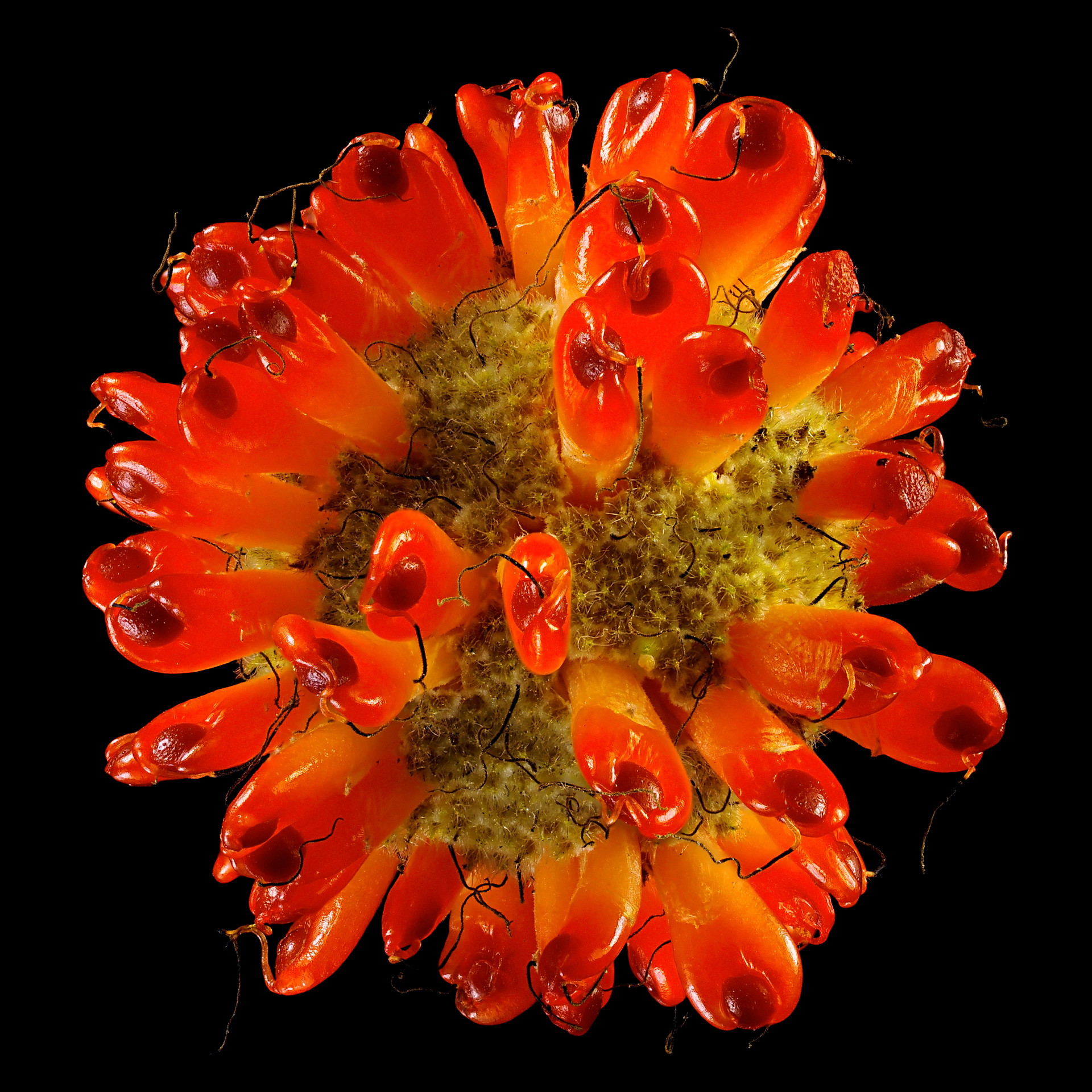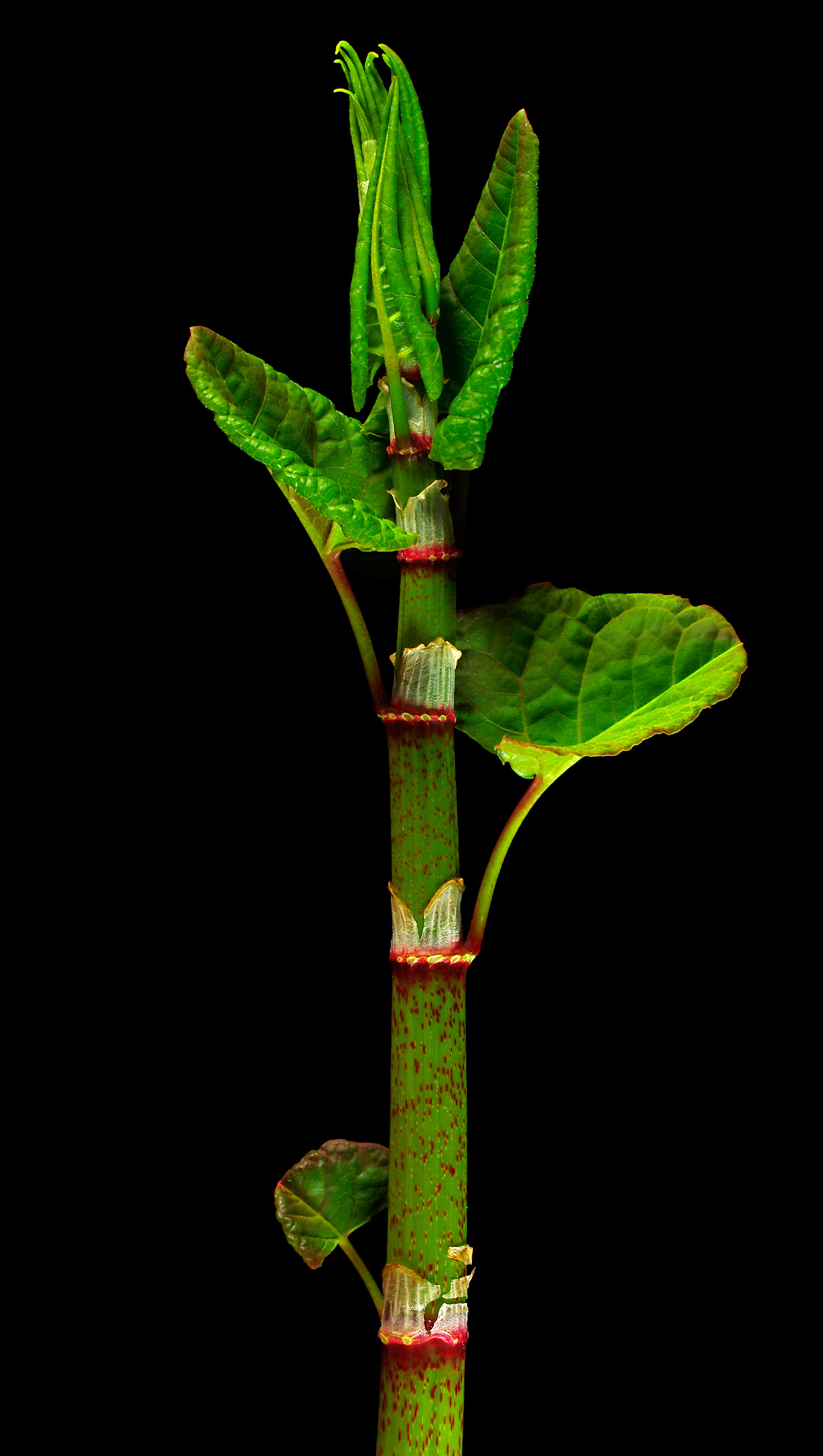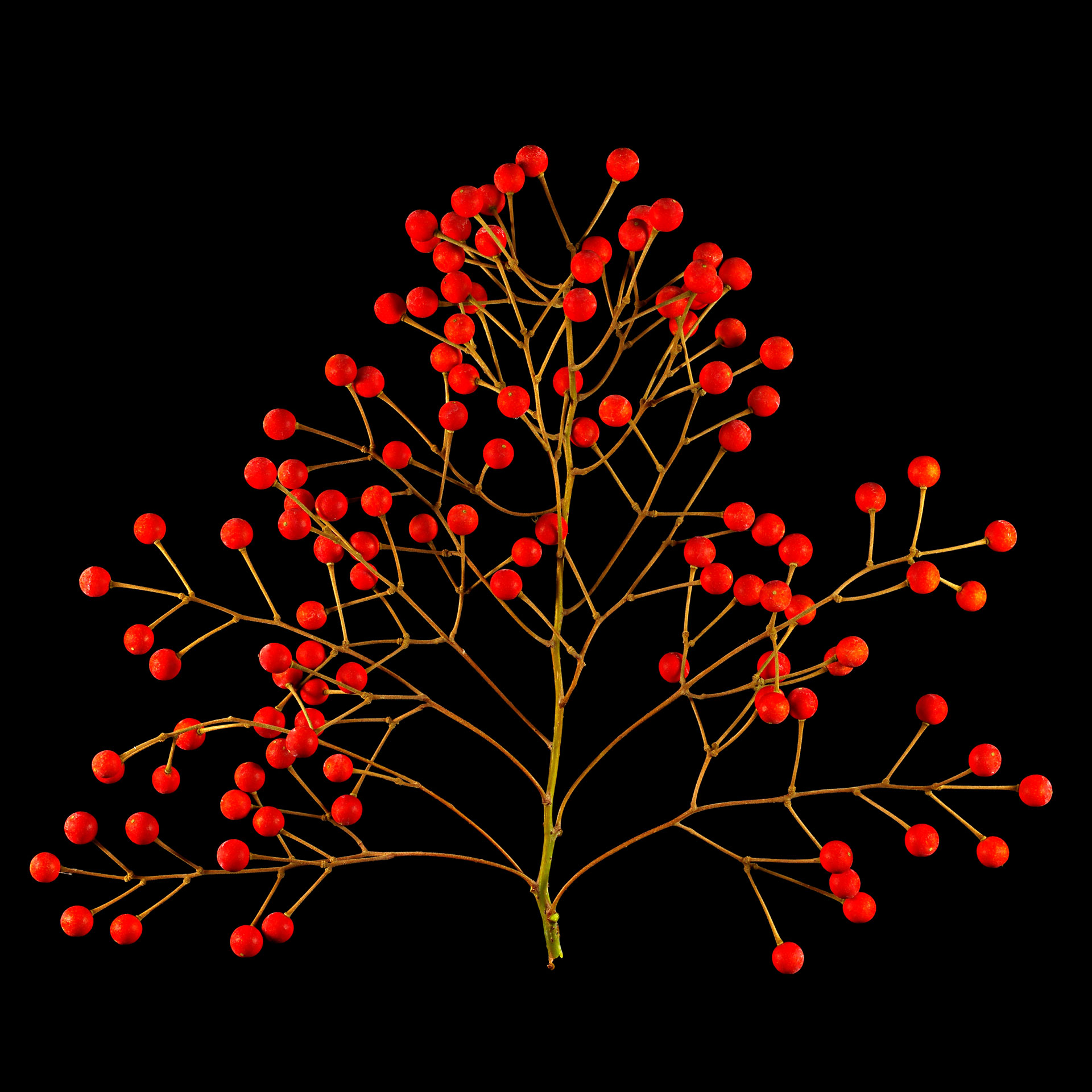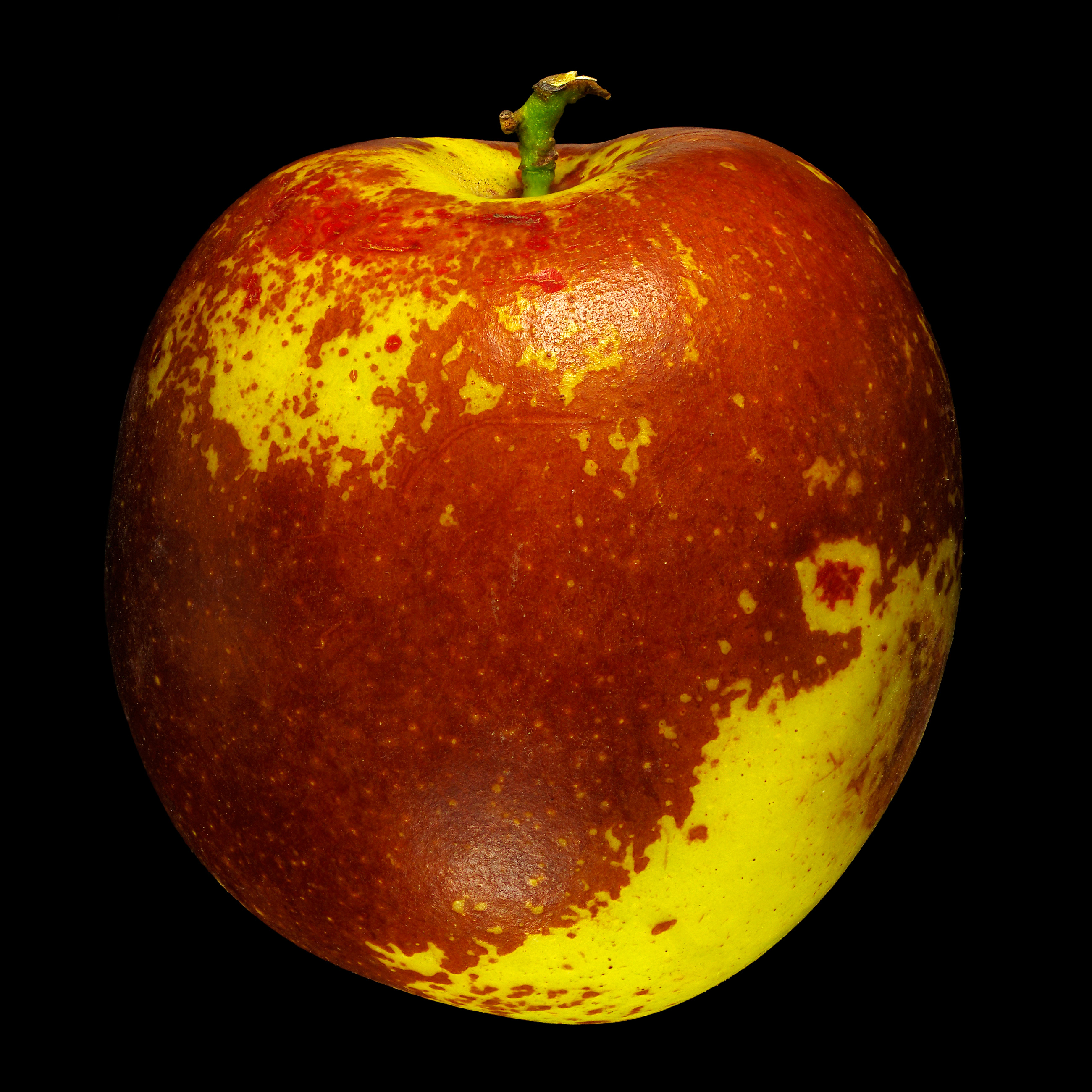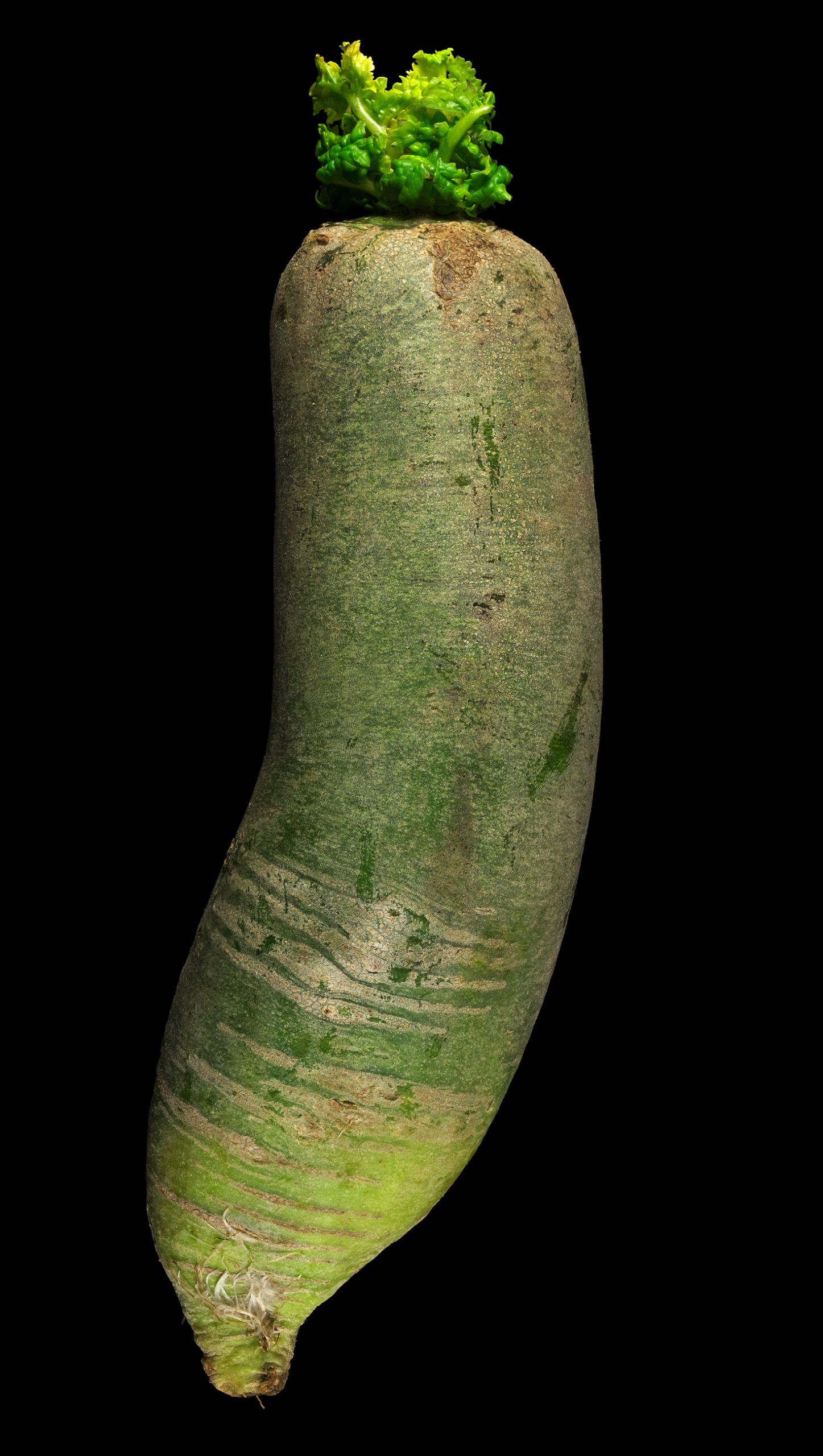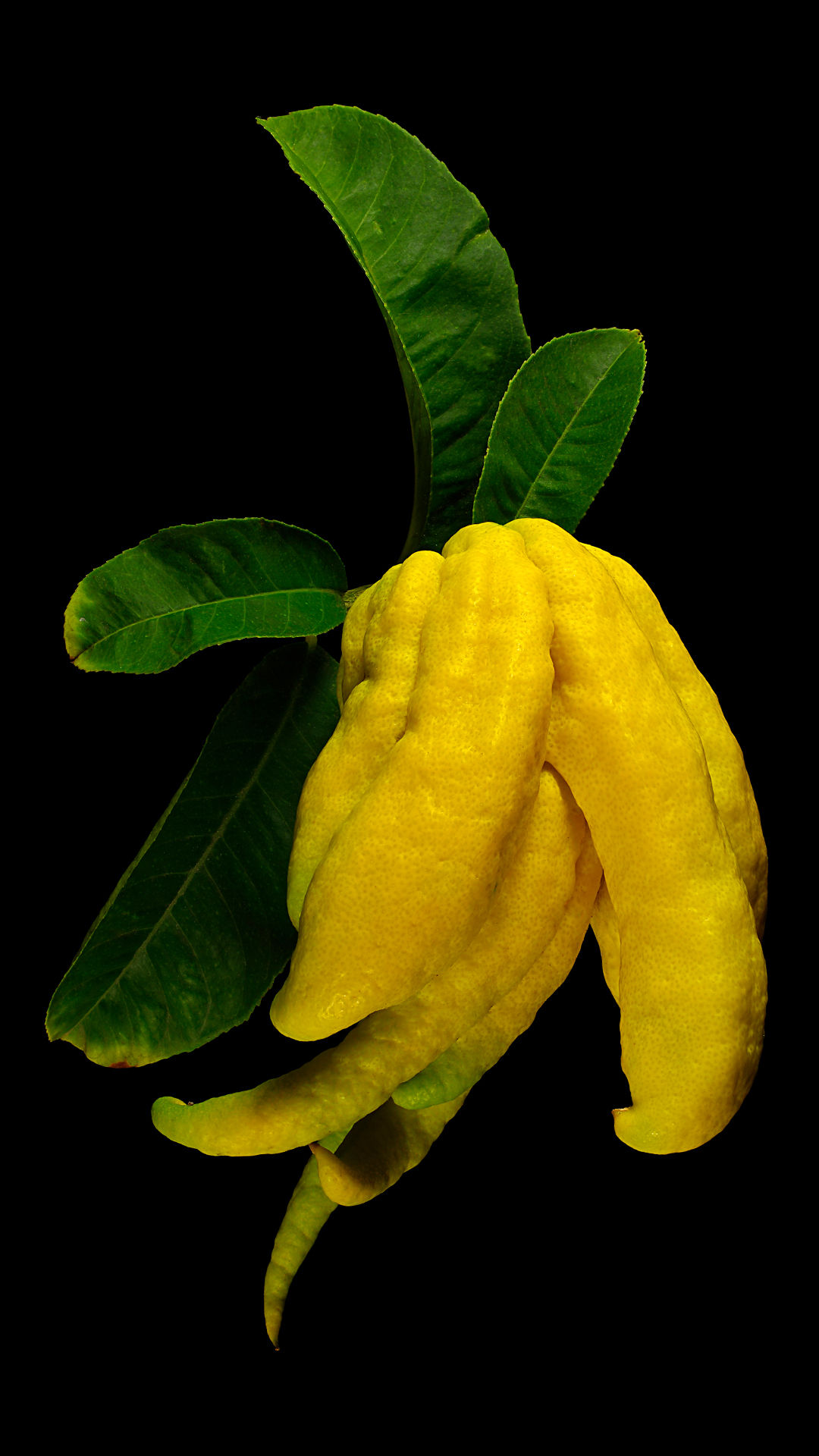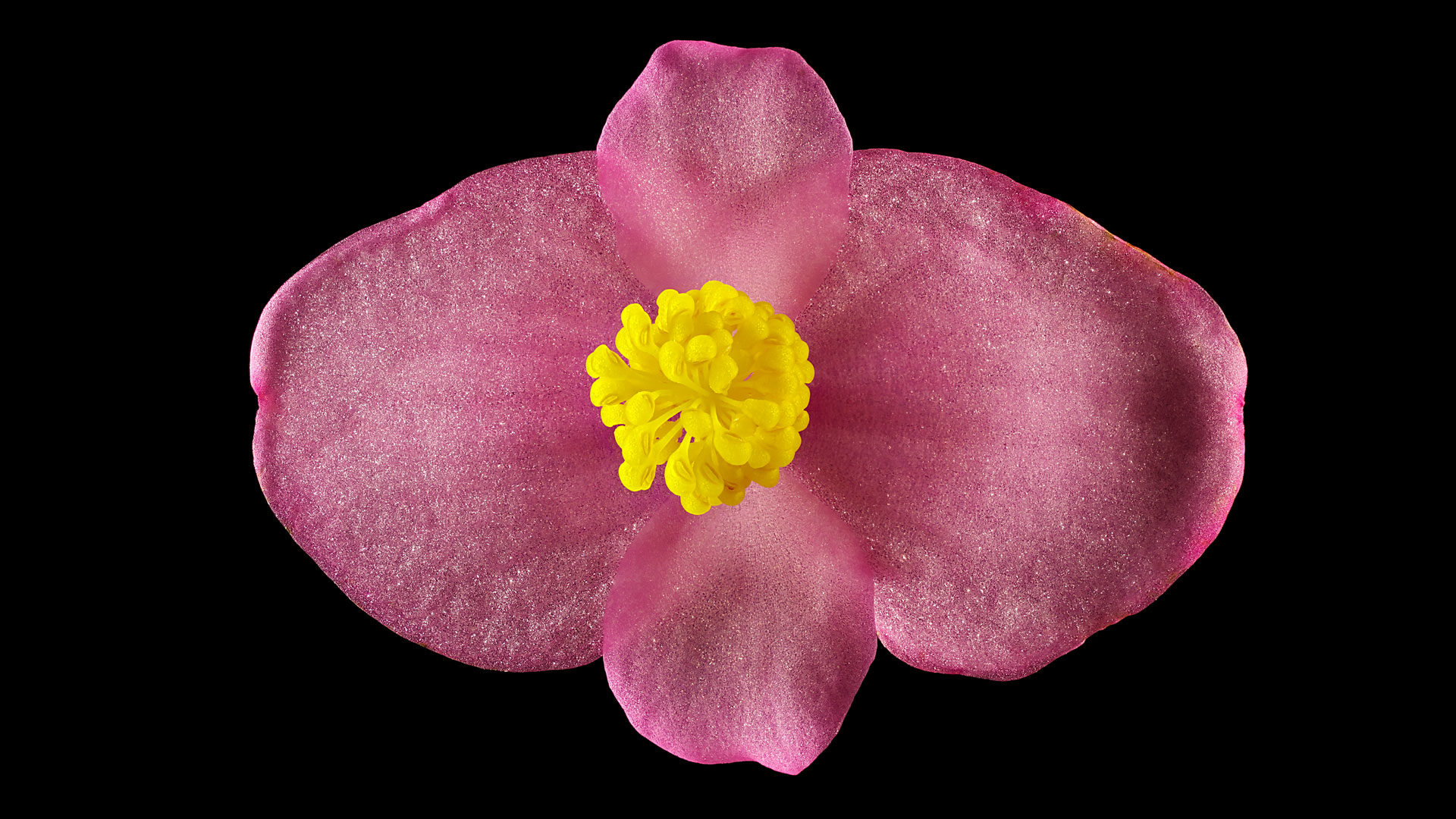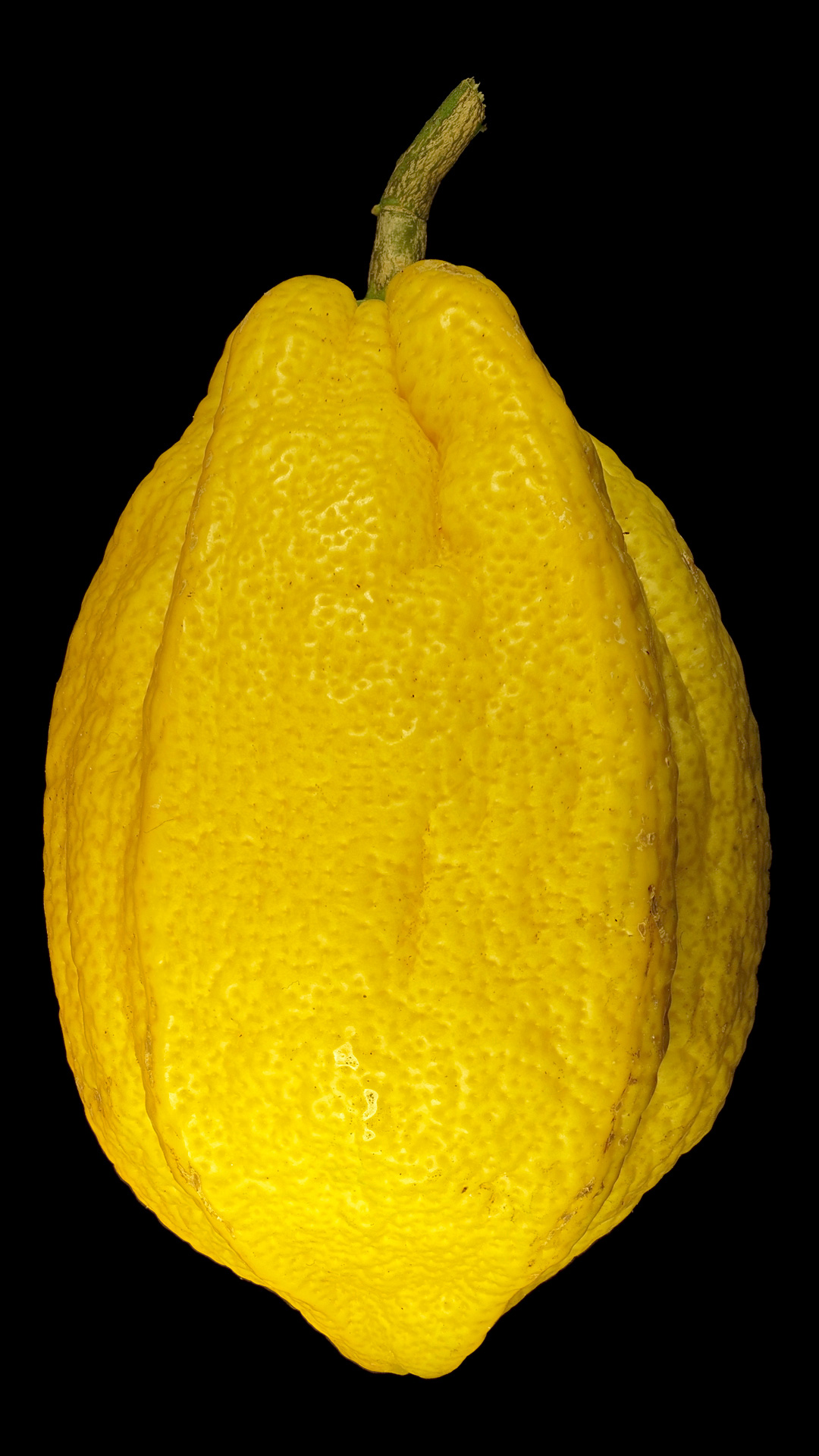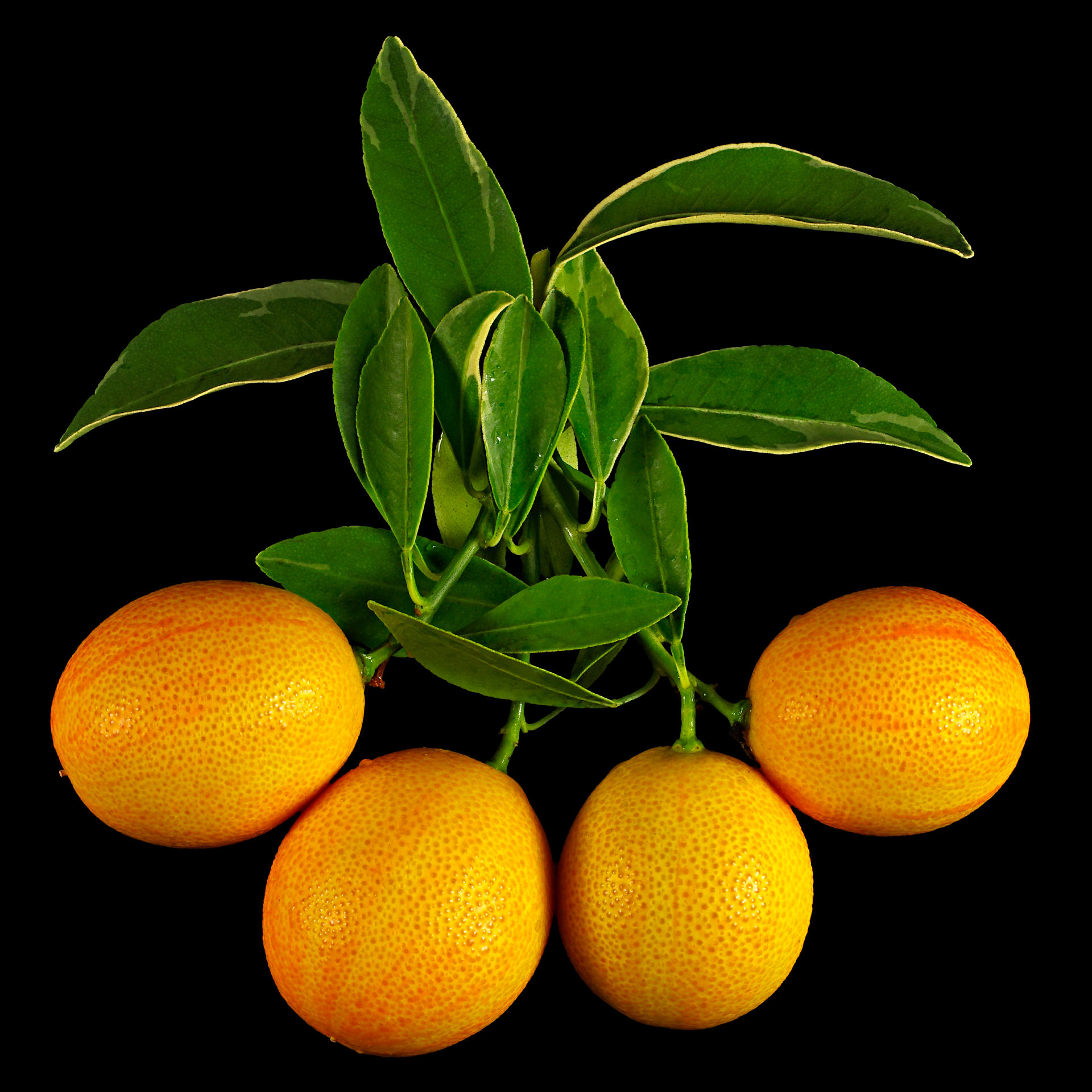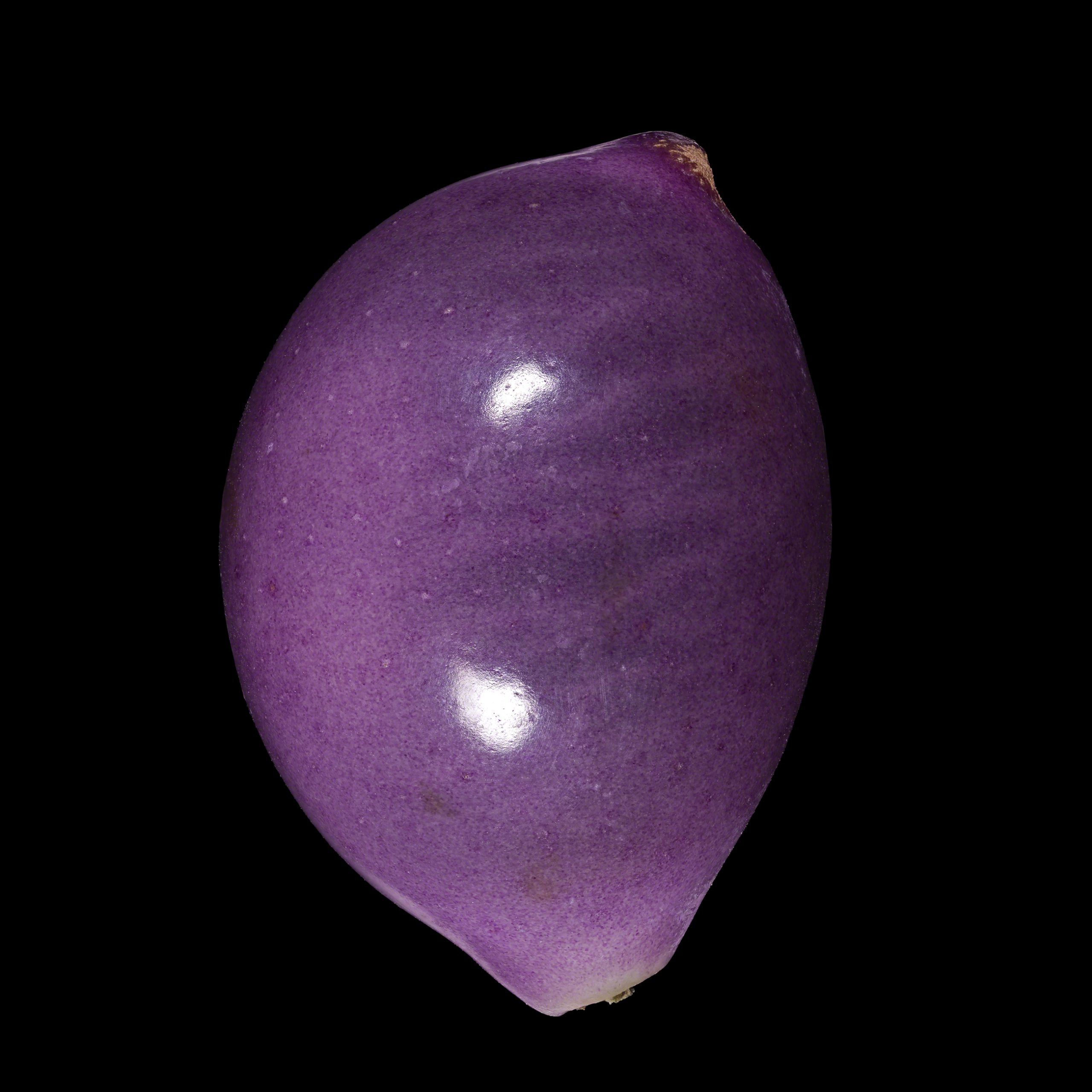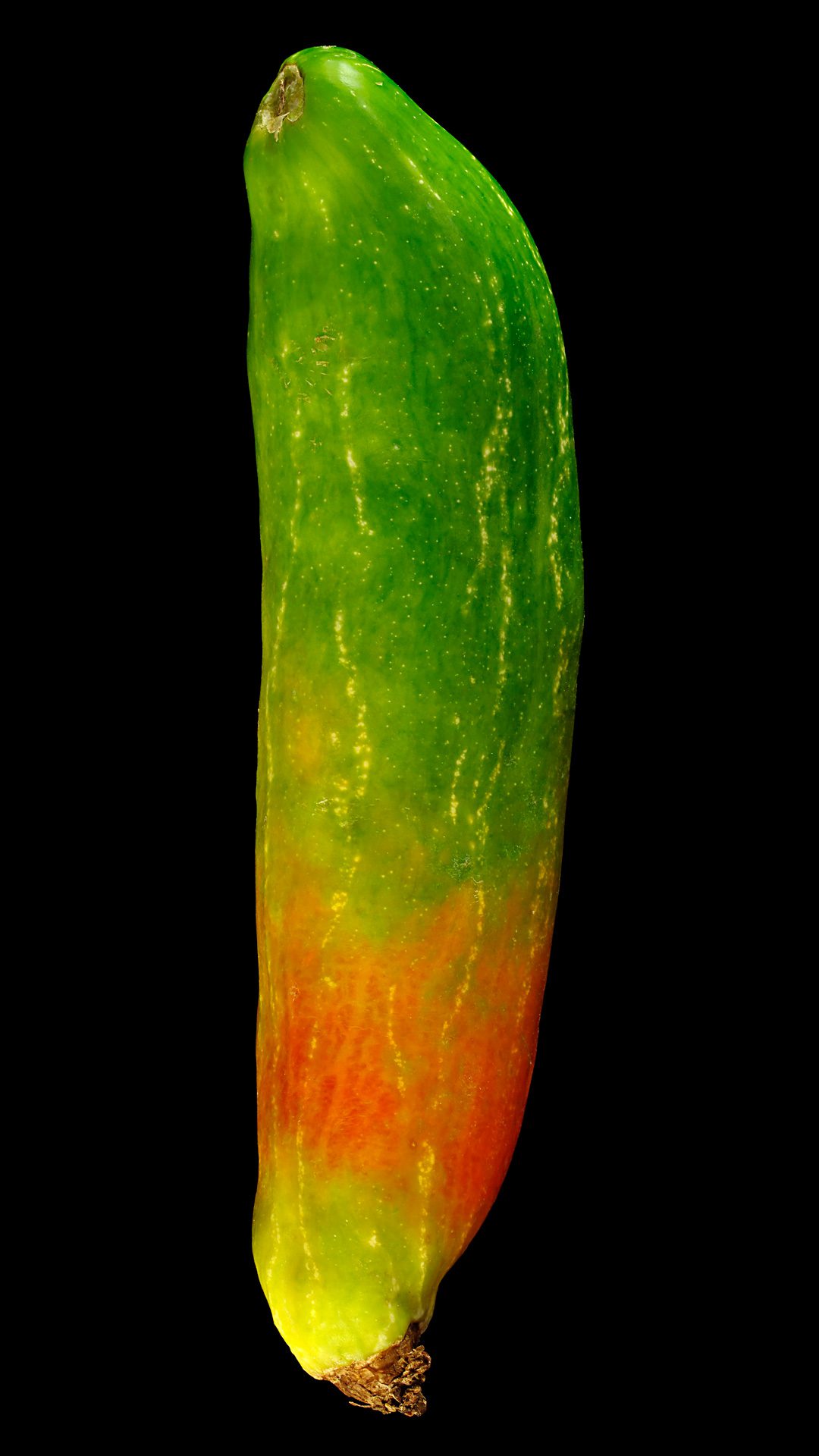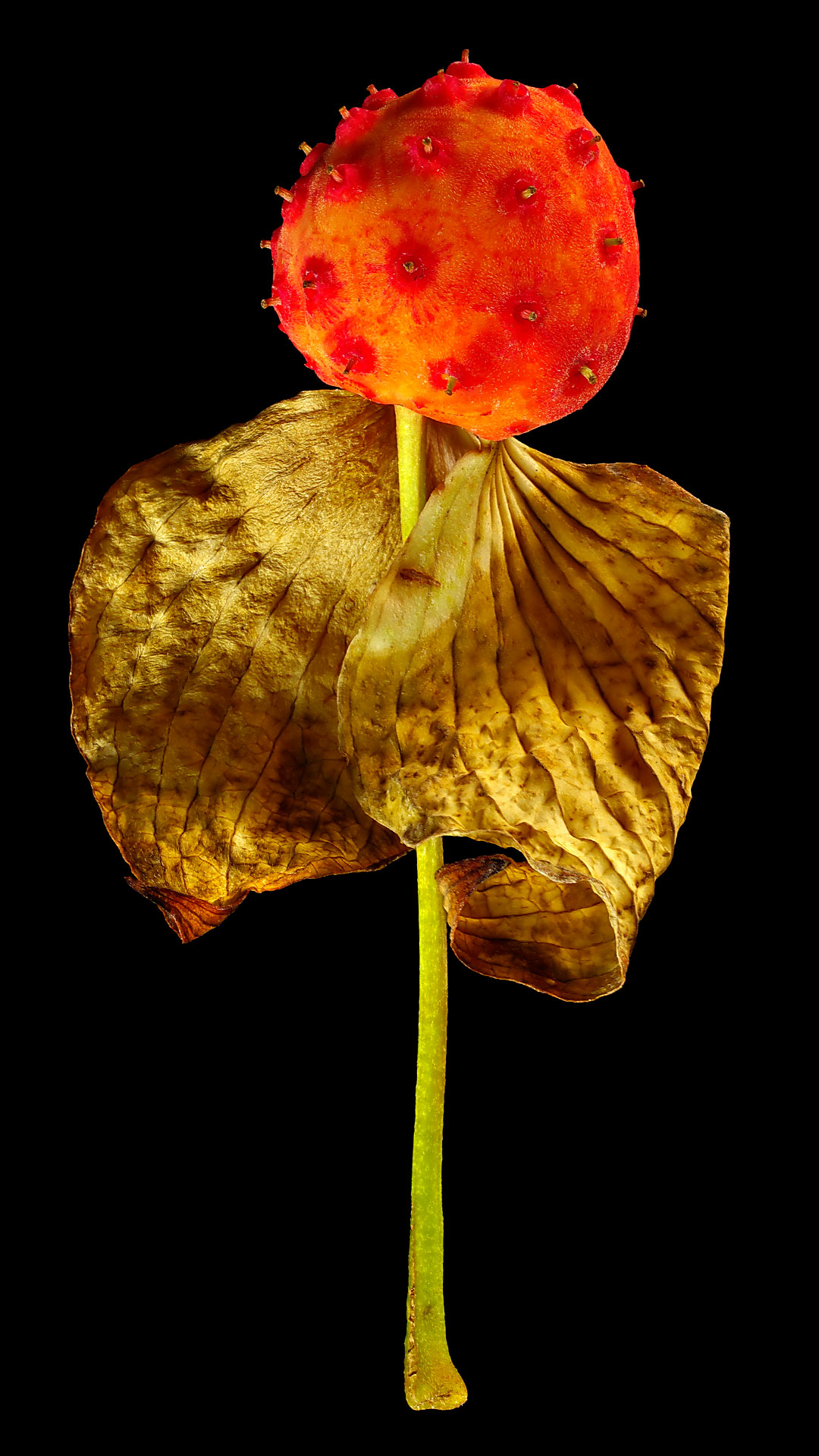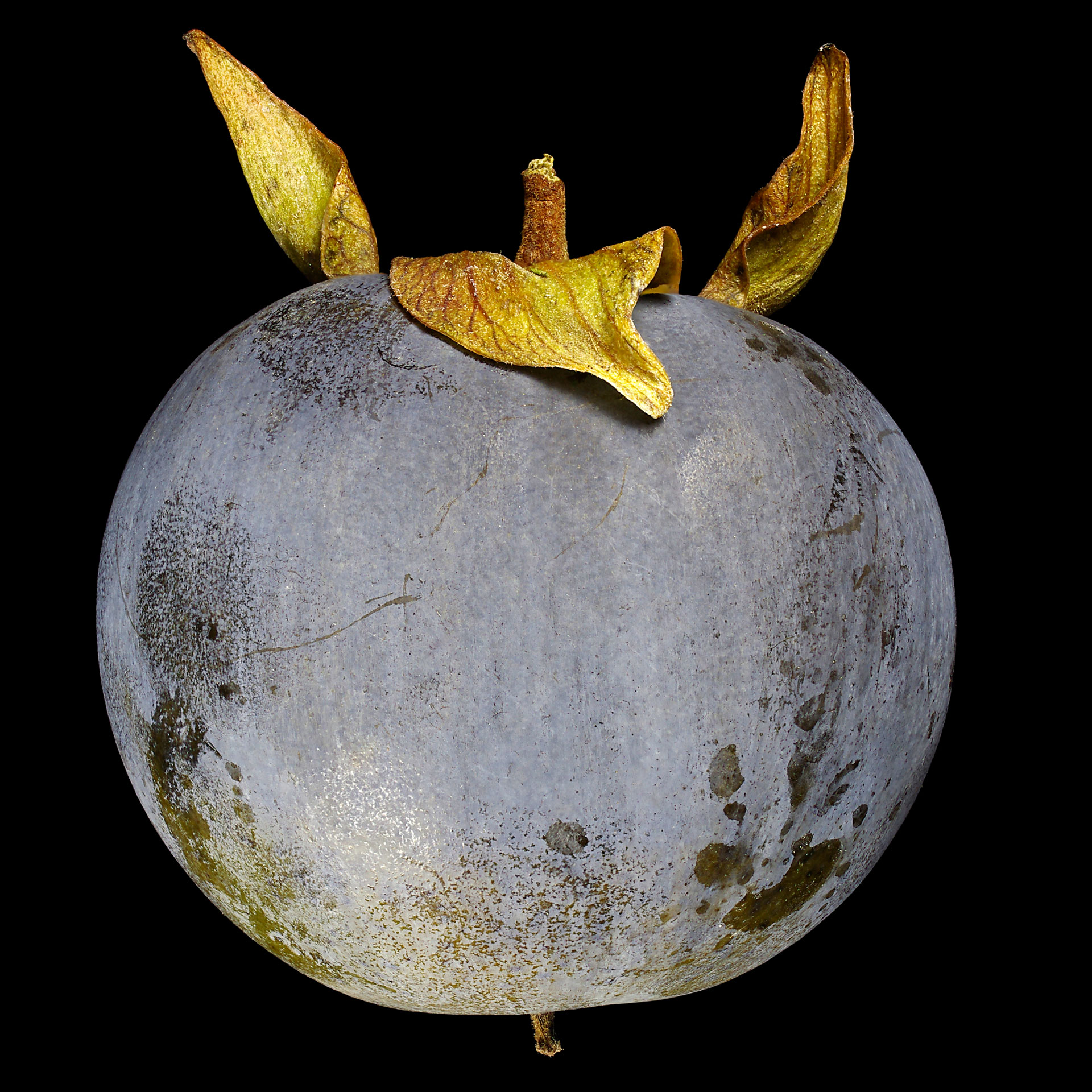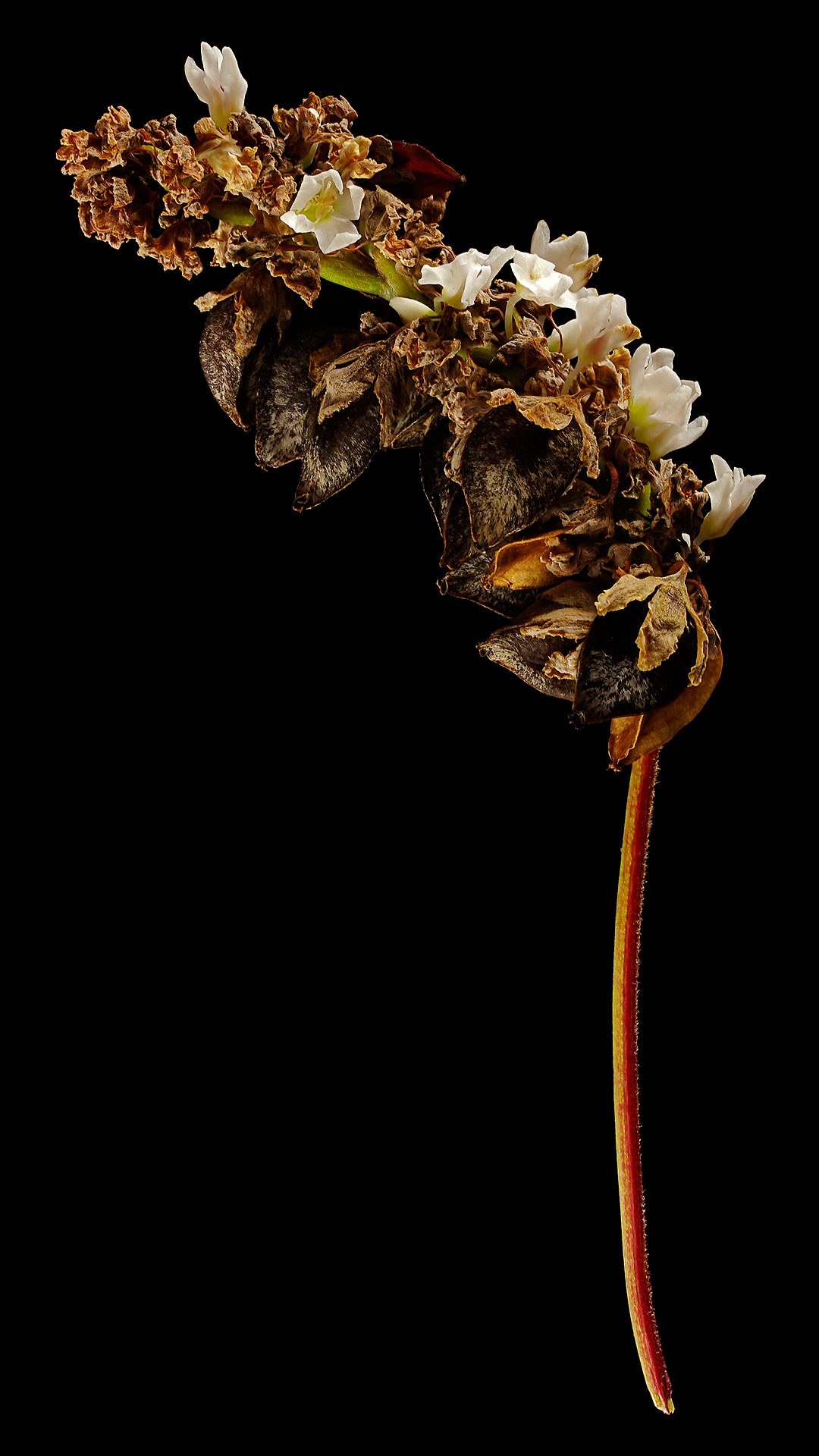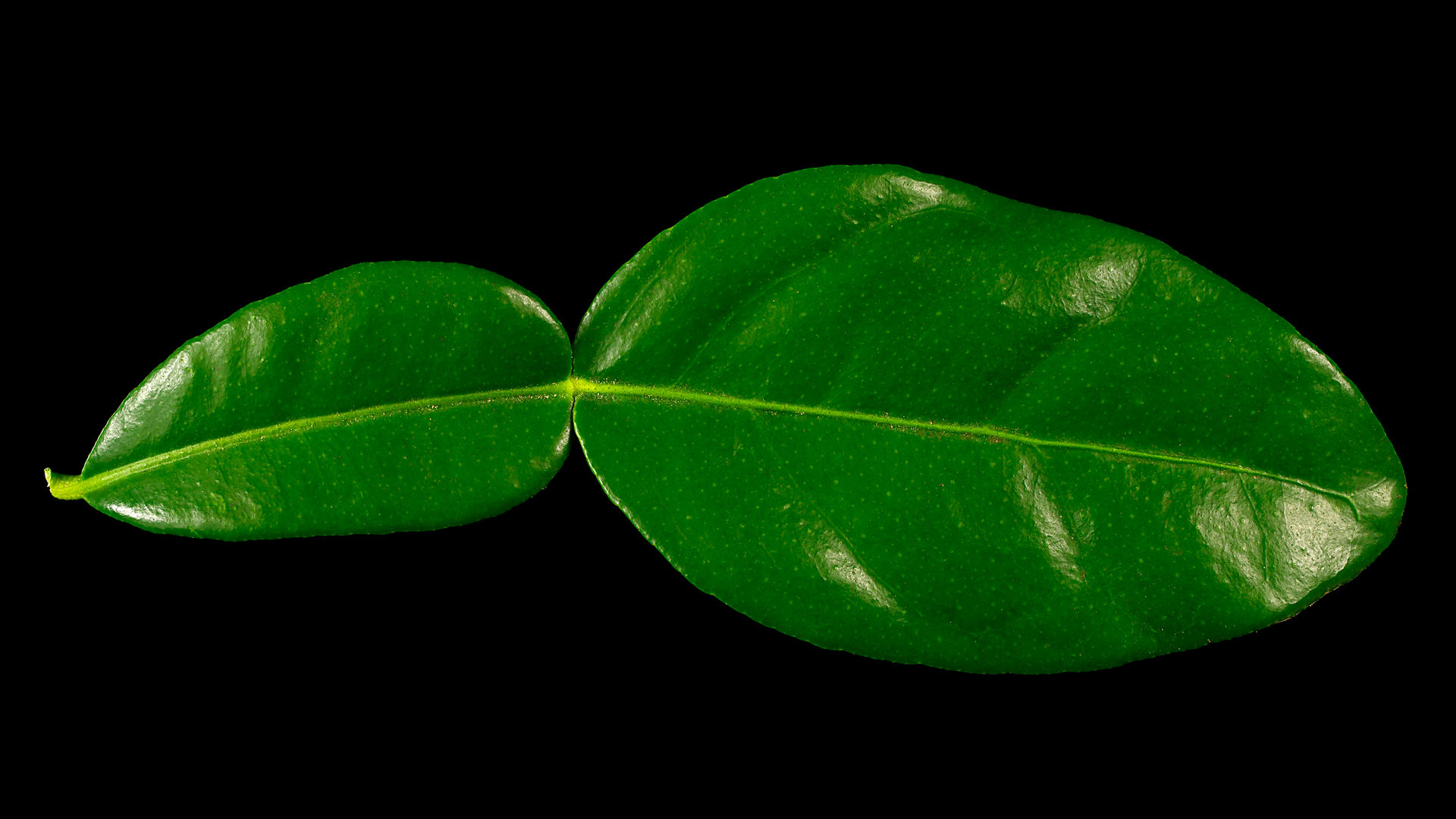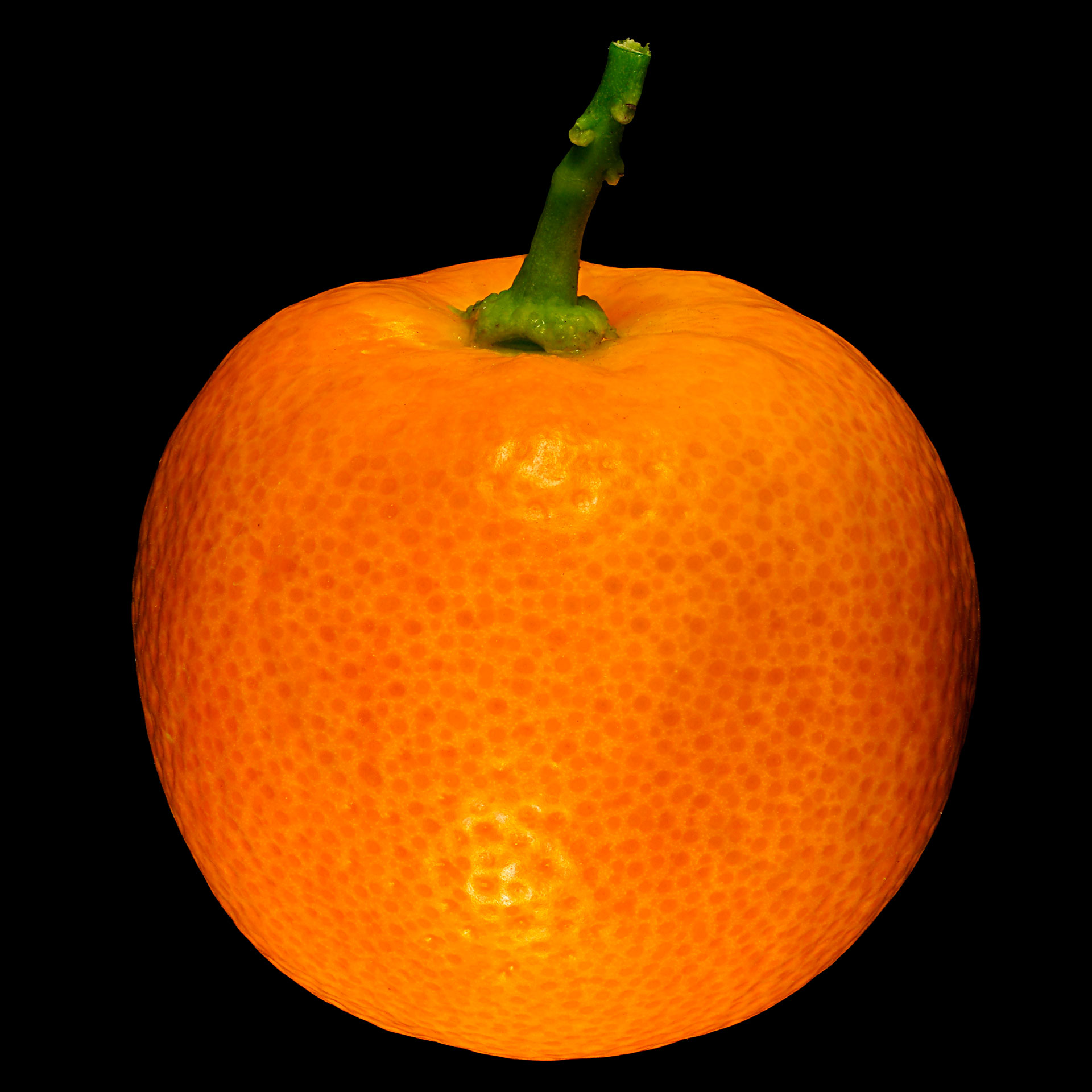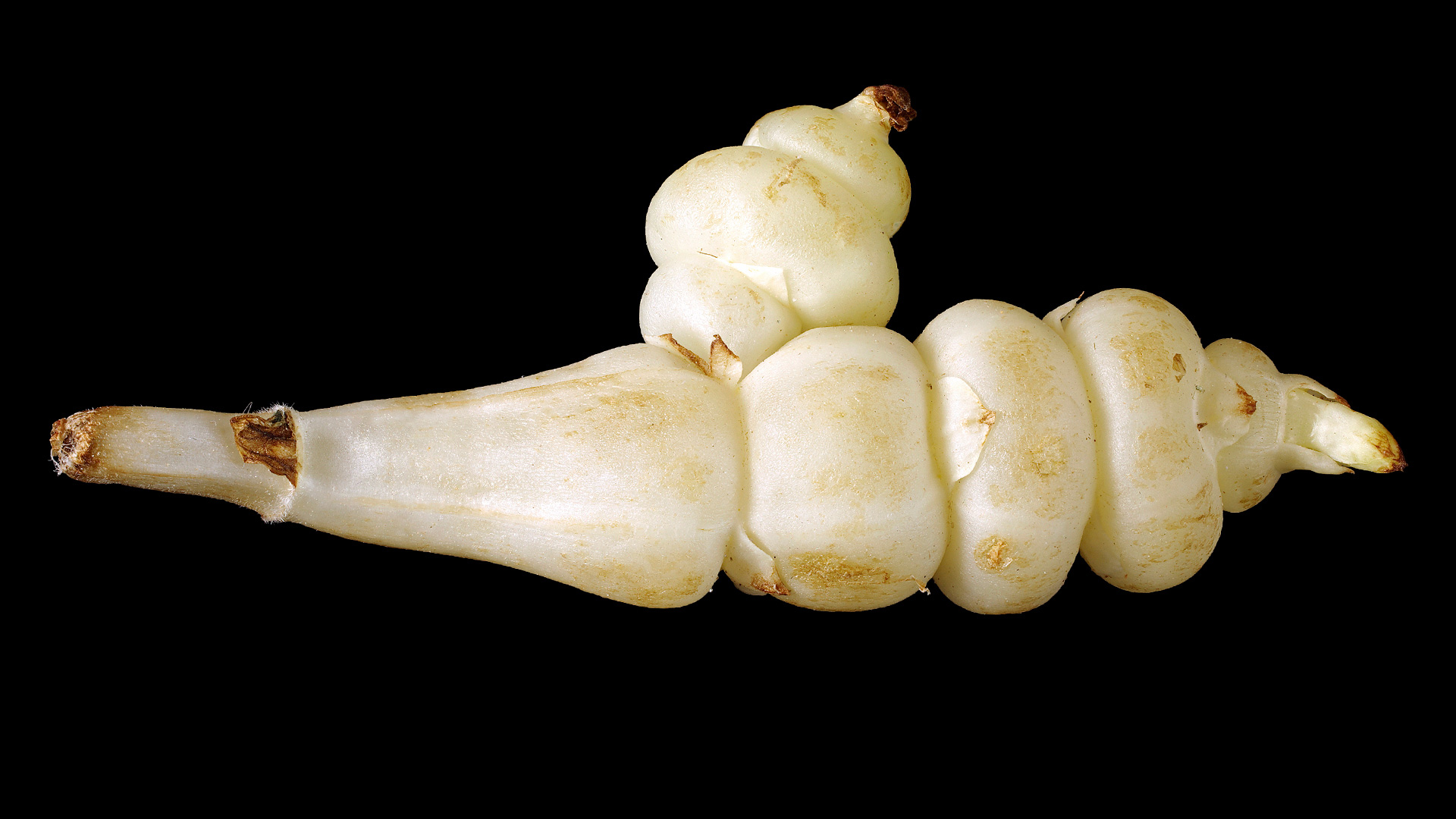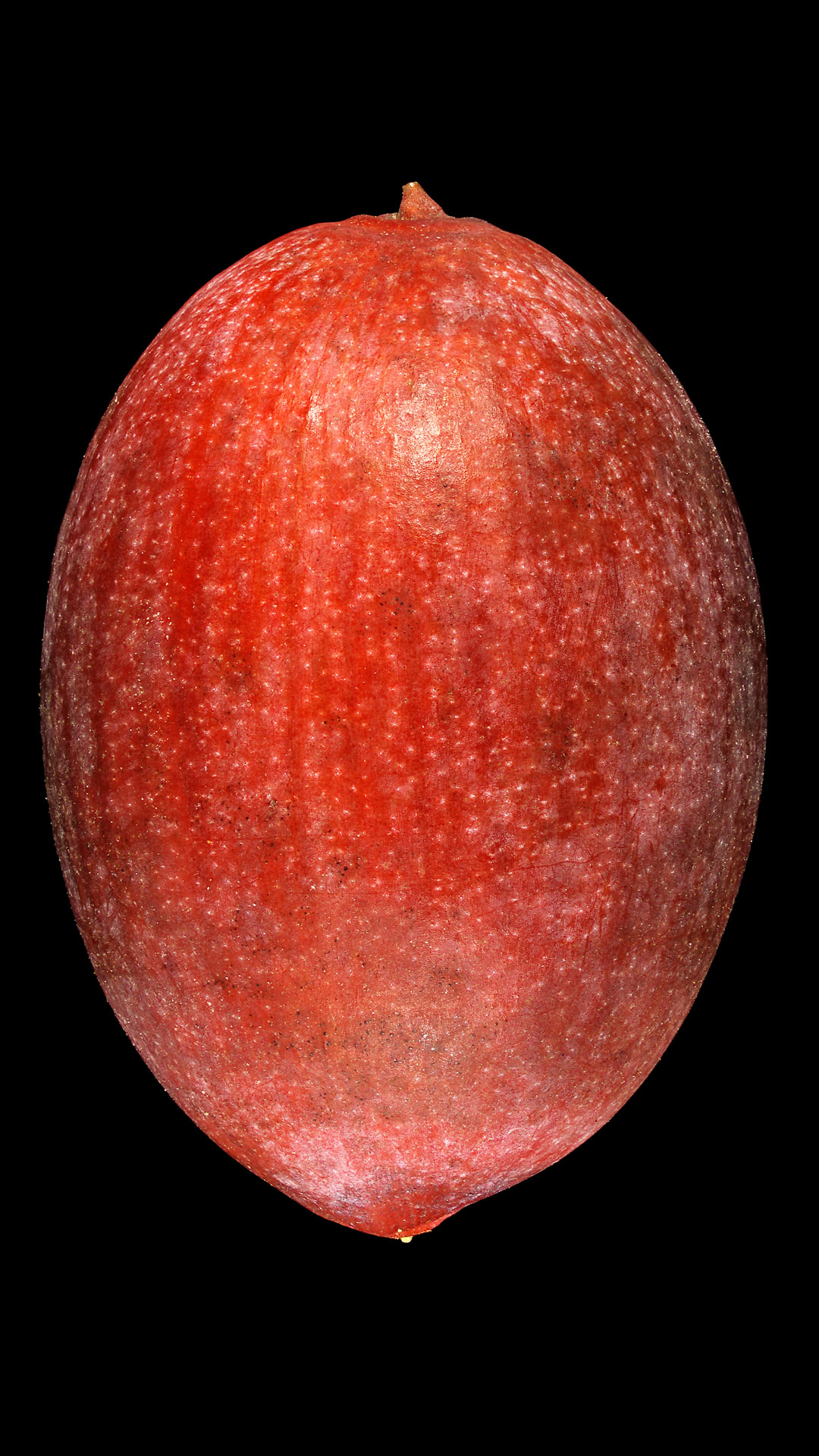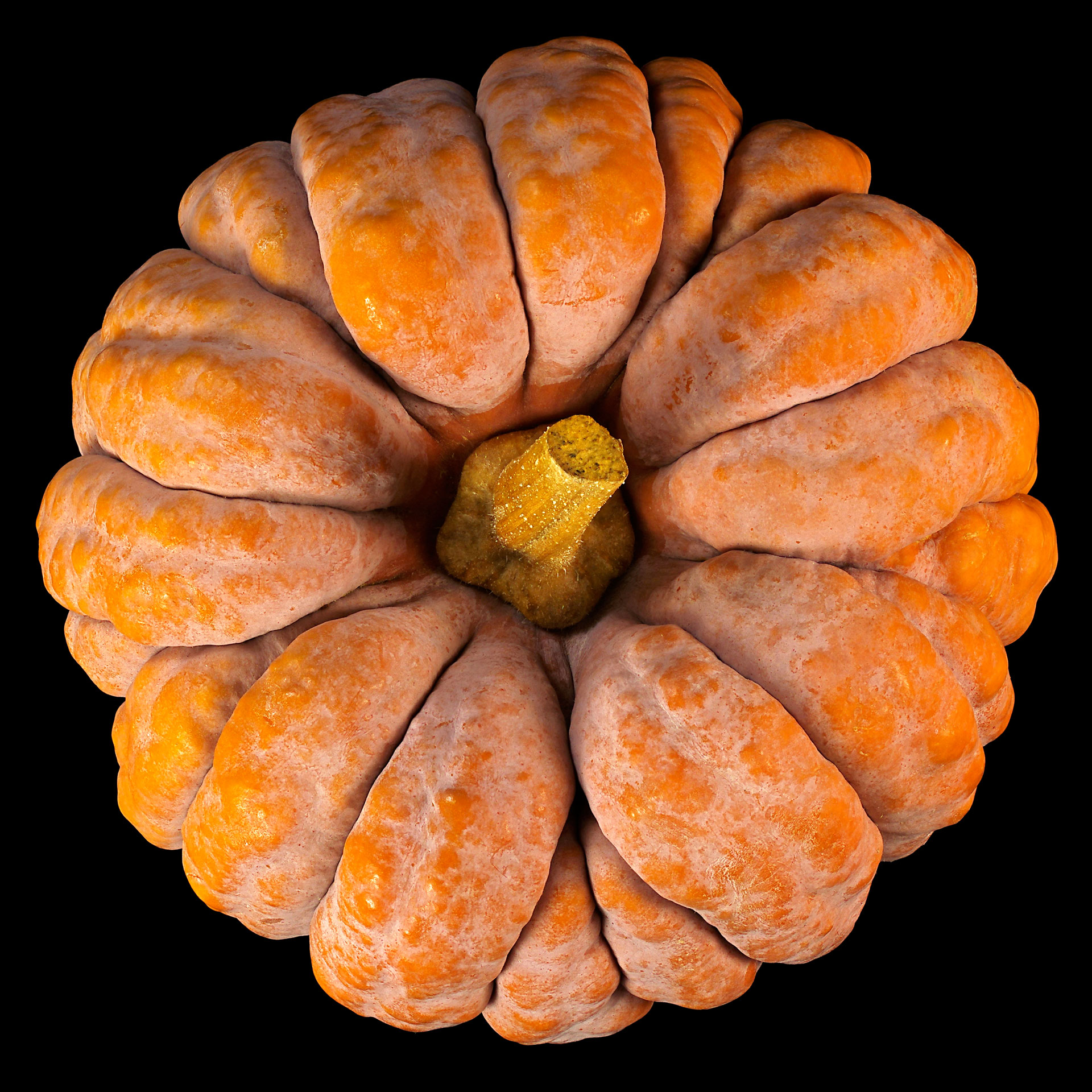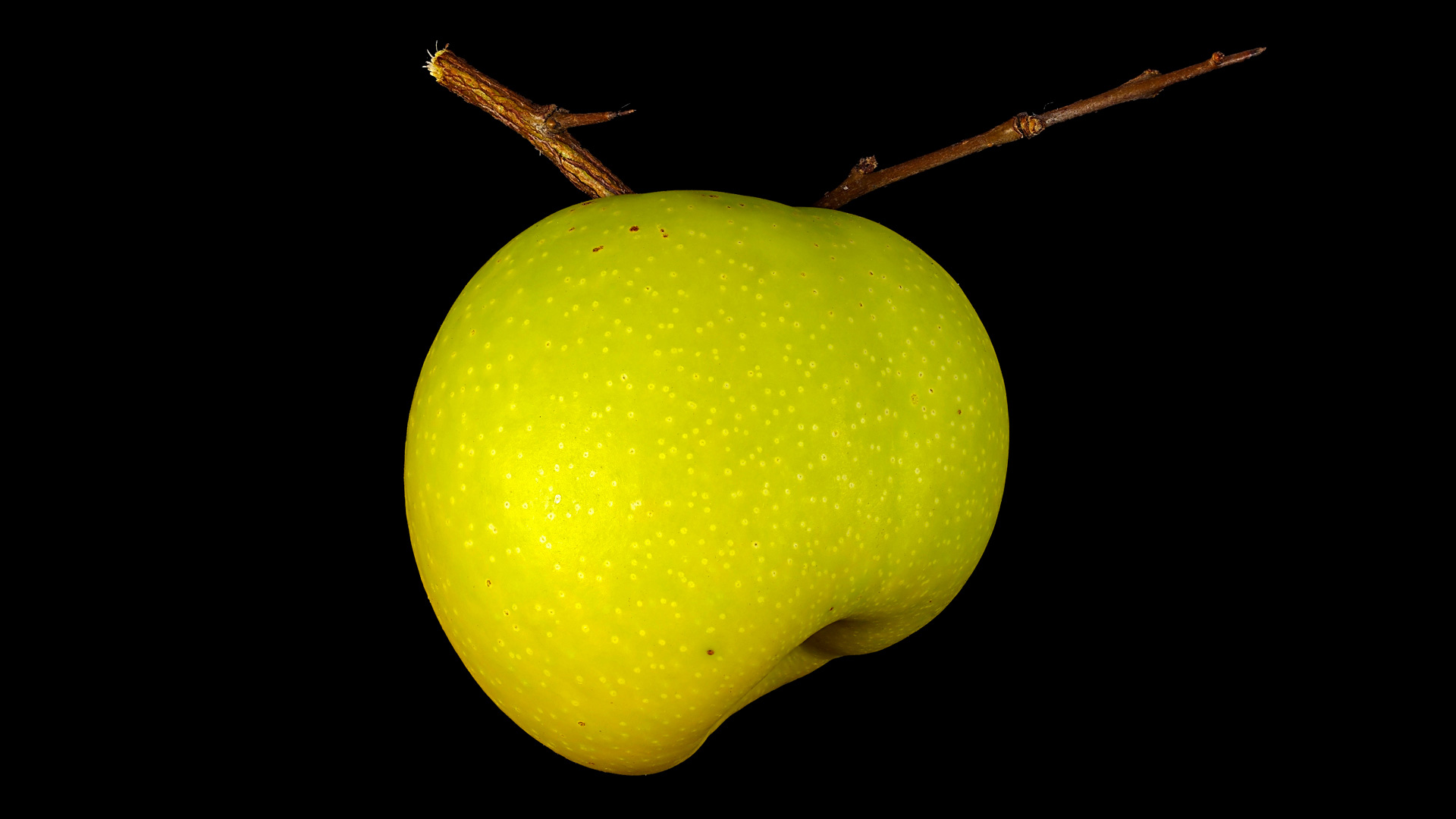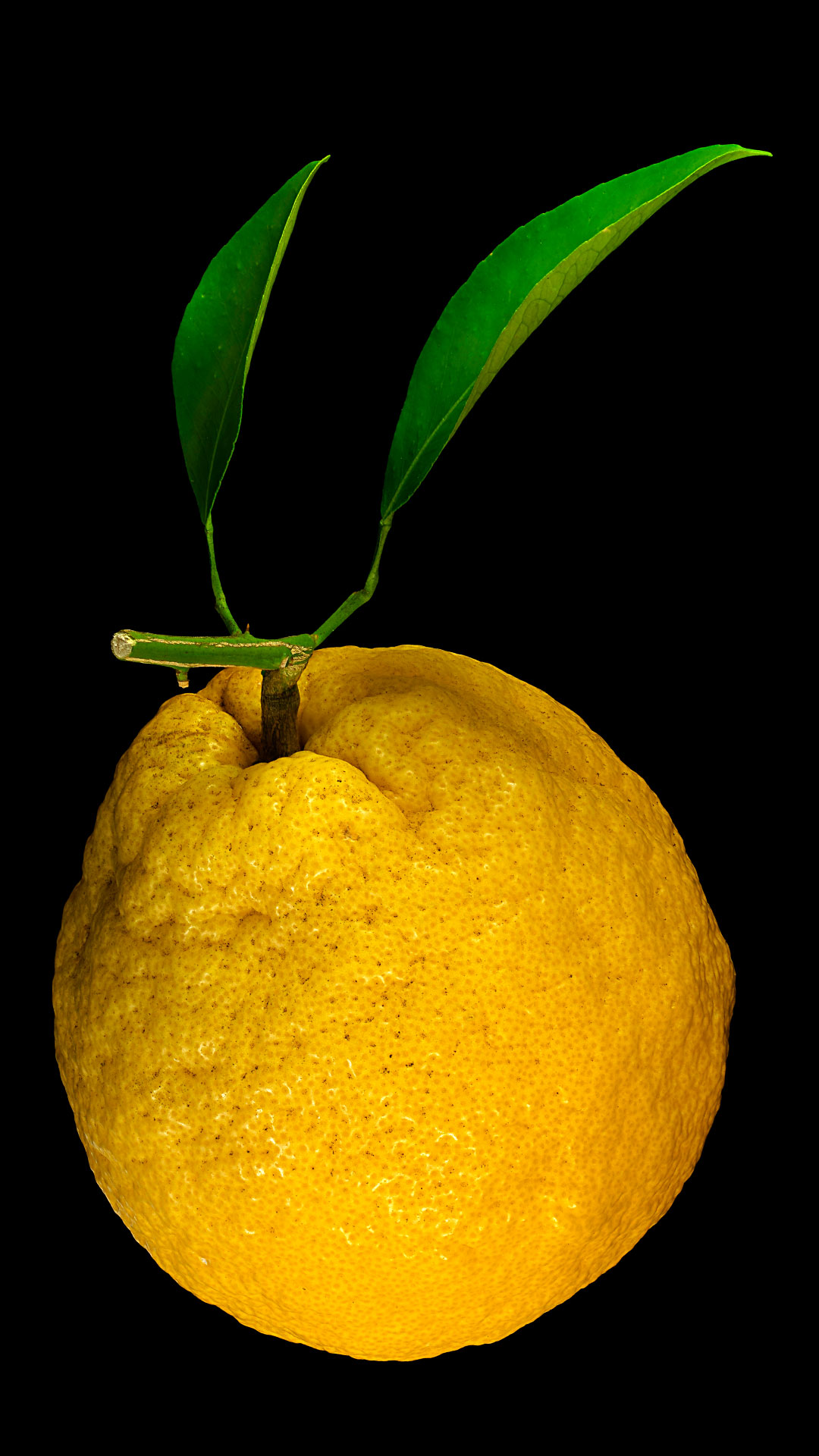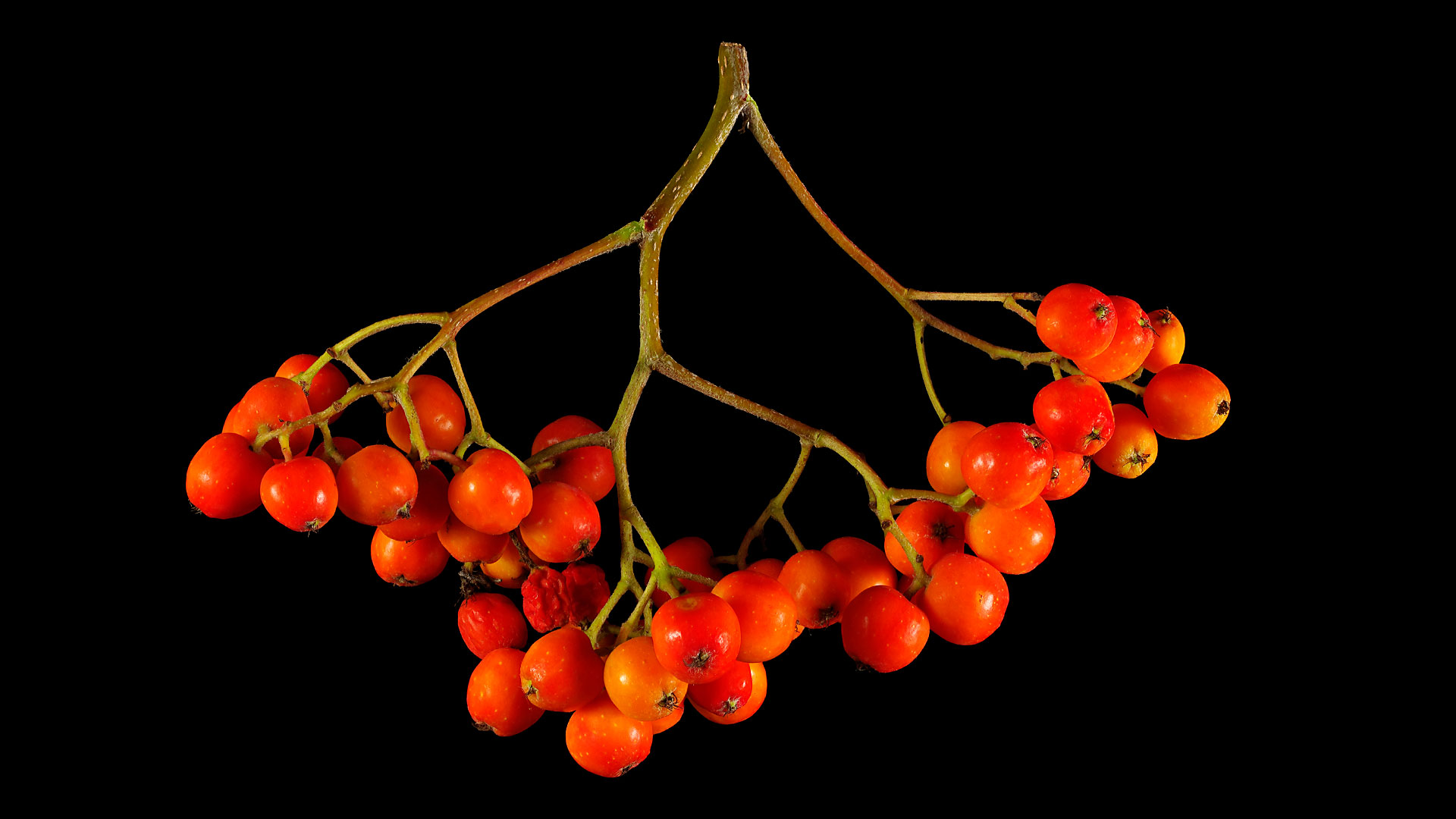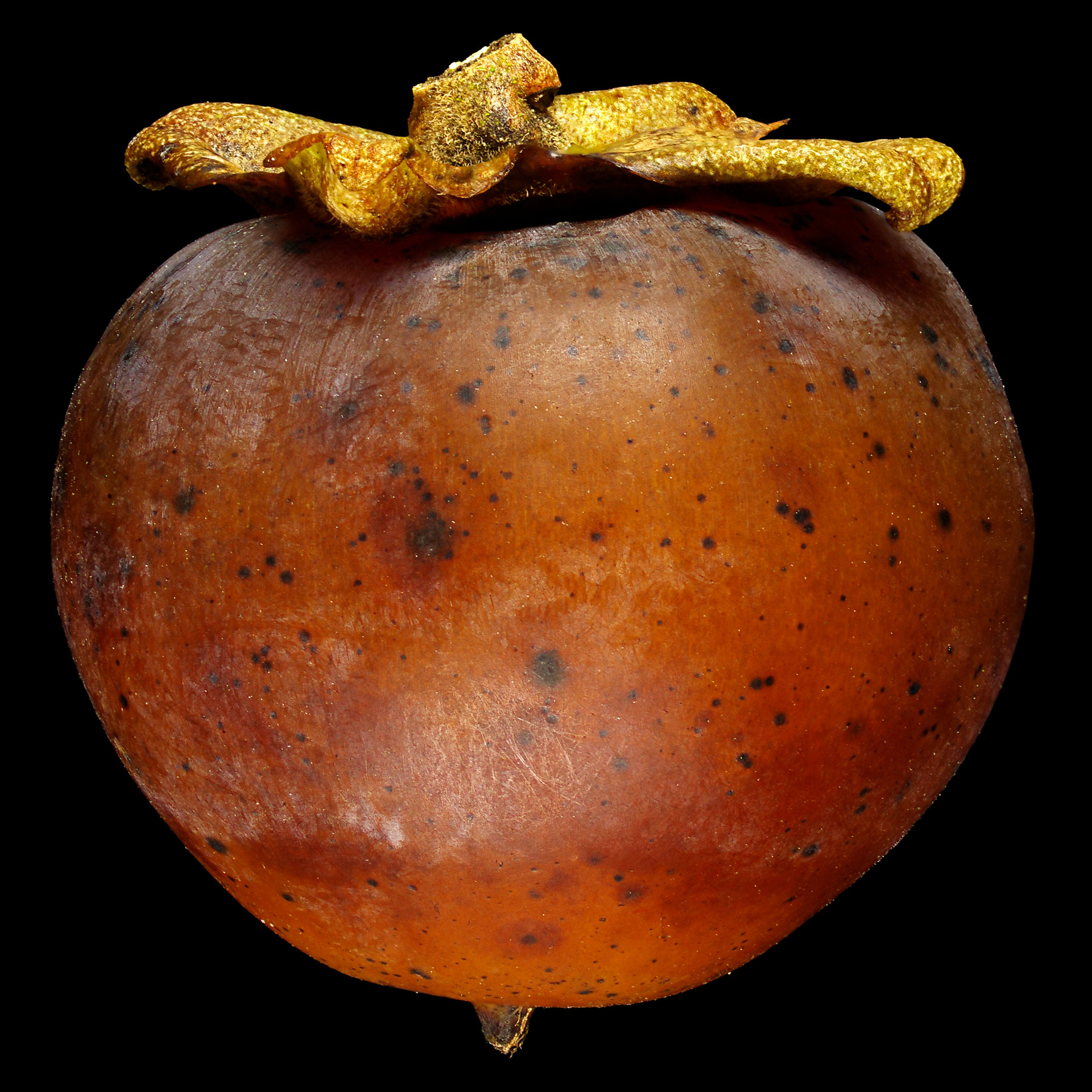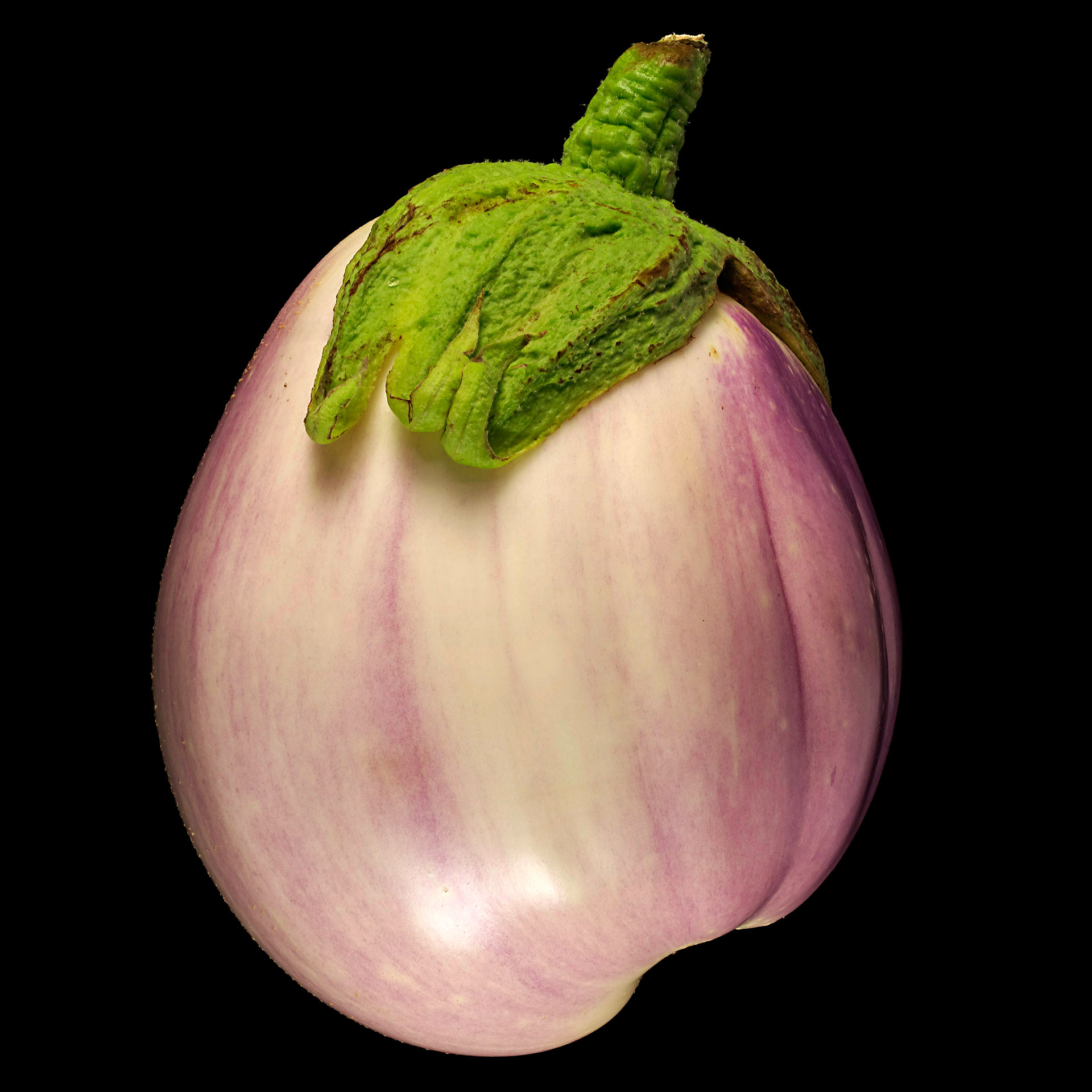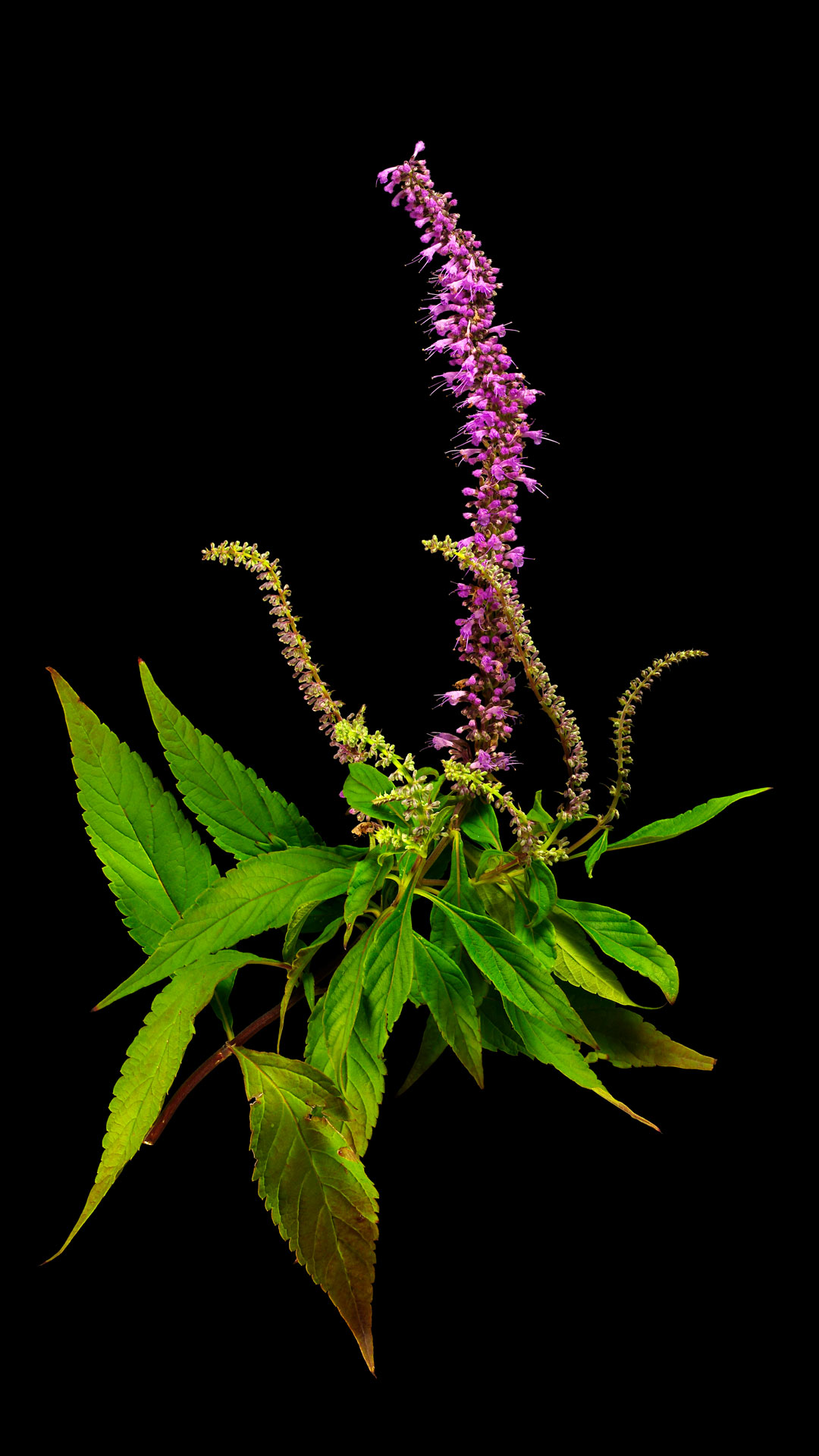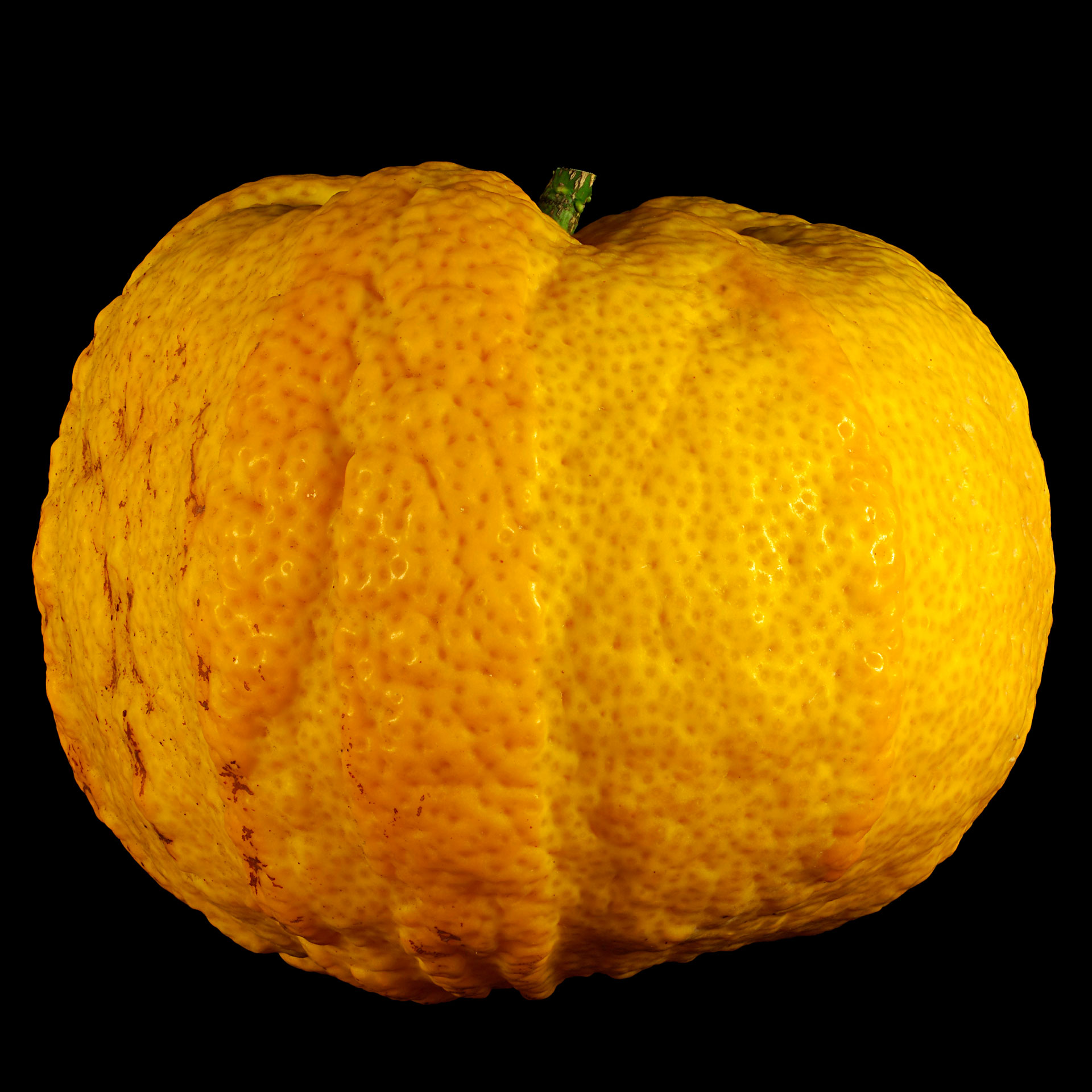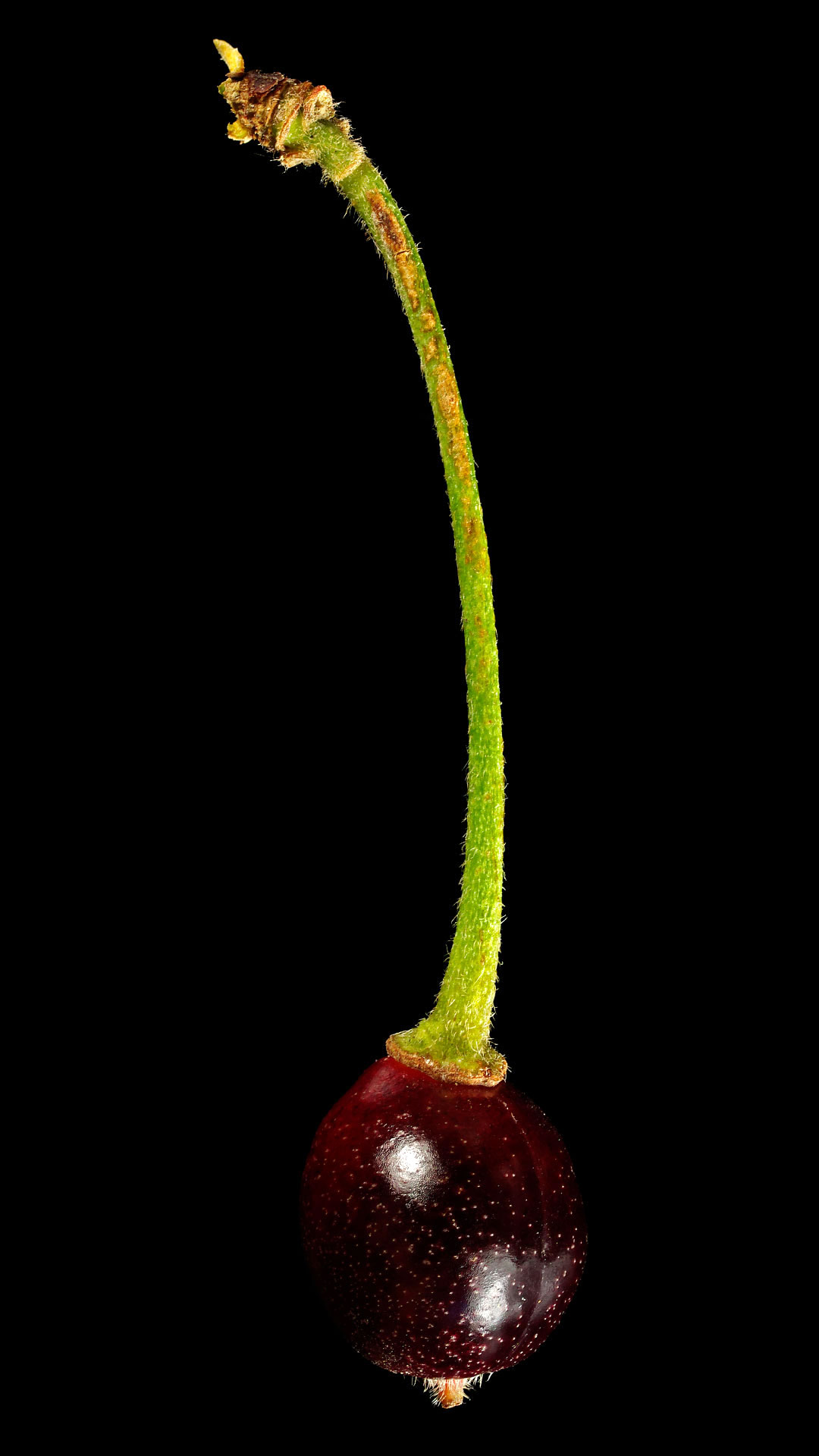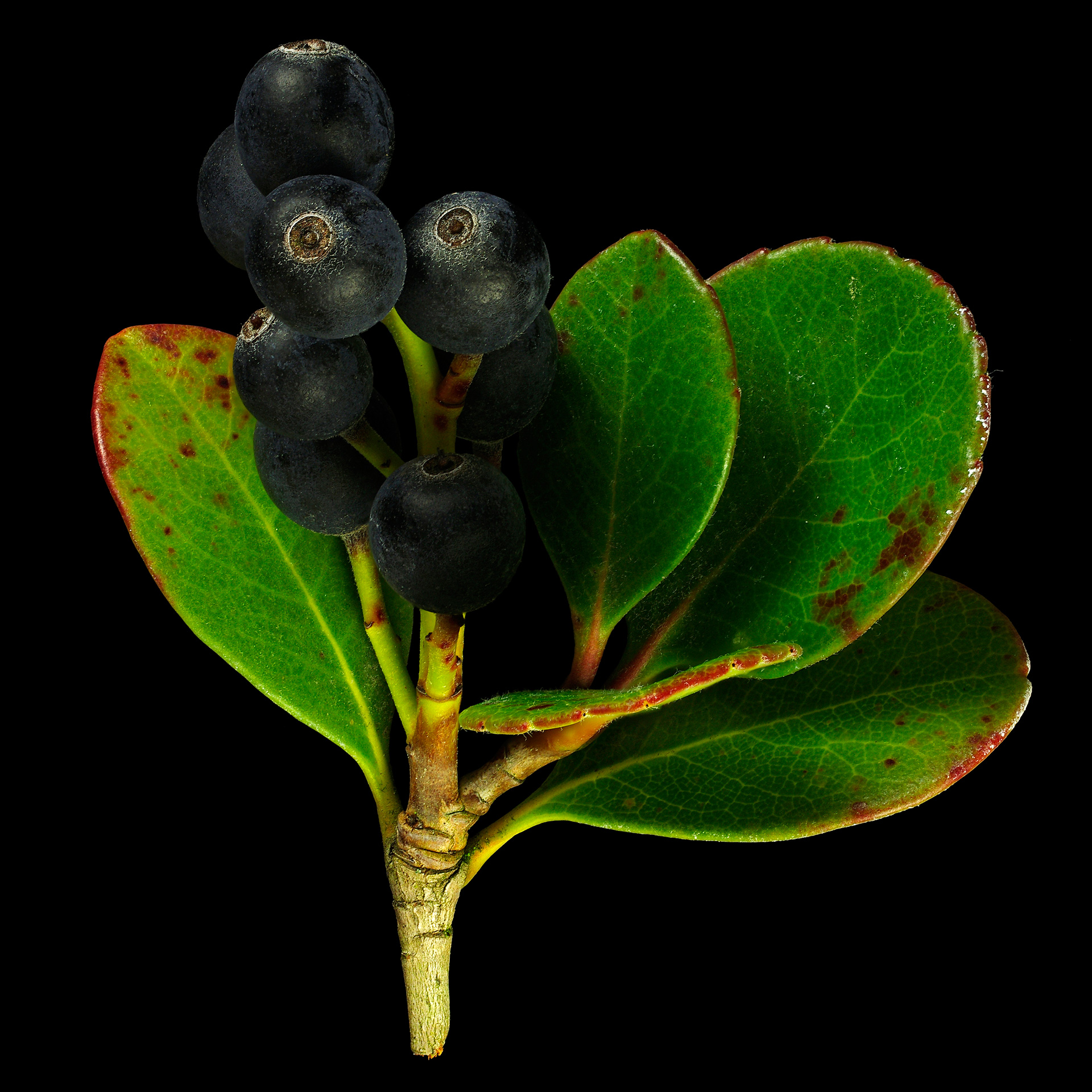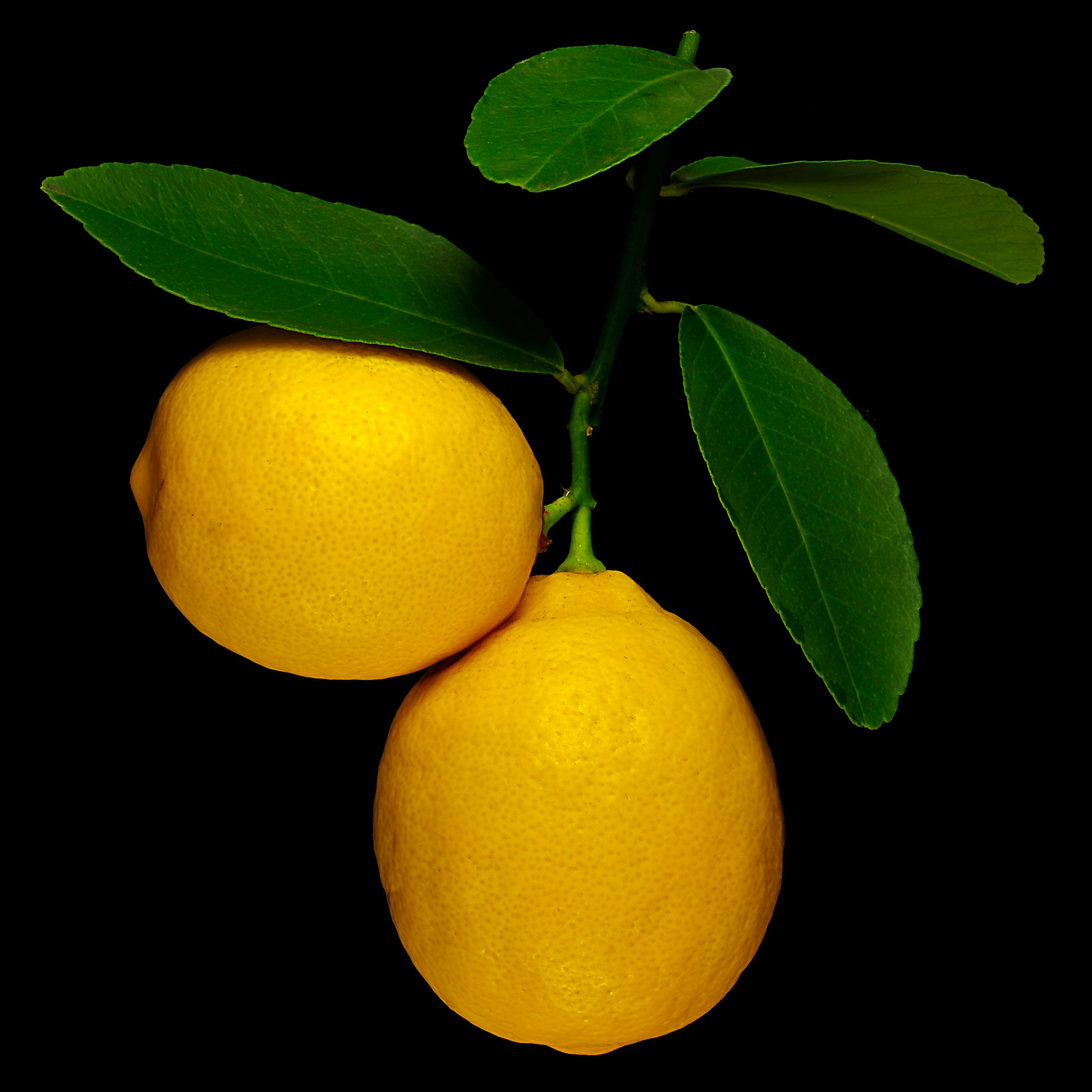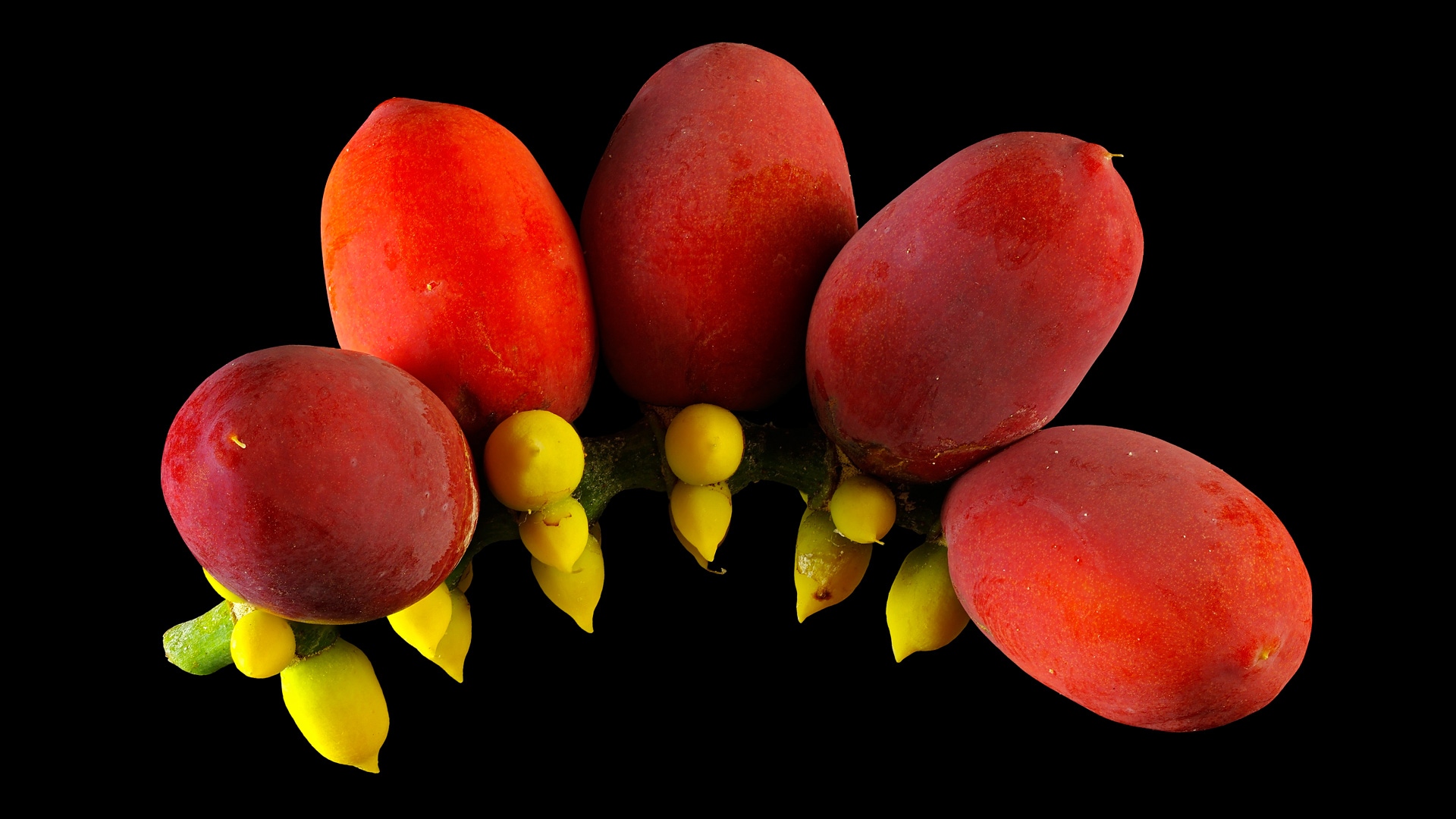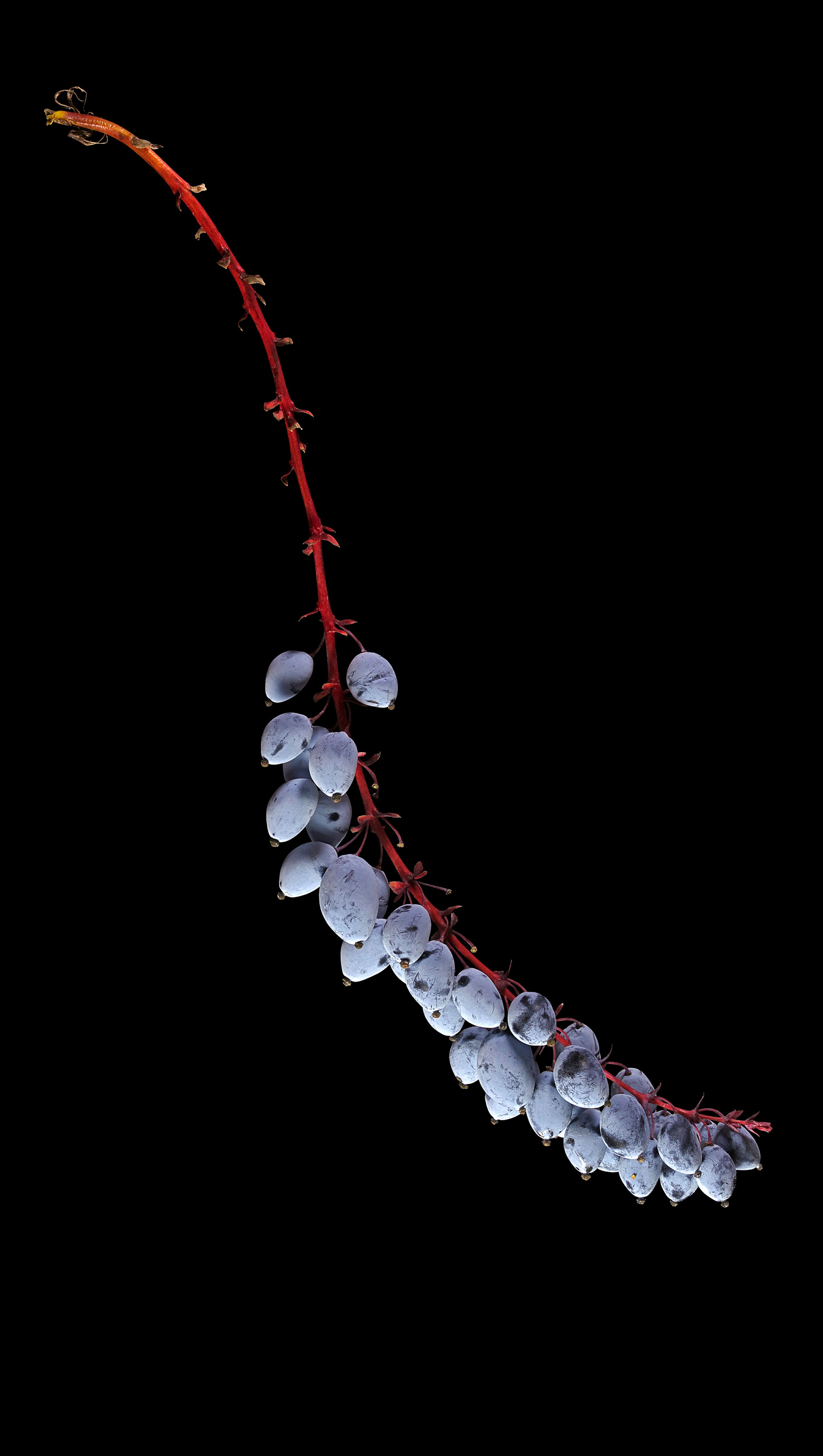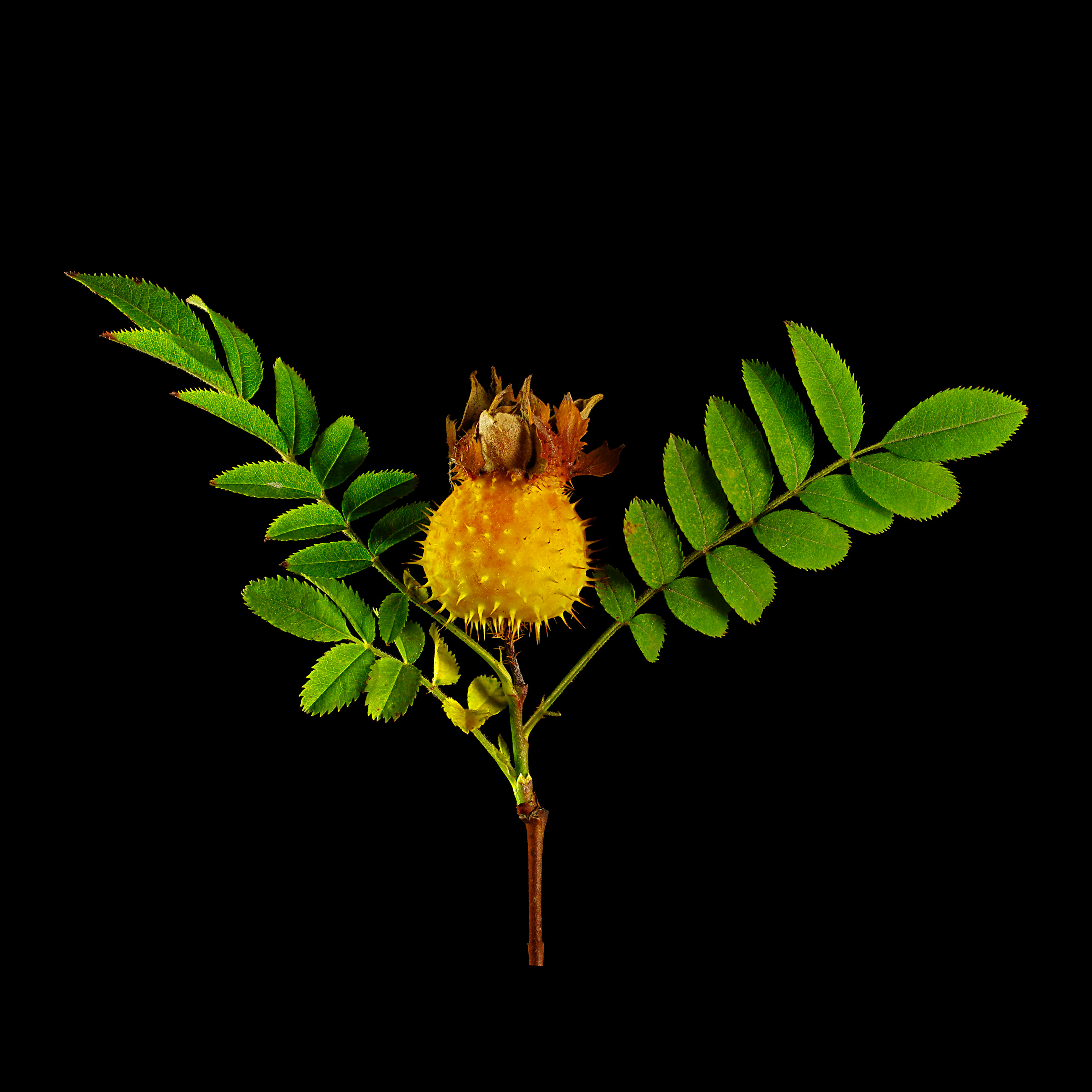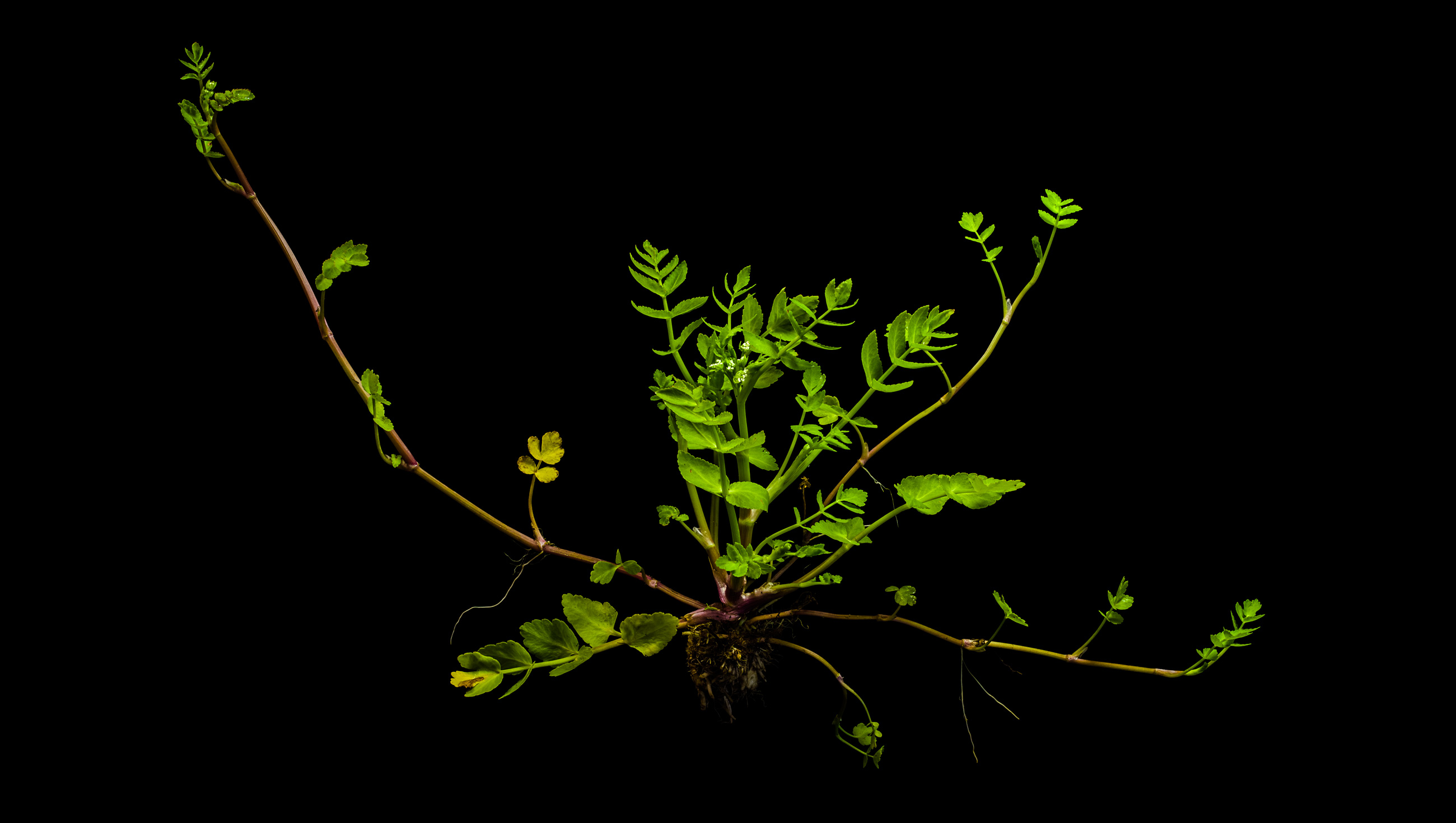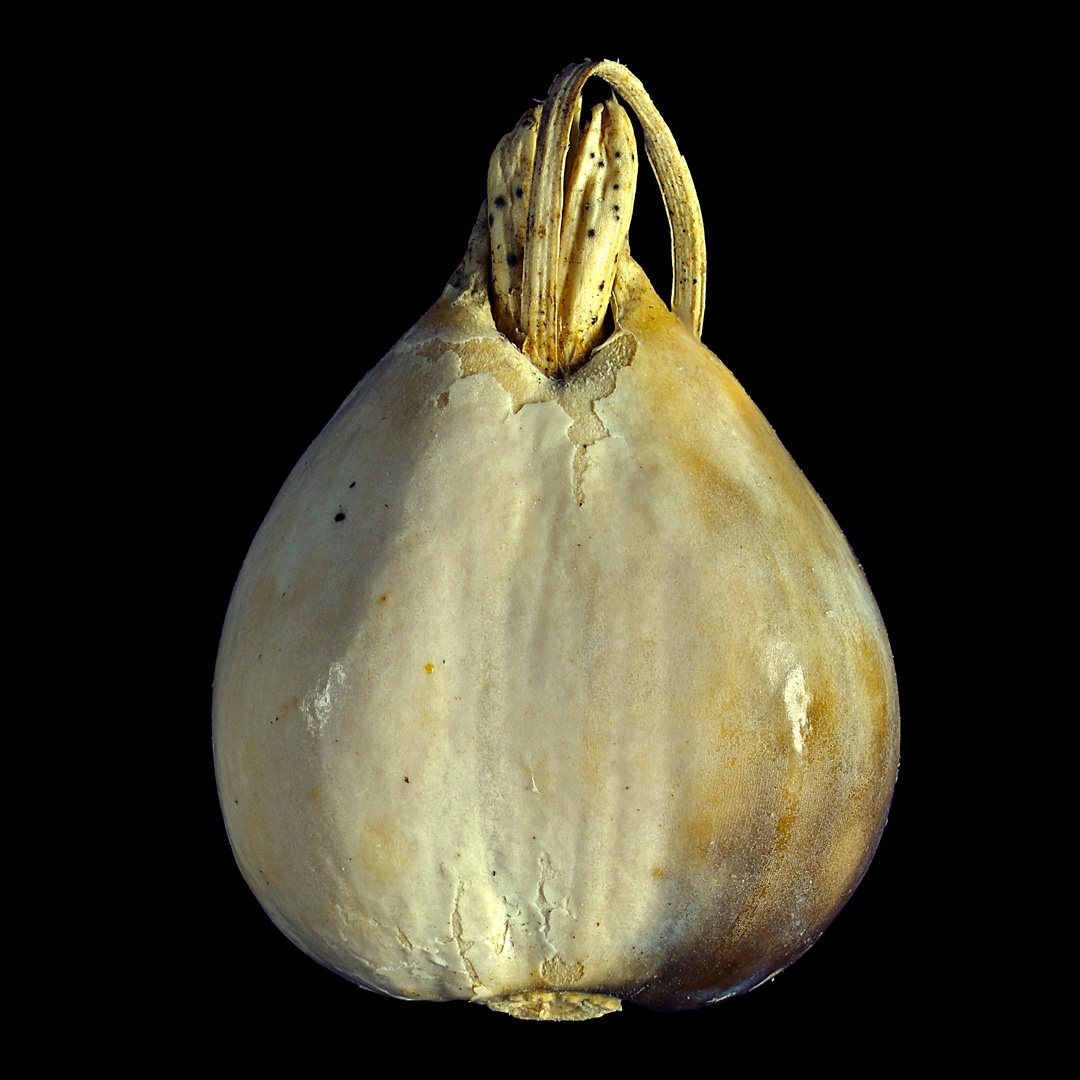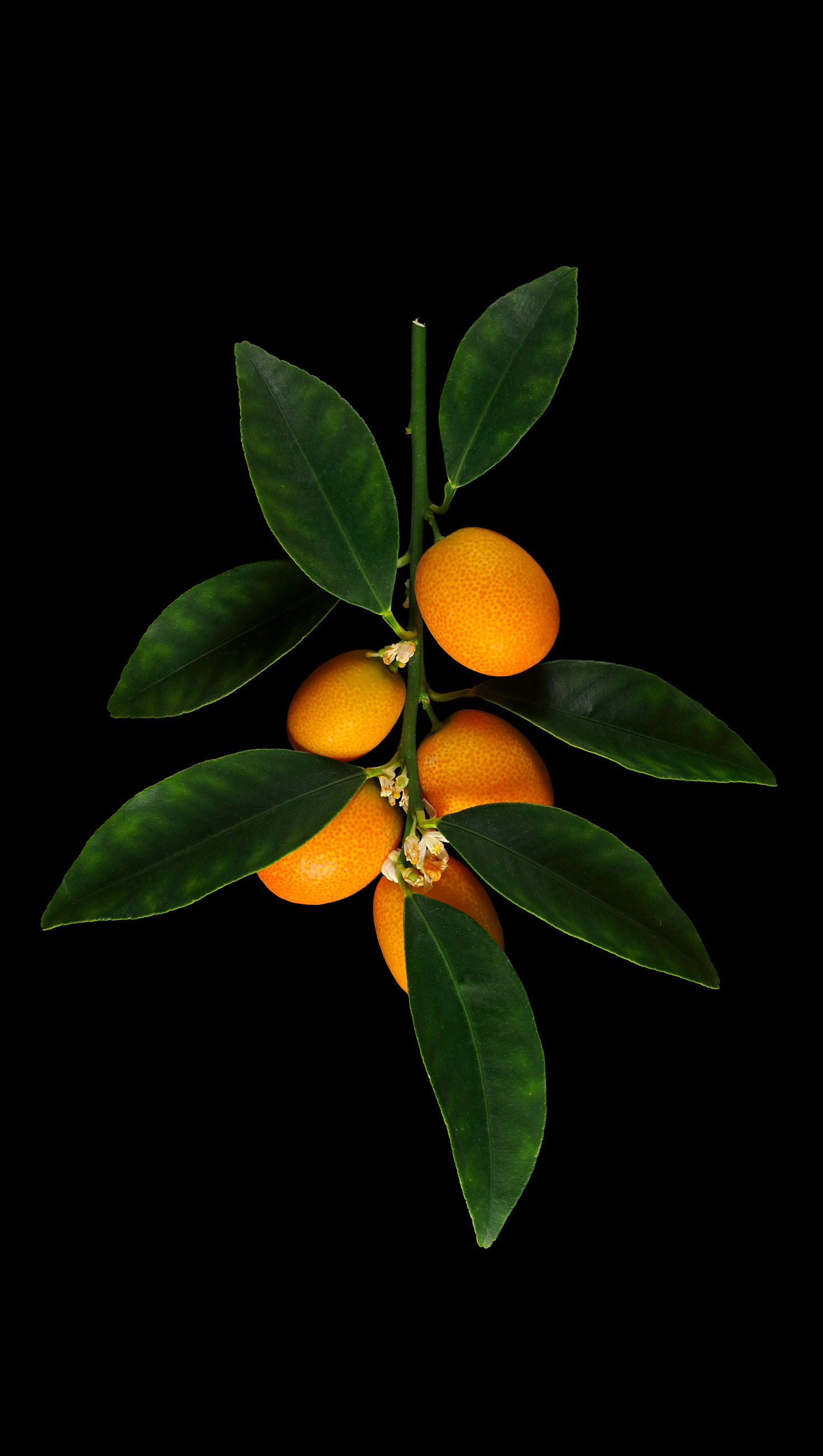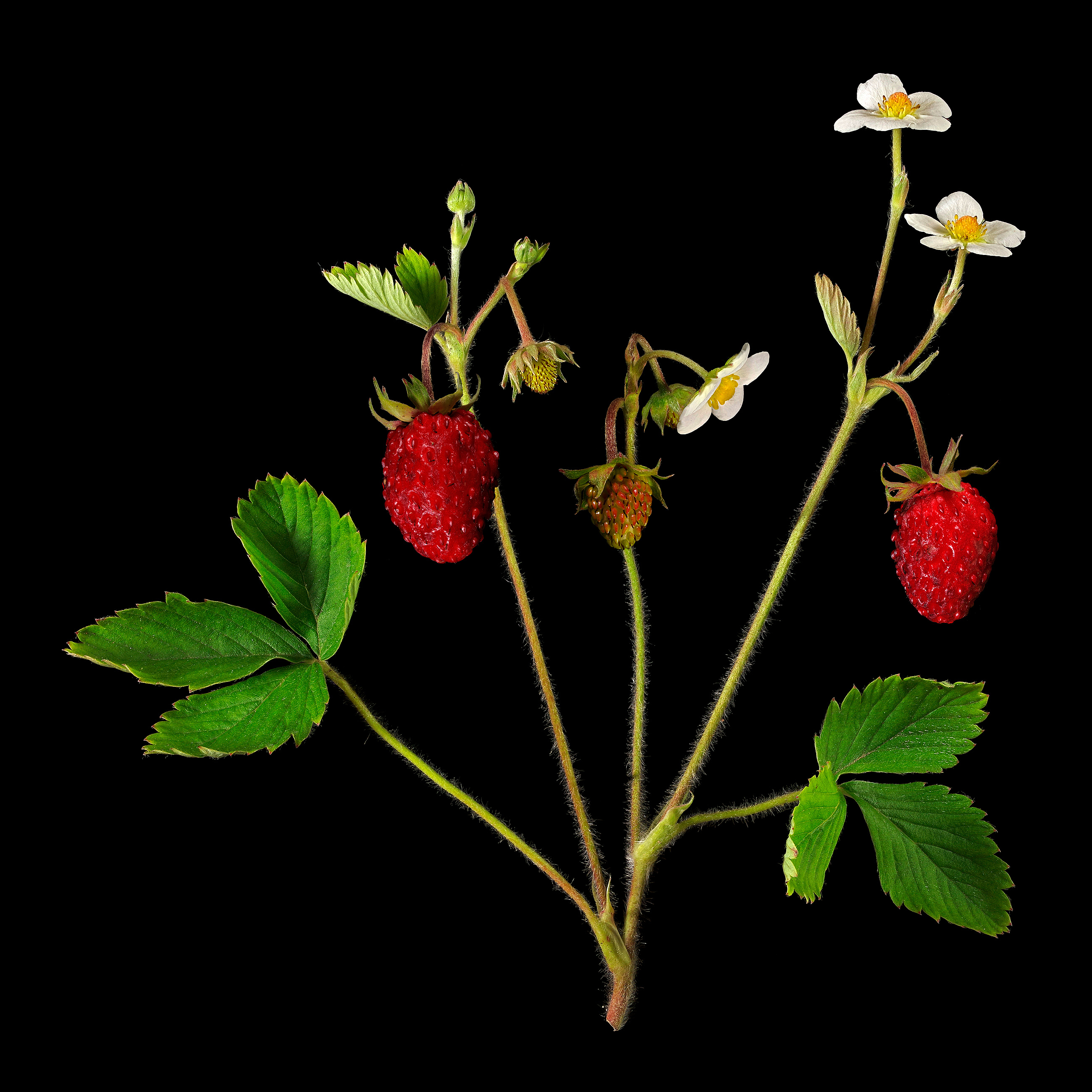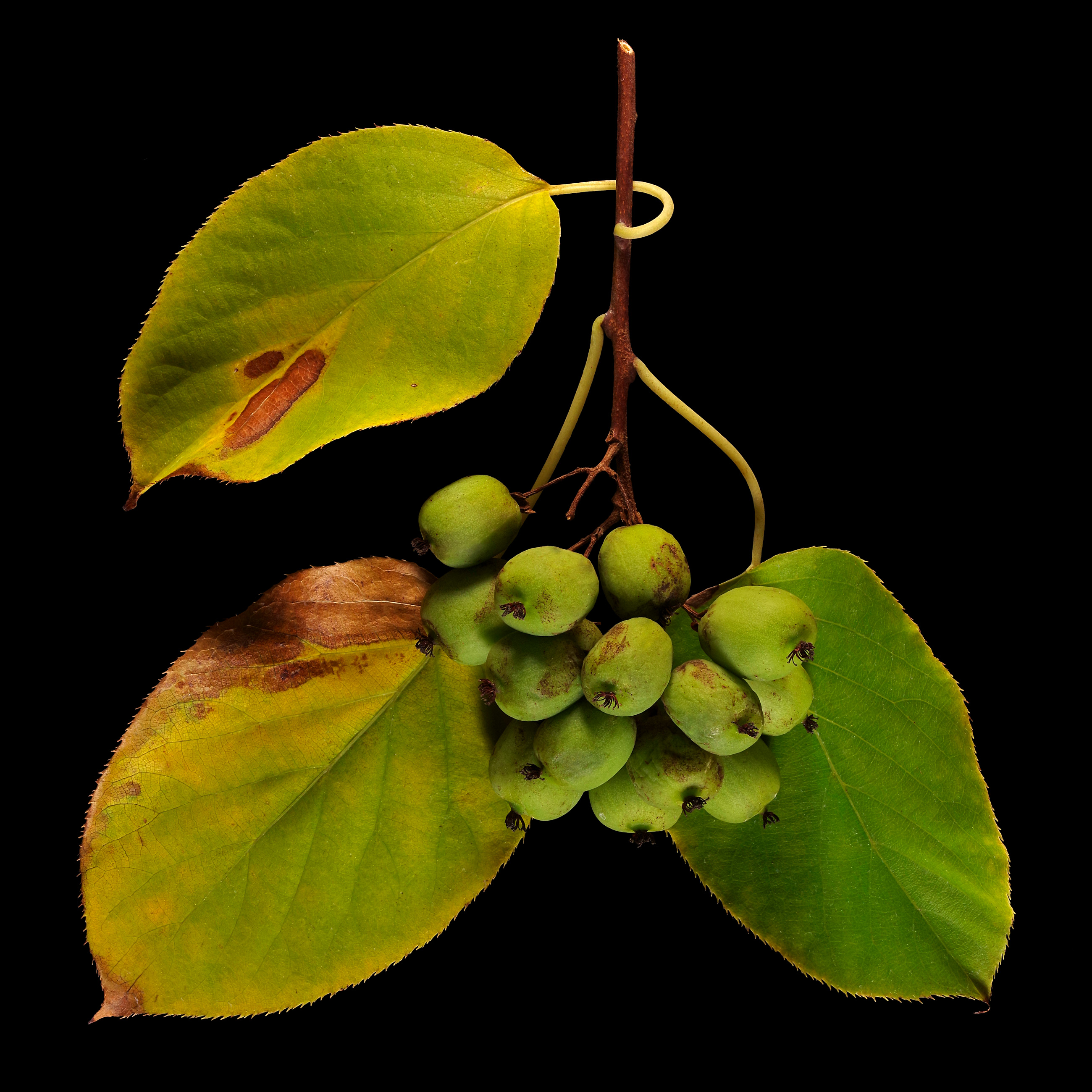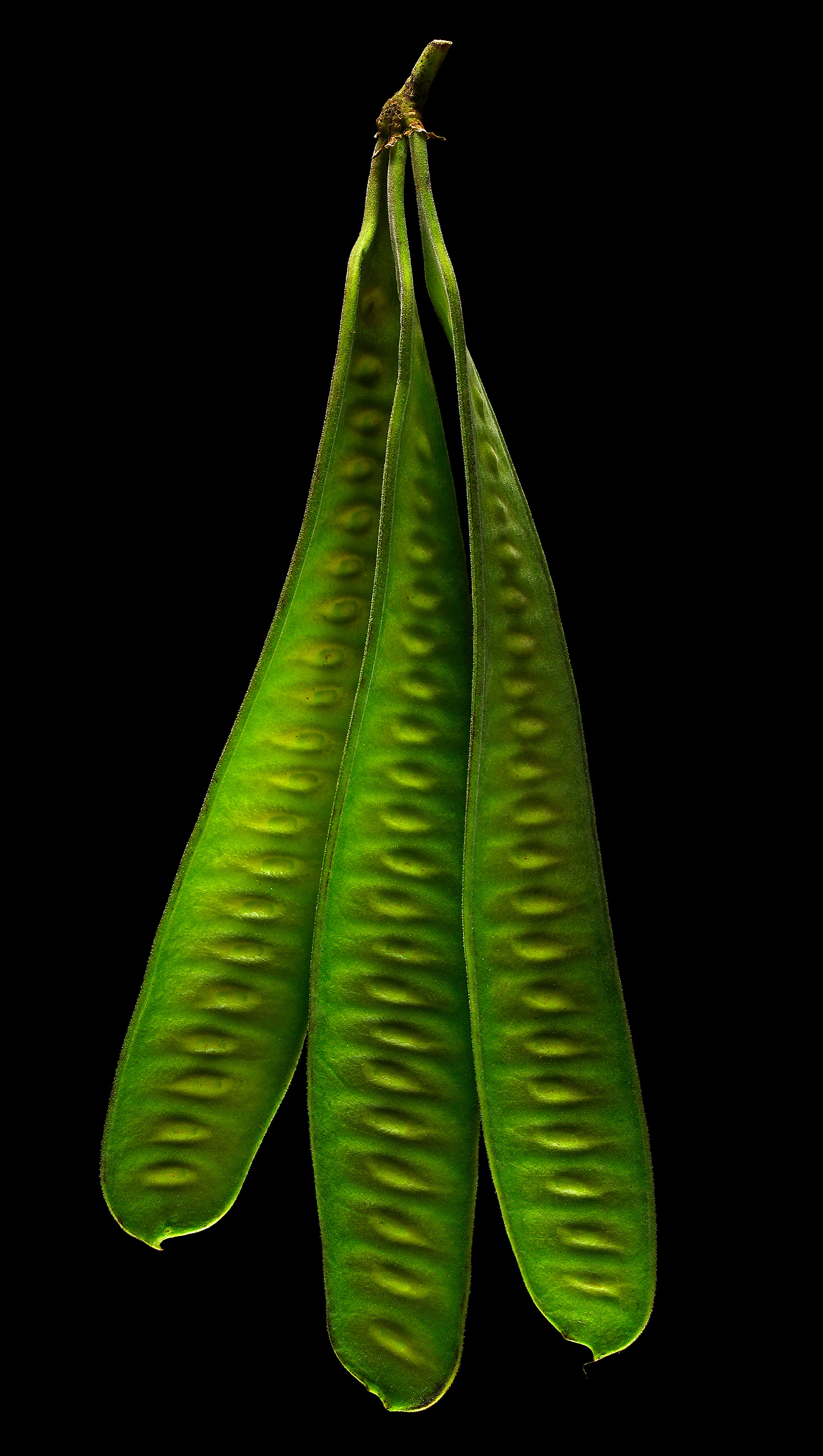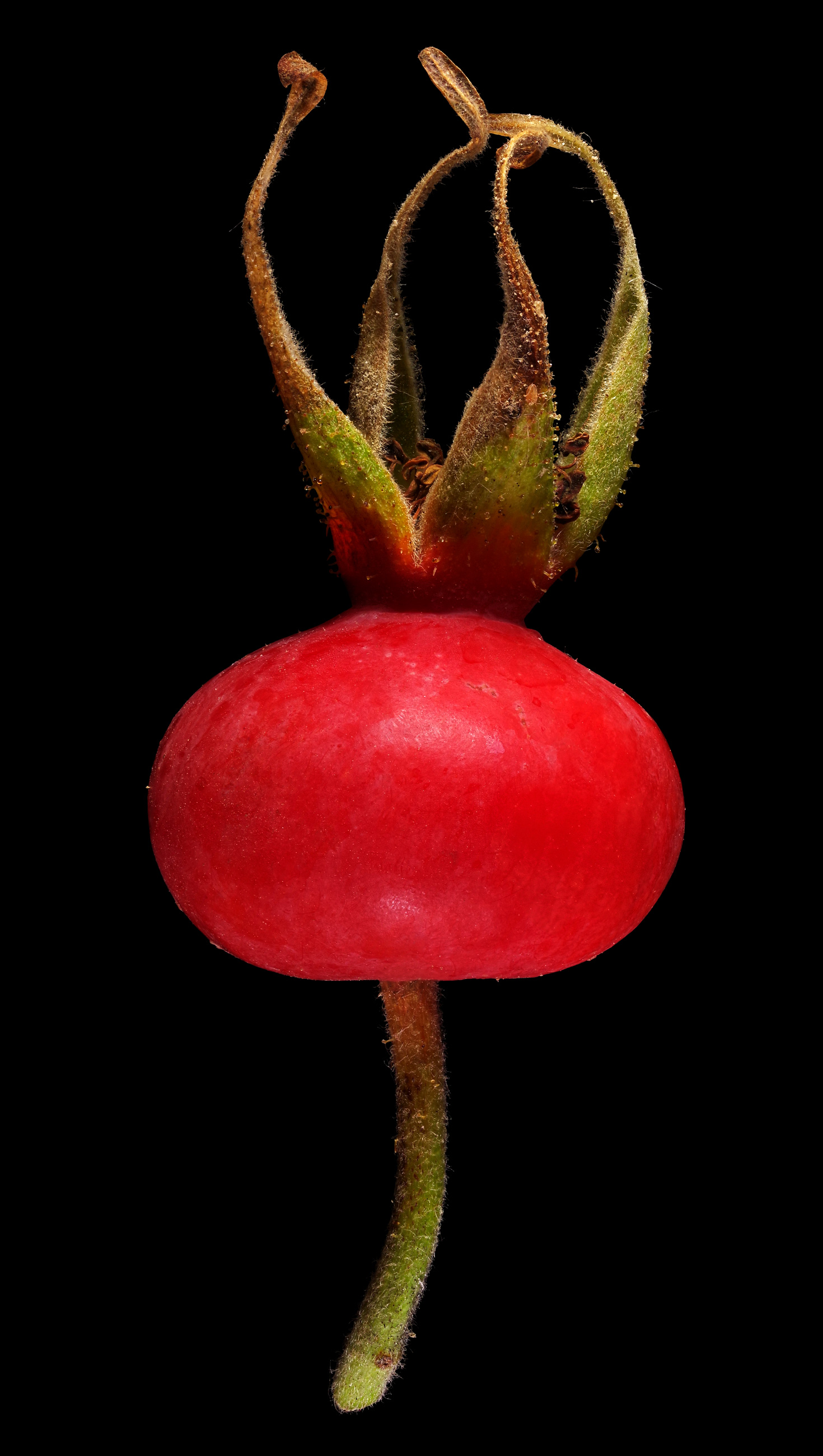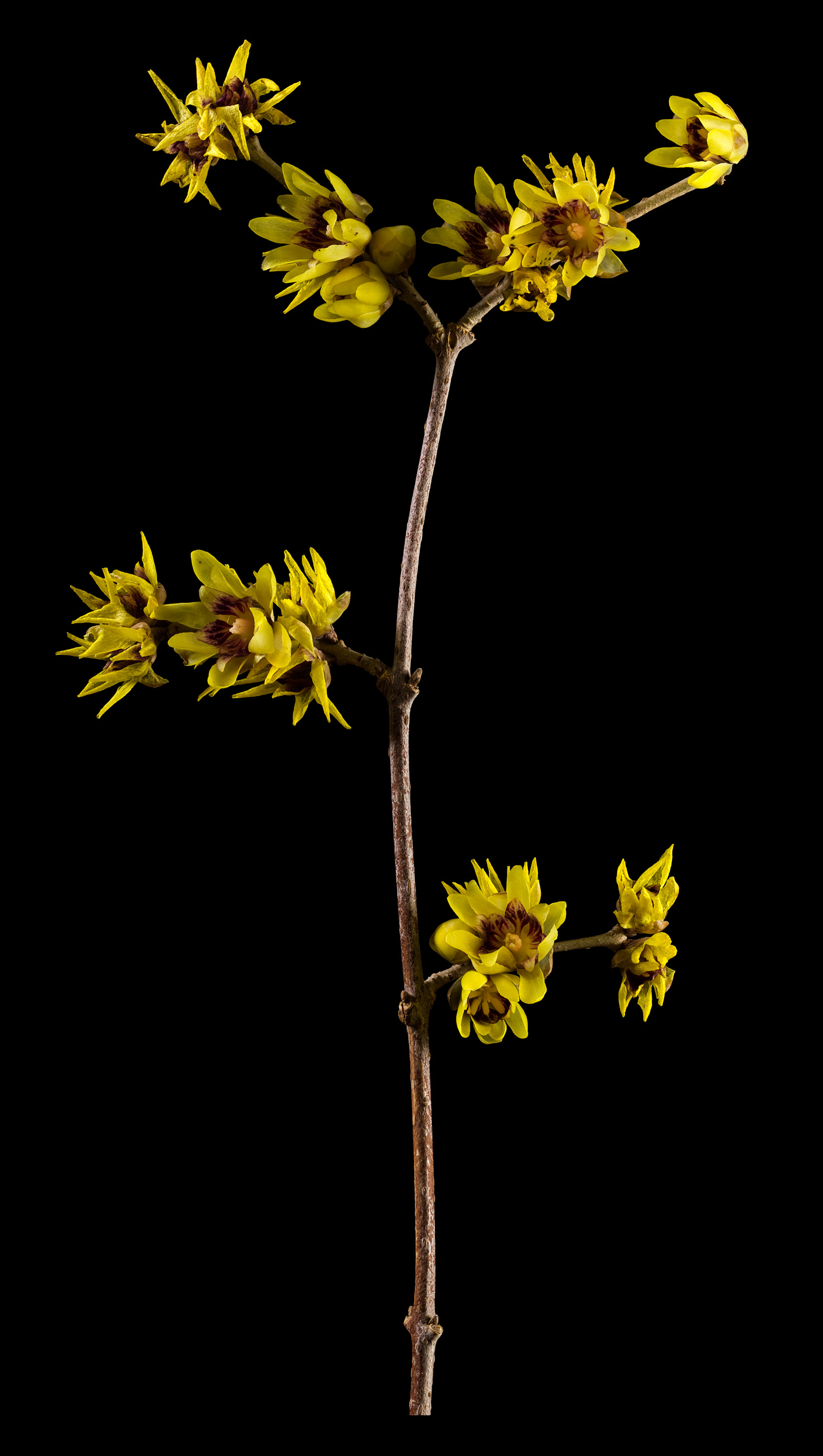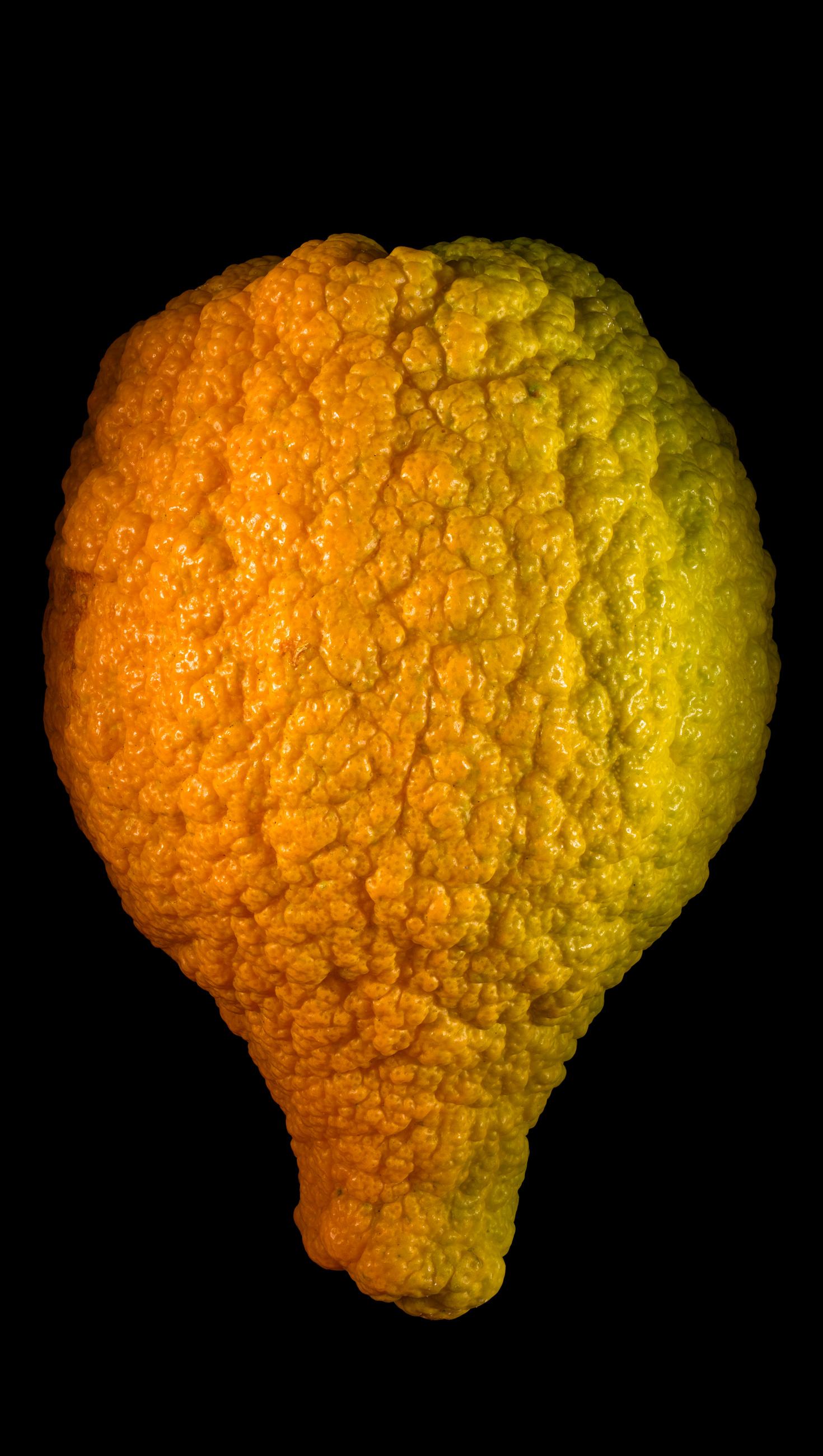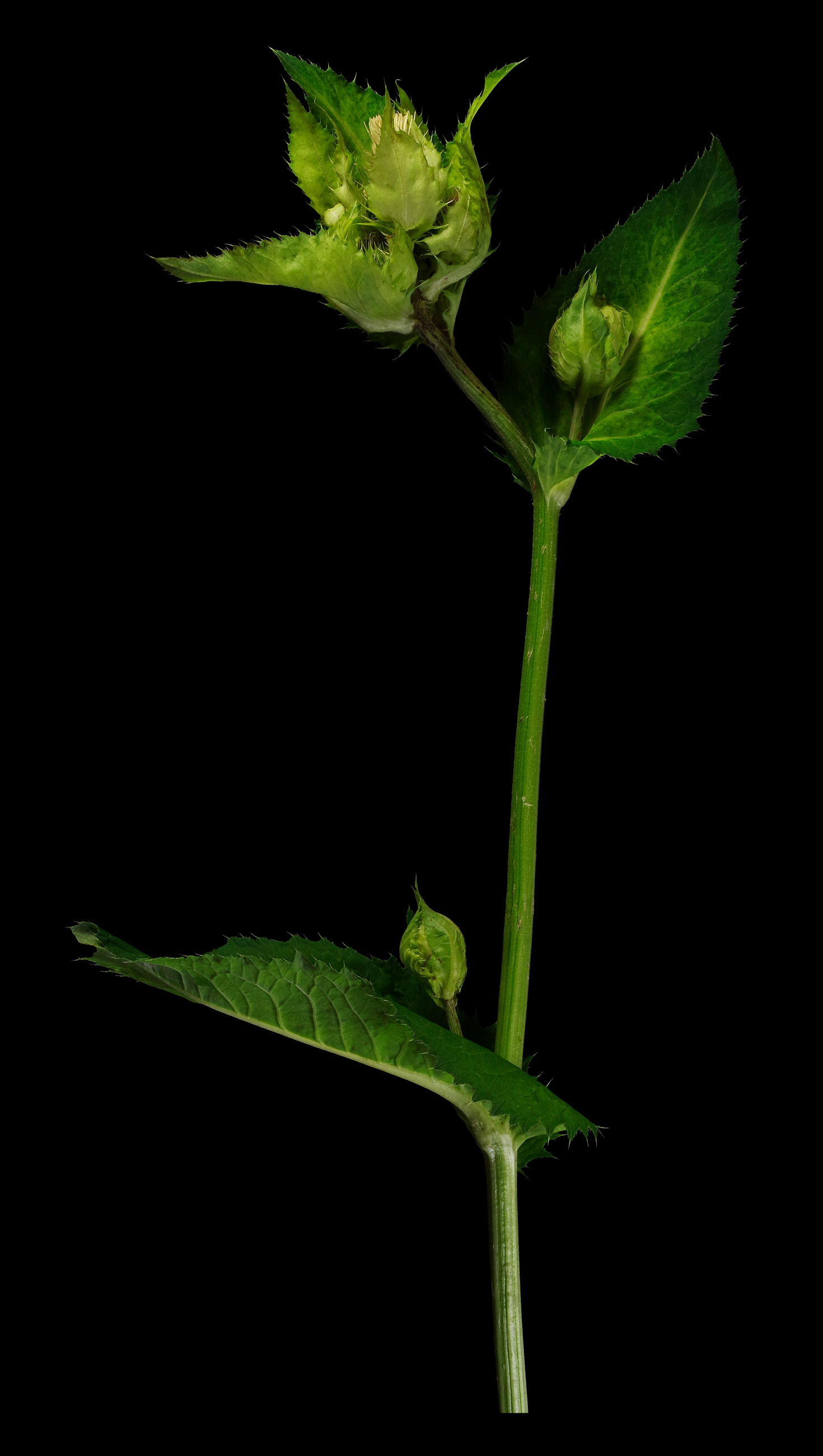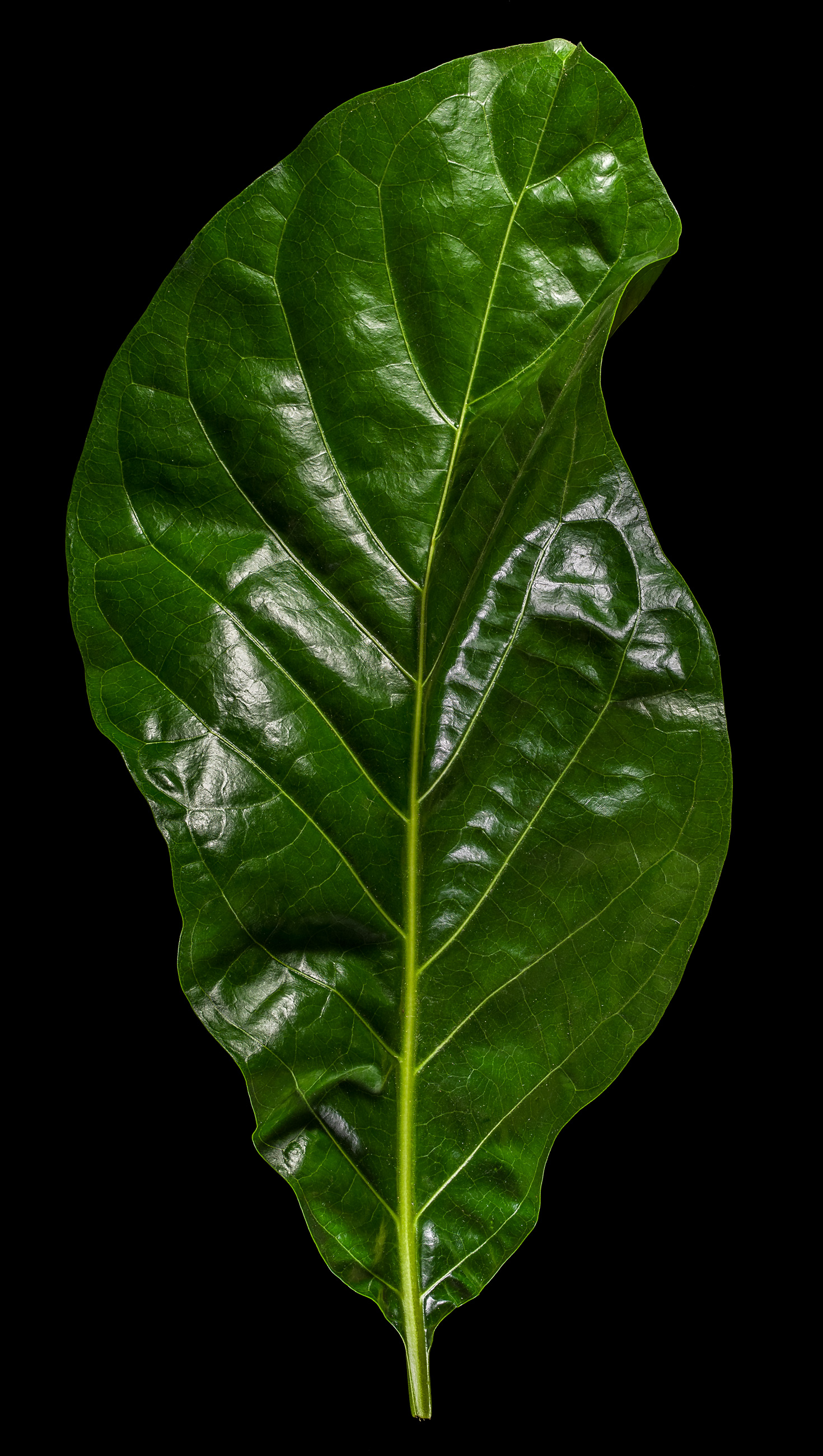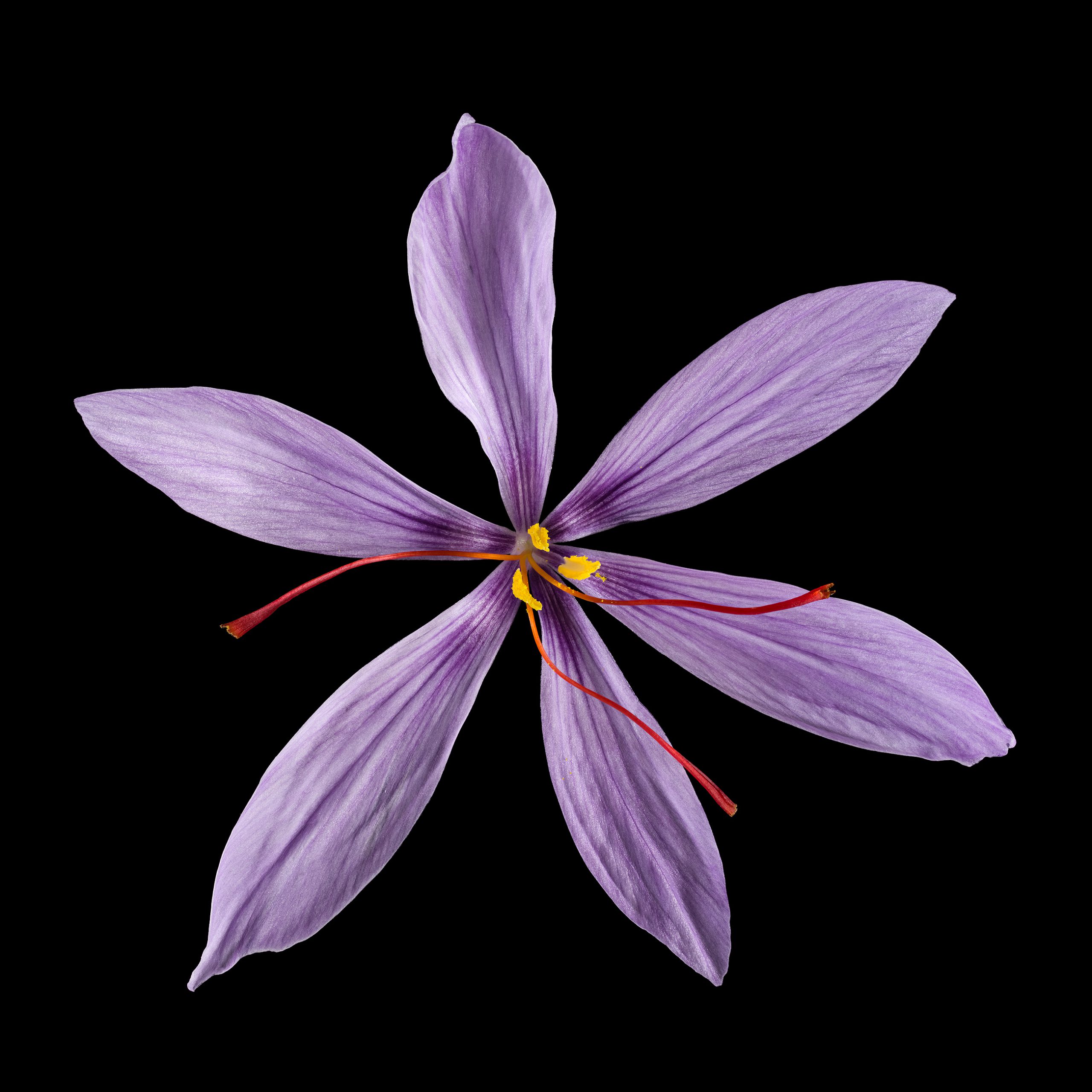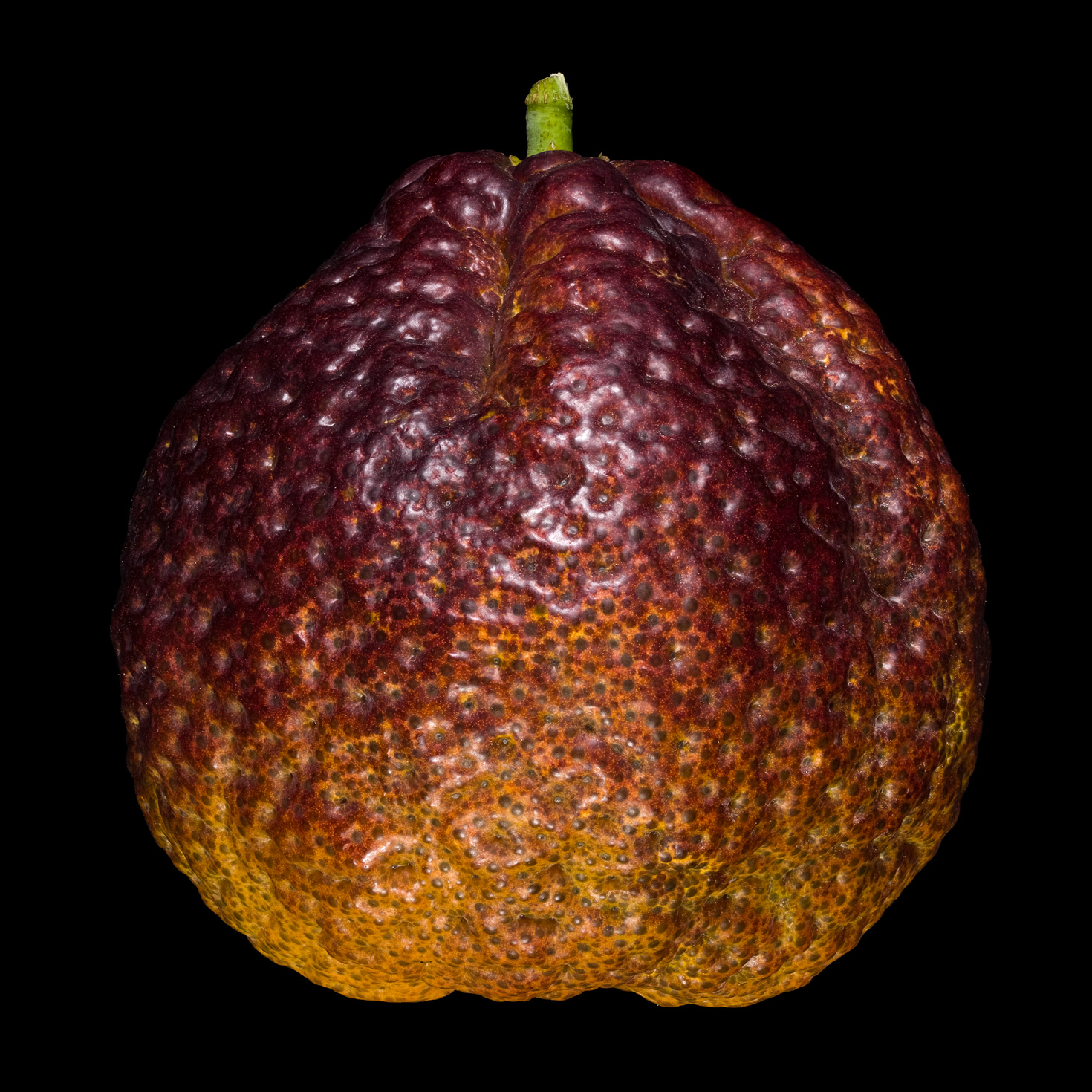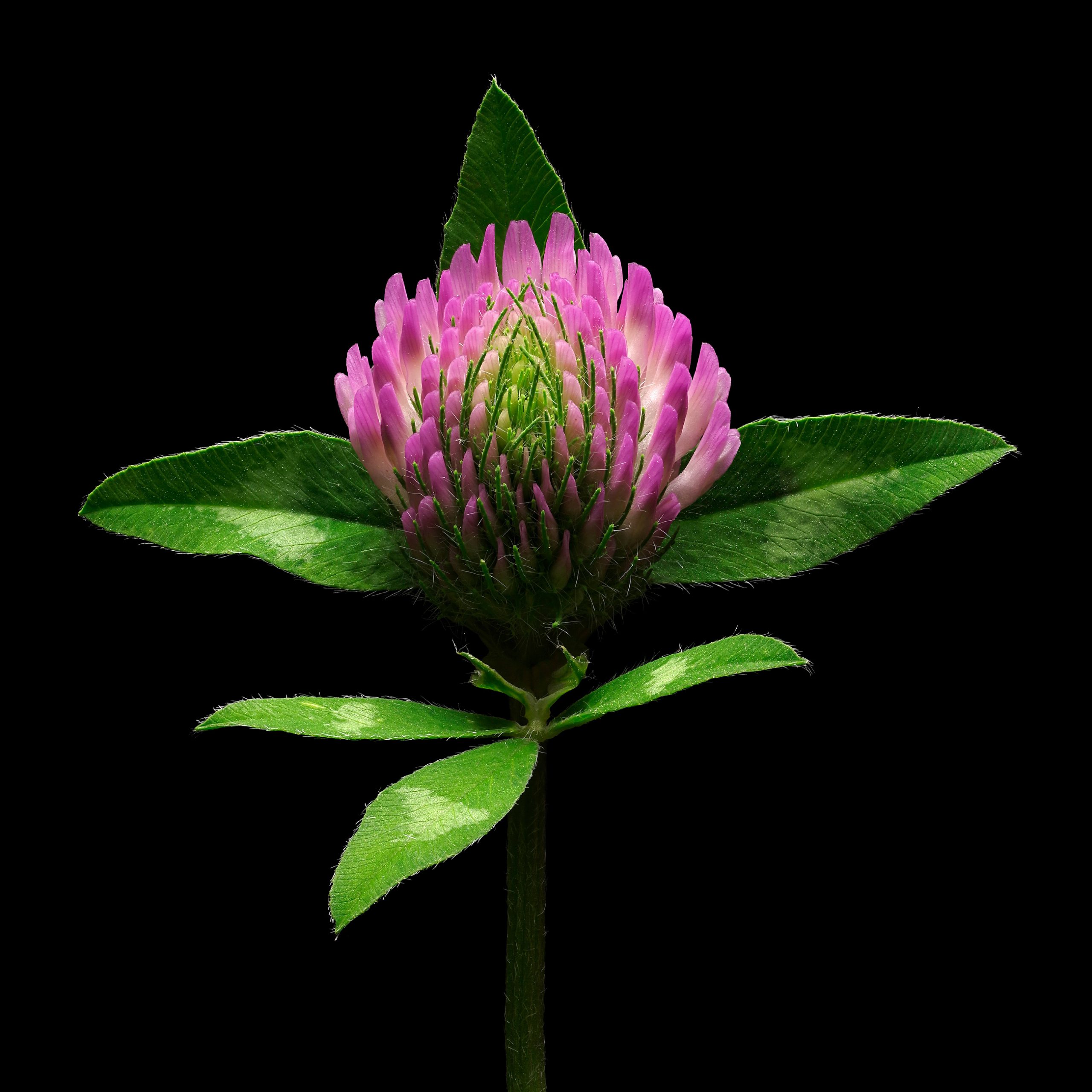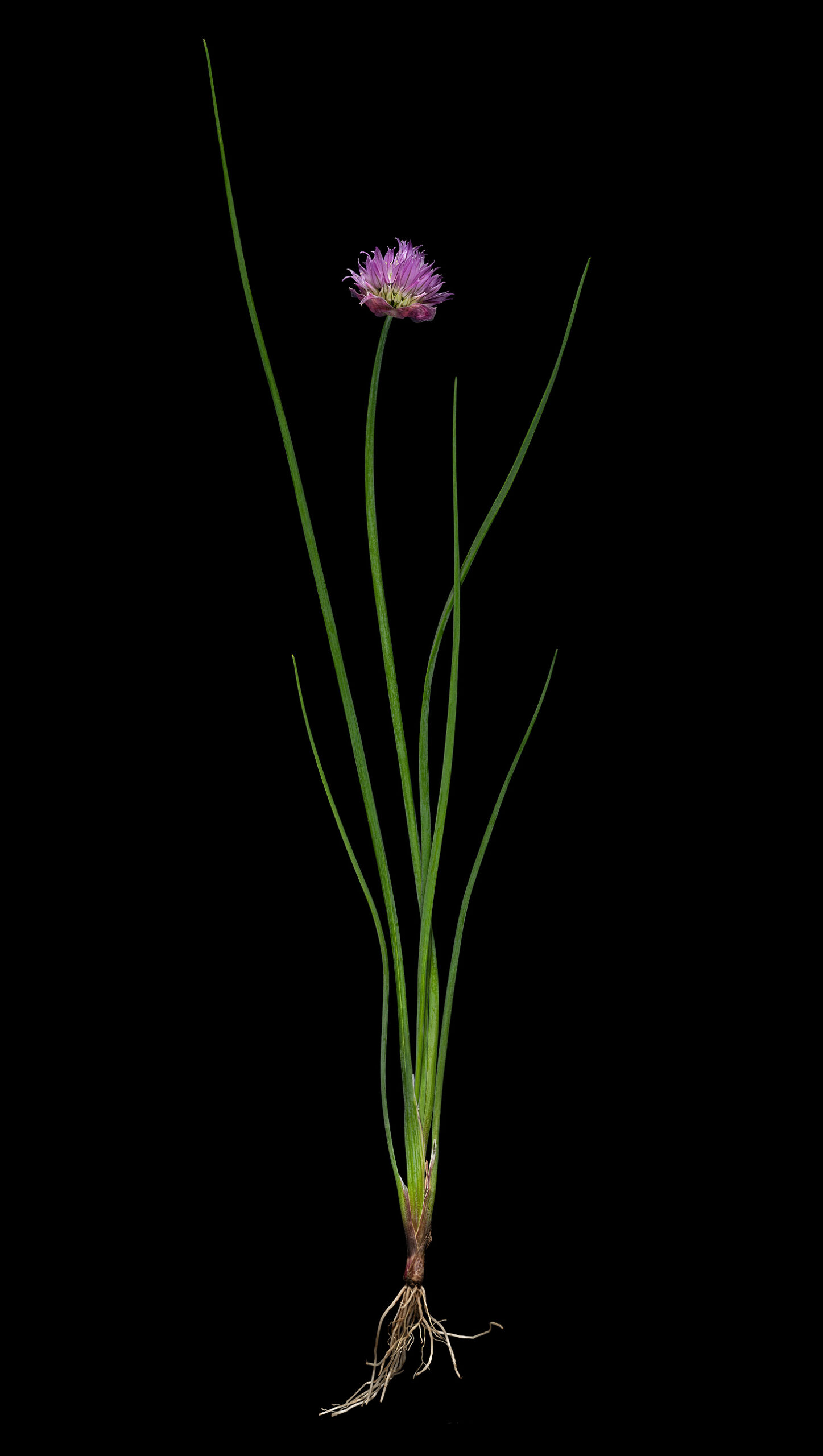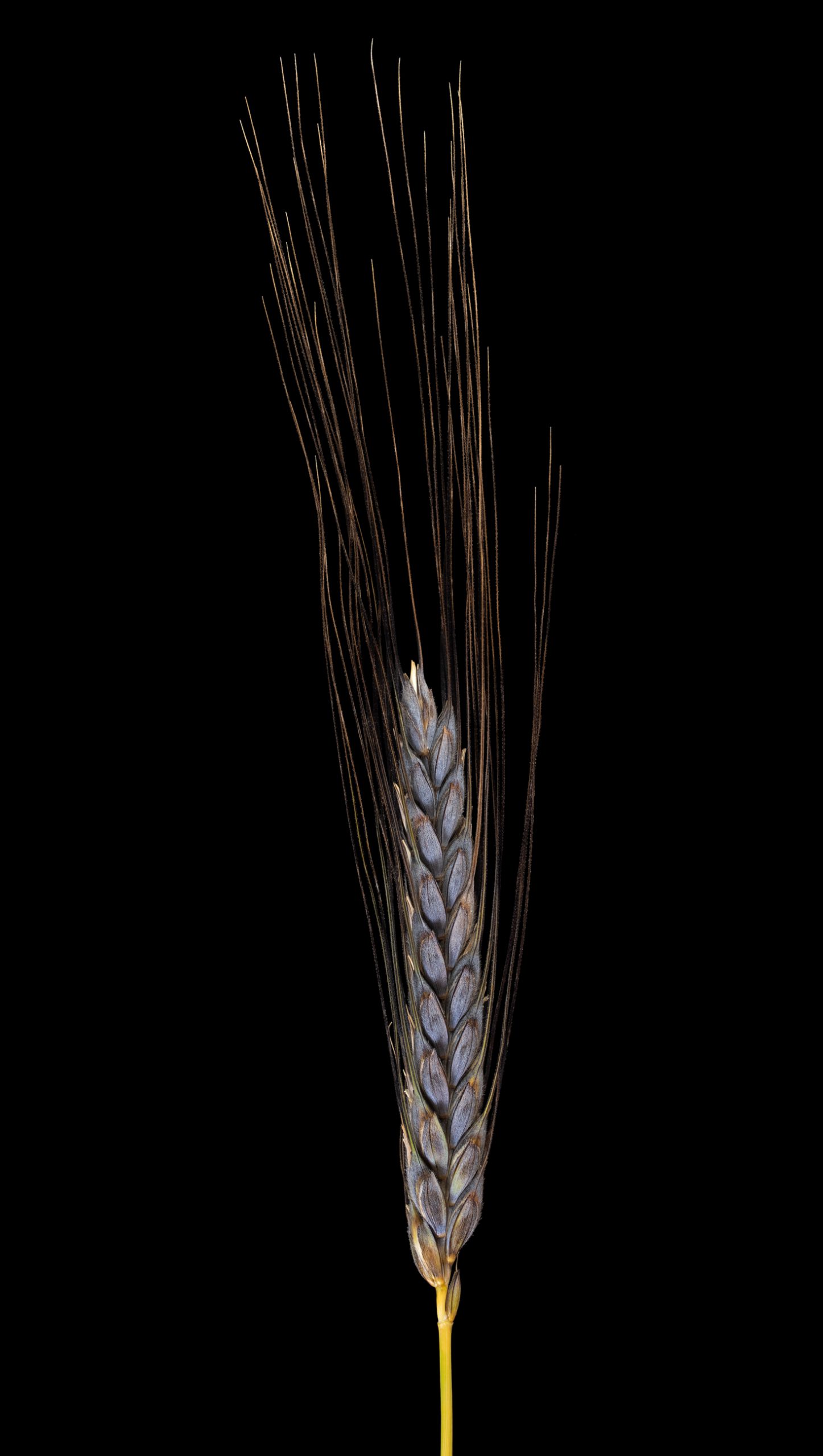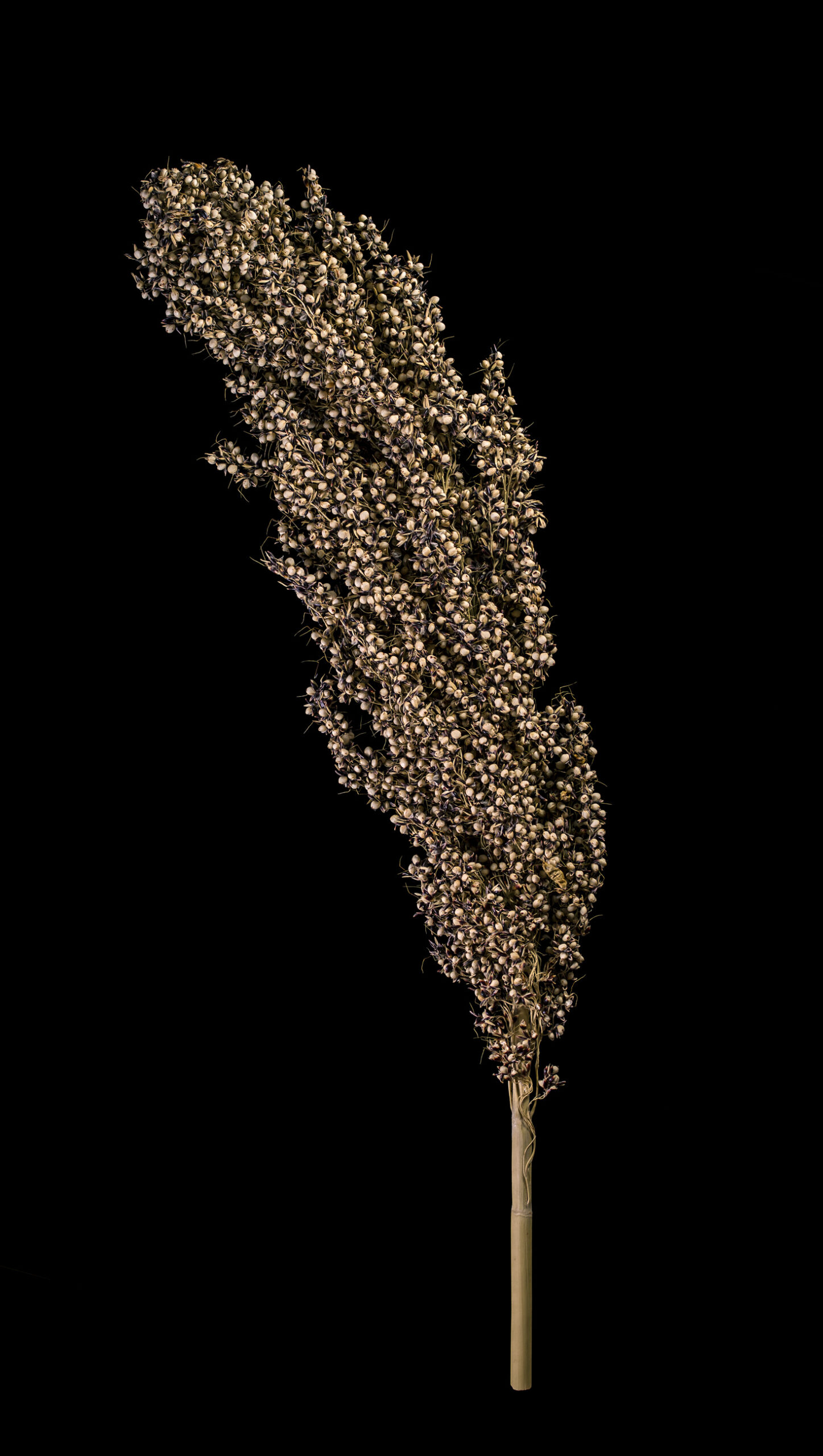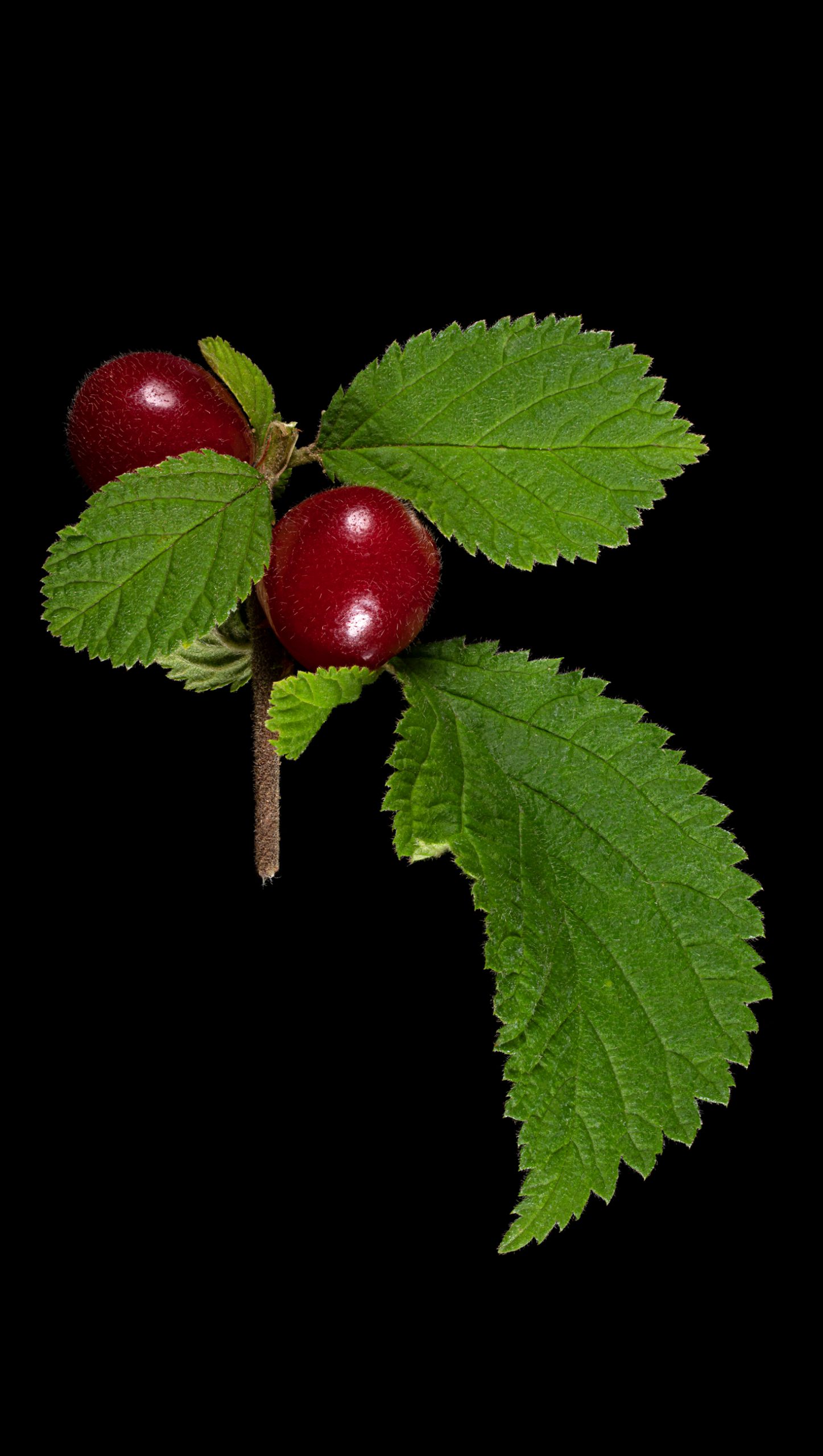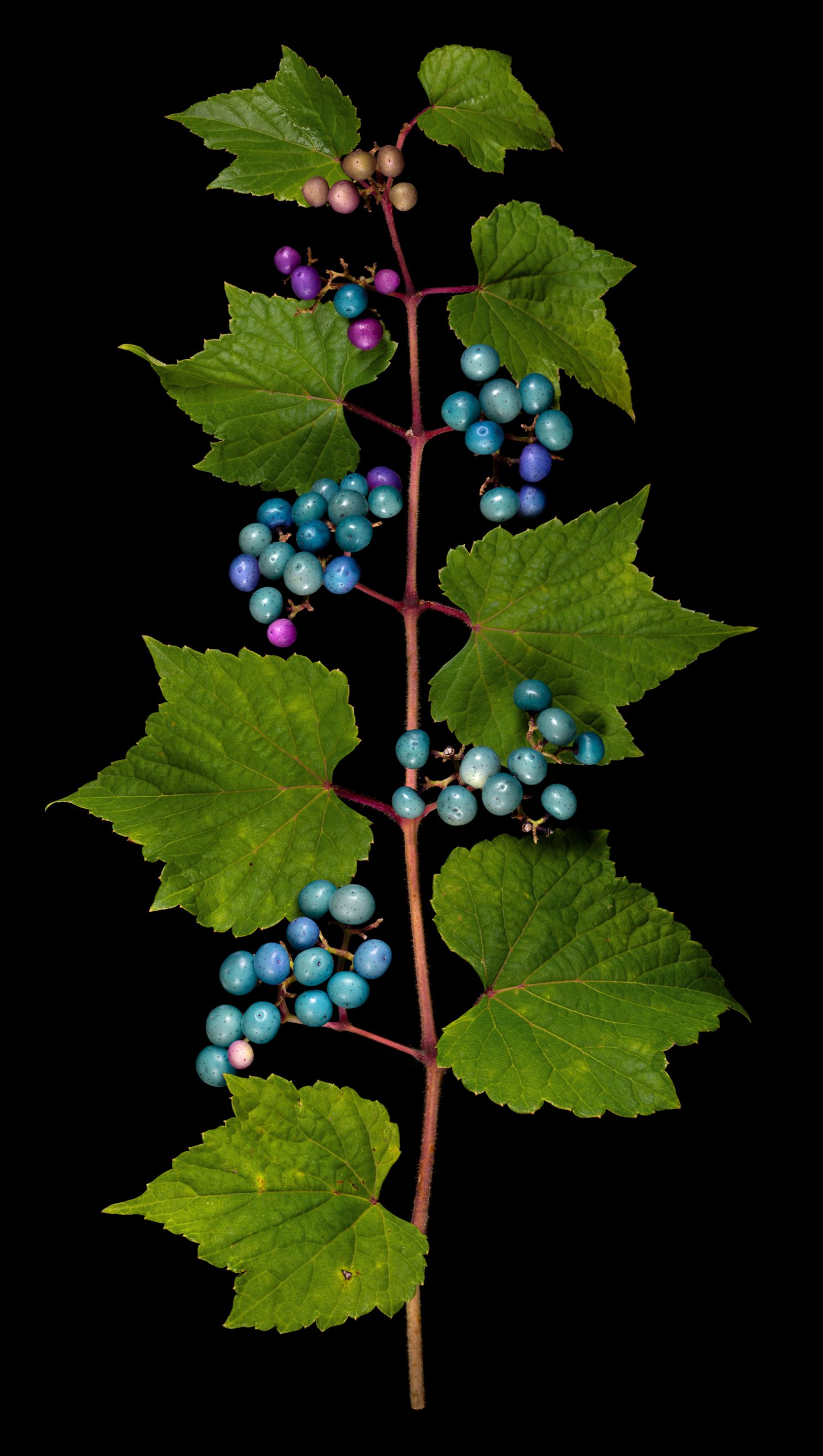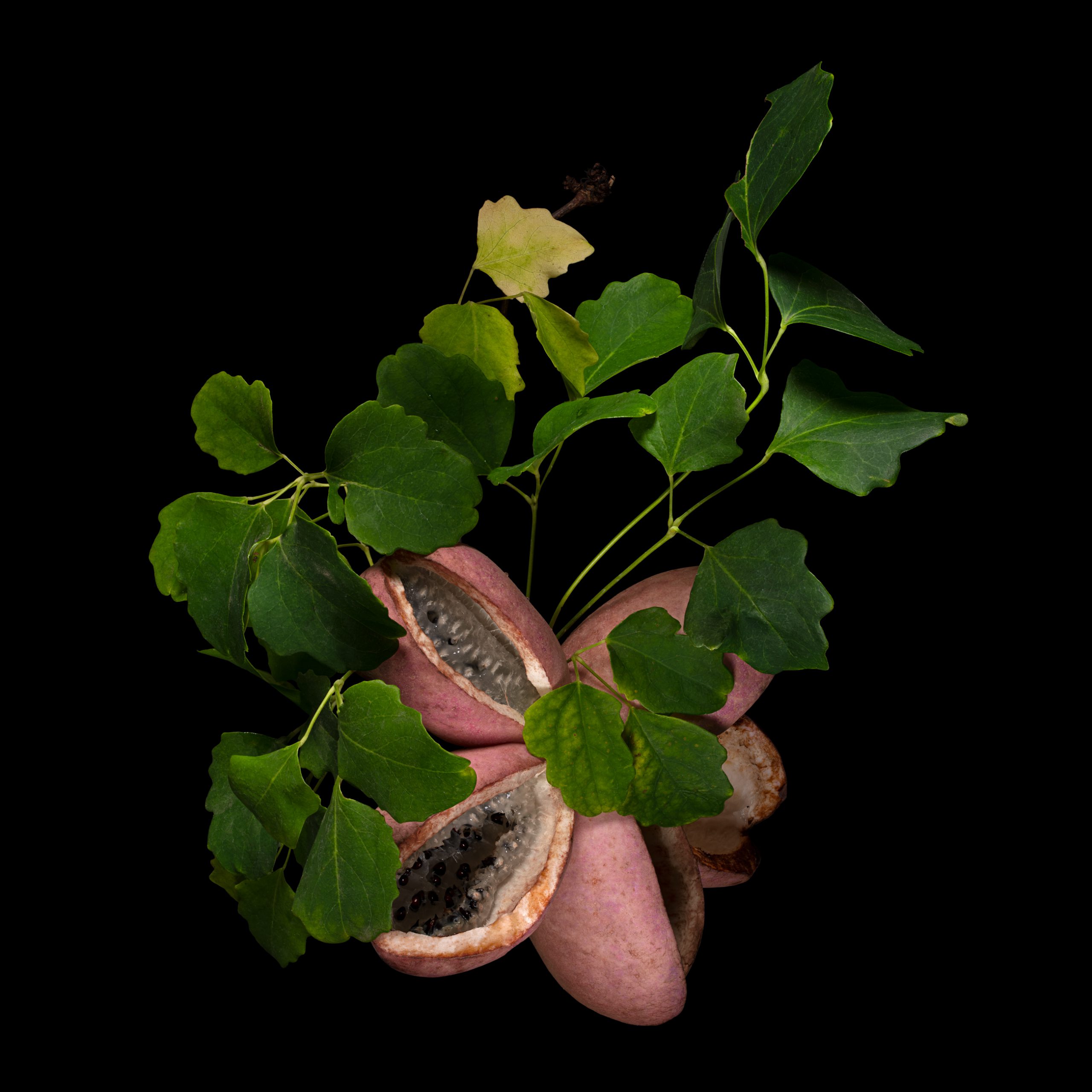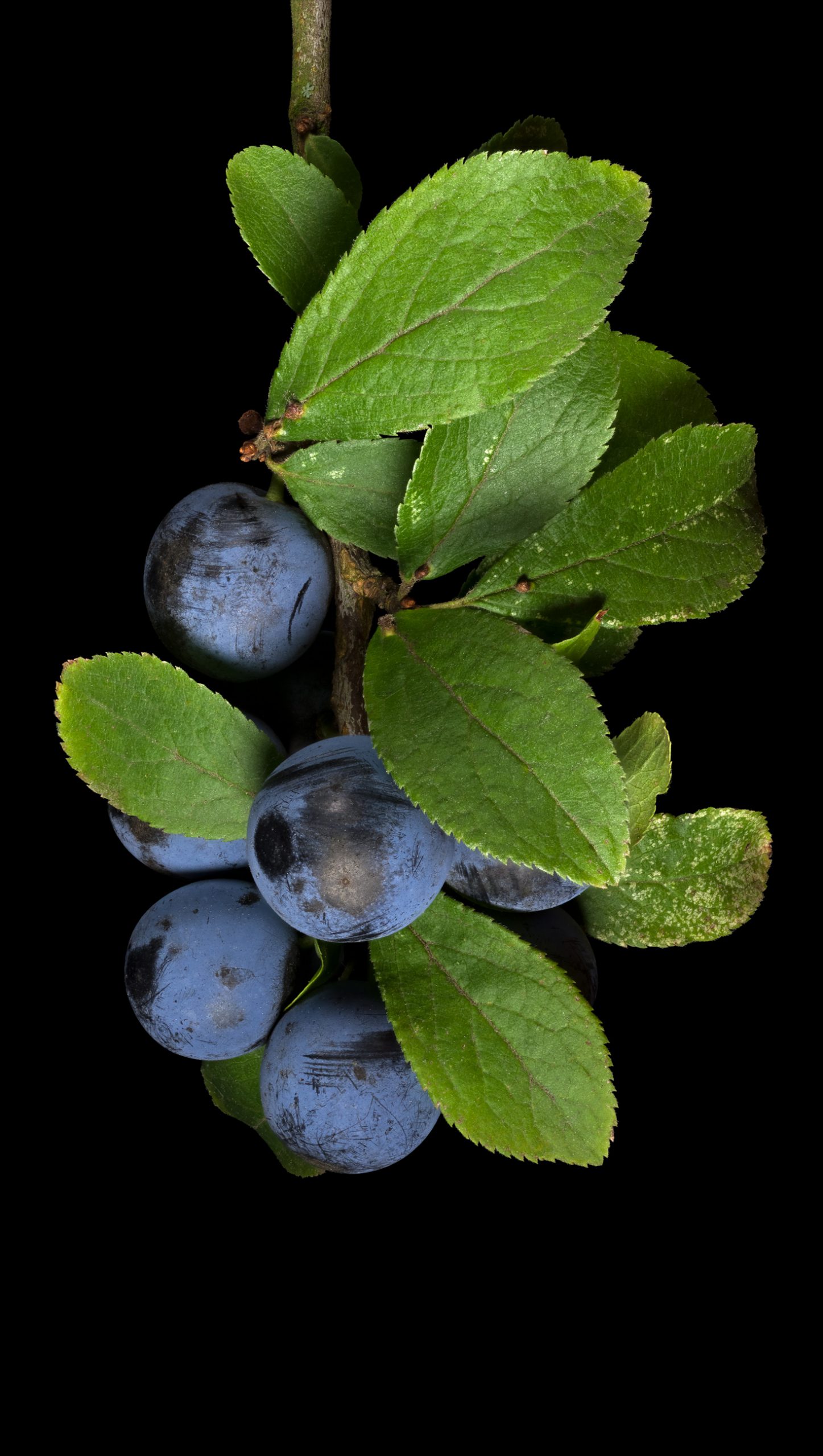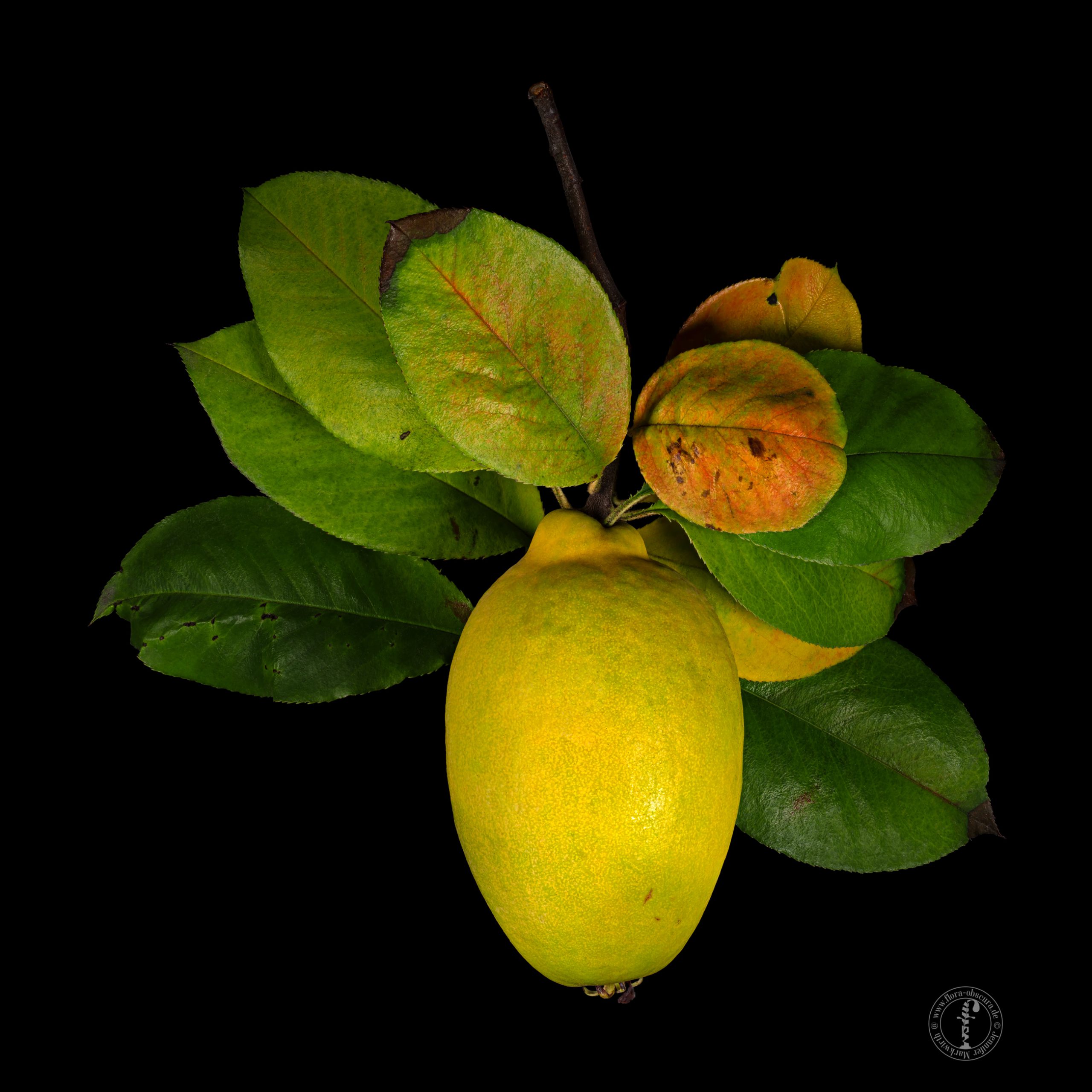Search Results for South Asia
This huge citrons have little pulp and a thick peel (the white albedo), which is usually candied and added as “succade” to pastry.
The tubers of this Yam grow far above the ground in the leaf axils of the liana. Nevertheless, these can be quite large and heavy.
The red tissue, which encloses the poisonous seeds, tastes very sweet.
This berry of Harrisia pomanensis is not only visually reminiscent of pitayas, but also in taste and consistency.
Like most wild forms, also those of rye are not particularly productive and are rarely or no longer cultivated today in contrast to the cultivated forms.
The leaves of the curry tree have a „heavy“ aroma, which gives vegetable dishes more substance.
Mainly, the bizarre fruits of the bitter melon are used, but the leaves are also edible…
Boiled, fried or filled and baked, the immature fruits are very appreciated because of their bitterness.
As soon as the small fruits of pheasant berry are ripe and therefore dark brown and soft, they taste intensely like slightly burnt (bitter) caramel.
If the sponge gourd, which is also called vietnamese luffa, is still immature, its net-like tissue is not yet lignified and therefore soft and edible.
To open this fruit, I needed 2 large knives. A saw would have been better, but I didn’t have it at hand. When I spooned out the fruit, my spoon also broke.
The strawberries-like red fruits are edible, but taste dull and watery.
Water chestnuts are usually peeled and then cooked. When cooked, the white tuber tissue retains its crunchy consistency, reminiscent of firm apples.
The plant with the beautiful name „fish mint“ has a quite unique, strong taste, which certainly not everyone likes.
For lemonade, jam, sorbet, in dressings and as a spicy, souring ingredient in spicy as sweet dishes.
The abundant juice of unripe fruit is used for the production of lemonades or fruit juices.
Under the light green skin of these large, still immature fruits is a white, firm fruit flesh, whose sticky latex quickly turns yellow.
The pitaya is best eaten fresh and raw. I like to spoon out the white, sweet fruit pulp from the halved fruit.
I have only tried the approximately walnut-sized kernels, of which there are usually 3 to 4 in a fruit. They contain a lot of water and have a subtle, coconut-like, sweet taste.
The huge citrons have little fruit pulp and a thick peel (the white albedo), which is usually candied and added to bakery for seasoning.
Brown gram: Vigna mungo (seeds) Used since ancient times The small, dark Brown Grams have been cultivated in India for 3000 to 4000 years. They are cooked in a whole, halved (separate cotyledons) or sprouted. Dried and processed into flour,
In addition to the small, dark black grams, the immature, green pods are also edible as fruit vegetables.
Krachai is closely related to ginger and shares many of its properties as a spice, so that it can be used wherever ginger is needed.
Although the seeds of the hairy love grass produced in panicles are only about 0,5-0.8 mm in size, they are used as cereals.
The cultivar ‚Santa Barbara‘ is orange in colour and has a perfume-like aroma and a slightly soapy taste.
If the rough leaves are rubbed, an intense, fresh lemon aroma spreads immediately.
It is cut into small pieces for seasoning, especially for salsas.
This red-fleshy variety with the reddish peel is very delicious!
The soft, juicy pulp tastes aromatic of fir, it is tart and resinous, yet very sweet.
The soursop is very similar to the cherimoya which is related to it, but it is even more sensitive to pressure and therefore rarely found on the market.
Cattley guava has spherical, red berries that can be eaten fresh or processed into juice, jam and sorbet.
The fruits of the scarlet fuchsia are edible, taste sweet and a little pungent.
The jelly-like fruit content, which surrounds the disc-shaped seeds, tastes sweet and is a small snack for anytime.
The mature, fleshy single fruits of the infructescence is sweet and can be eaten directly or processed into jam.
As long as they are very tender and have barely broke through the soil, the shoots can be prepared as bleached vegetables such as asparagus. Aboveground shoots can be eaten like rhubarb as long as they are not too woody.
The Ligiri, native to East Asia, carries clusters of small berries that taste bitter and tangy. They can be eaten raw or cooked.
During the ripening process, the initially yellow fruit is covered more and more with reddish-brown spots until the whole skin is brown.
Green Luobo can be eaten raw and when cut into thin slices is a decorative addition to a salad.
The multiform Buddha’s hand is a special kind of citron.
Hardy Begonia: Begonia grandis x Begonia evansiana Kitchen herb and decoration The pink flowers of Hardy Begonia are a pretty decoration in salad or - sugared- on confectionery. They have a lemony flavour. The yellow stamens of the male flower
The fruits are juicy, which suggests a use for lemonade, marmelade and jelly.
Kumquats are eaten as a whole. They are sweet and tangy and very aromatic.
Specially from the immature fruit (as well from the leaves) of the bitter orange the aromatic oil „Petitgrain“ is won.
Juice and fruit pulp can savoured fresh or processed to jelly and lemonade, if the bitterness is not unpleasant.
The edible fruits of Sinofranchetia are very similar to grapes, but less sweet and with a little leathery skin.
When the fruit ripenes, it turns red, unfortunately it becomes also very mushy. The tindola, as the fruit of the ivy gourd plant is called, is eaten as a fruit-vegetable. Ripe fruits can be candied. In tropical Asia the young shoots are also eaten.
Under the slightly leathery skin is a soft, mealy pulp with a flavour reminiscent of mango and pineapple.
The flesh of this persimmon reminded me of a dried date: it was brown and soft, tasted sweet, perhaps caramel-like, but unfortunately also „not quite fresh“.
Common buckwheat: Fagopyrum esculentum More than just ``Poor man's food`` An important identifying characteristics of the common buckwheat that differentiats from the other buckwheat species is the red stem. Because gluten is absent, buckwheat can not be used alone for
They are mostly cooked along with the other ingredients as a whole, so that they release their abundant aromatic oil, but the leaves are too leathery to be eaten.
The calamondin has a thin, sweet peel and sour pulp.
The small white tubers have boiled about the consistency of marzipan and a pleasant nutty flavour. They can also be eaten raw, roasted or pickled.
The extraordinary taste reminds of the resin from conifers compensates for the low yield.
The variety comes from Japan and is named after a Japanese tribe (隼 人, “Falcon-People”), who lived on the Kyūshū island during the Nara period.
The very firm, pleasant-smelling and astringent tasting fruits can be cooked and then juiced. For example, a jelly can be prepared from the juice.
The name „Amanatsu“ means „Sweet Summer“. The sun-yellow fruit is about the size of an orange. In Japan iIt is eaten fresh or processed into jam, juice, ice cream, liqueur and wine.
It is still a stubbornly held legend that the fruits of the rowanberry or mountain ash are poisonous. The small fruits are ideal for jam, mash, liqueur…
Date plums can be eaten raw after frost destroyed their adstringency, but they are most eaten dried.
The variety ‘Rotonda bianca sfumata di rosa’ is found in the trade quite rare, typical in our (European) view are the black varieties.
The leaves taste like a mixture of caraway, mint and lemon.
The cross section shows that ripe fruits of this variety no longer contain fruit juice.
Even if the fruits are not productive, they can be eaten fresh from the tree or processed into jam, compote and liqueur. The beautiful flowers can decorate dried tea mixtures.
The aroma of fresh pandan leaves reminds of vanilla, it is of a heavy sweetness and very intense.
In times of need, the seeds were used to produce a flour substitute.
The smaller, thin-peeled fruits of Meyer lemon taste very intense and are not as sour as many other varieties. At the same time, they are very juicy.
The kernel (nucellus) contains a lot of starch (and vitamins), so that a flour can be obtained from them after roasting, with which flat bread is baked or crackers called „emping“ are fried.
Ripe fruits of Beale’s barberry are edible raw or cooked and a jam can be prepared. Dried berries give muesli a fruity note.
From rose hips a fruit tea can be prepared as well as jam („hagebuttenmark, buttenmost“) . Dried and ground, they even can be used as a flour substitute and can be mixed with flour.
This wild vegetable, which tastes like a mixture of celery, carrot green and parsley, is particularly popular as an ingredient for green smoothies. The tender leaves also refine salads or stews and spinach.
Despite its numerous uses, which are also used for medical purposes, Job’s tears are not very popular compared to other cereals. The cultivation is even declining.
Kumquats are eaten as a whole. They are sweet and tangy and very aromatic.
The whole herb, including the deep purple flowers, can be eaten raw as a salad or cooked as leaf vegetables.
The fruits are sweet and have a very aromatic taste. They are best eaten raw.
The small kiwi berries are in their anatomy miniature editions of the common kiwifruit (A. deliciosa) and also have the typical aroma of the large fruits.
The unripe legume of the Leadtree are particularly appreciated in Southeast Asian cuisine, although the plant originally comes from Central America.
Rosehips can be used to make fruit tea and Hagebuttenmark. Dried and ground, they even replace flour and can be mixed with it.
After thorough cooking and rinsing, the flowers are also edible and are served with oil and salt.
Despite its higher juice content, Chinese citron can be used in the kitchen like other varieties of citron, such as succade or jam.
Young leaves and stems are edible as vegetables, the small flower buds can be prepared like artichokes.
Bai-yo or noni leaves are rich in vitamin A and like the fruits they are also offered as superfood in various forms.
Saffron, the „red gold“, is a spice extracted from the flowers of the saffron crocus.
As with blood oranges and the red lemon, there are also red pigmented variants of mandarins and clementines.
All parts of meadow clover are edible, and a flour made from the ground leaves tastes of vanilla.
Chives are finely chopped or cut with scissors, and are used in herb butter, sauces and various other herbal preparations.
The protein (gluten) it contains is not said to have good adhesive properties, but black emmer wheat is nevertheless suitable for baking bread and pastries.
Sorghum is a staple food in parts of Africa (especially West and East Africa) and India.
The hairy fruits, which grow on very short stems almost directly on the branch, are juicy and soft, slightly sweet and tart.
The colourful fruits of Amur peppervine taste predominantly sweet. They have no intense taste and no acidity.
The white, sweet-tasting pulp inside the pink five-leaf akebia fruits is best eaten while the fruit has not yet opened by itself.
Blackthorn fruits are made into jam, jelly and compote.
In their East Asian origin, the fruits are chopped up and drunk as fruit tea, or they are made into canned goods.



